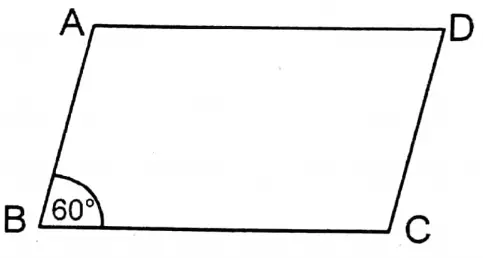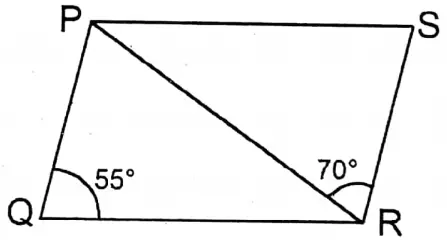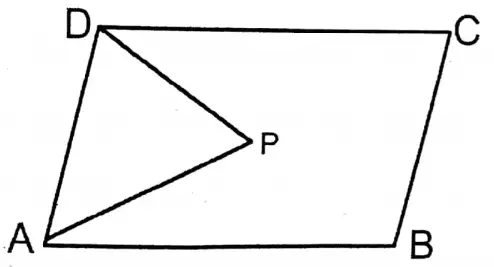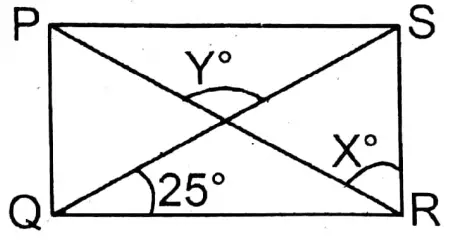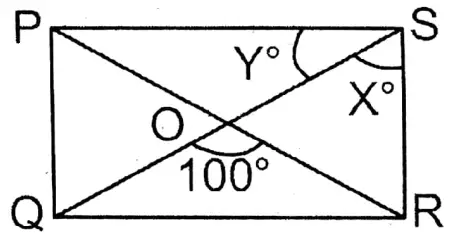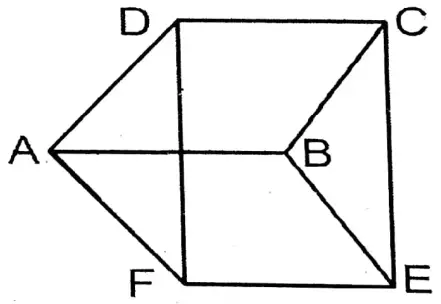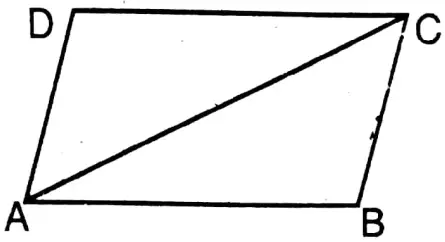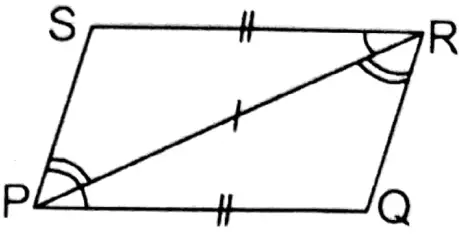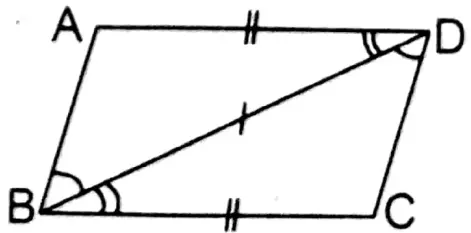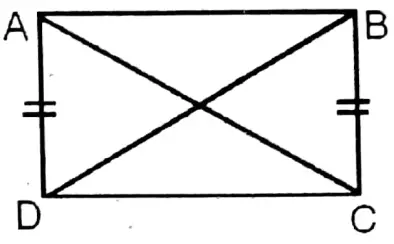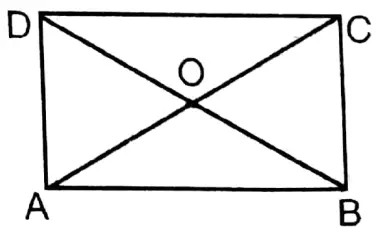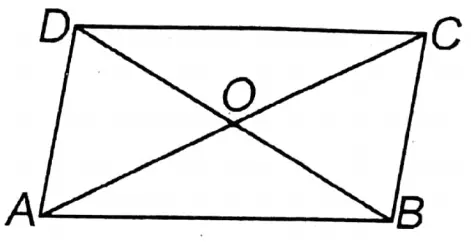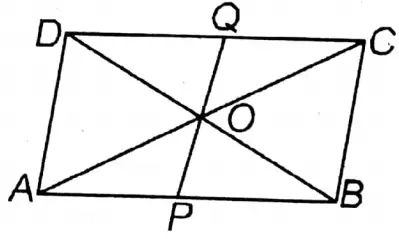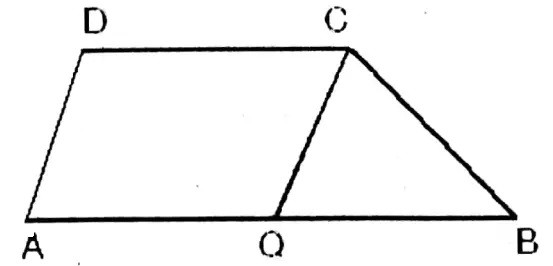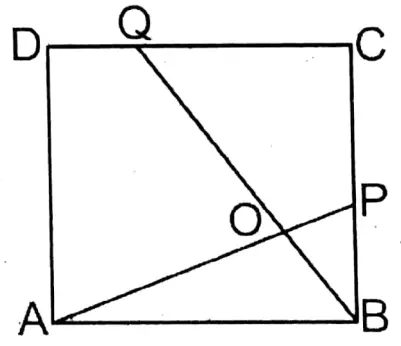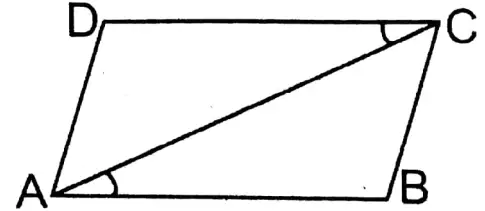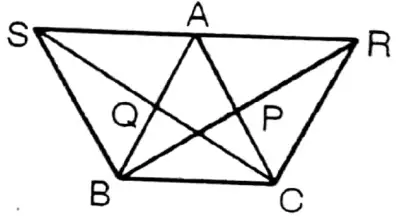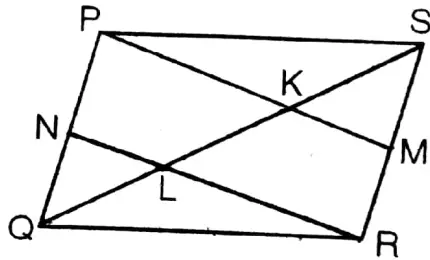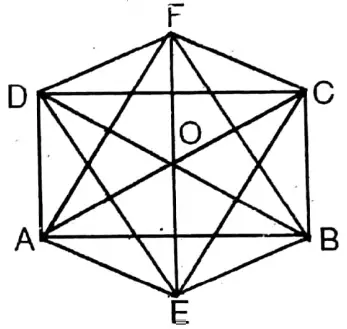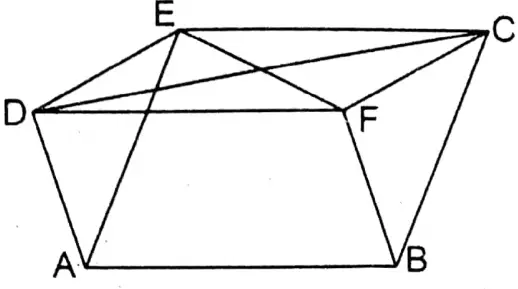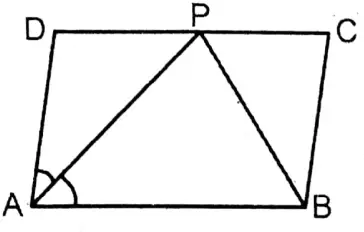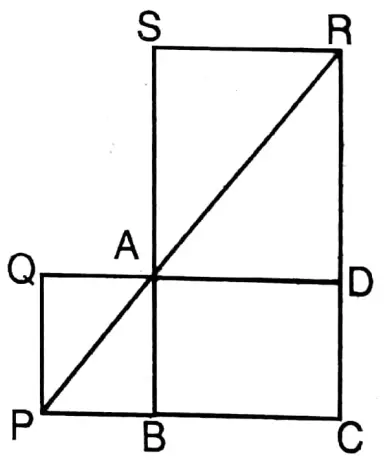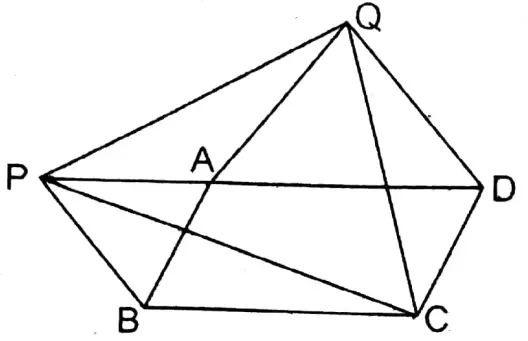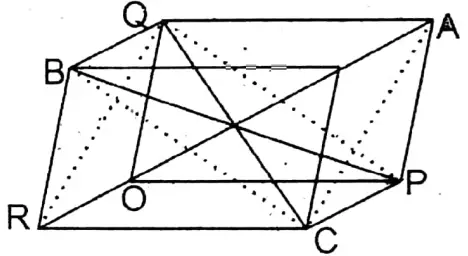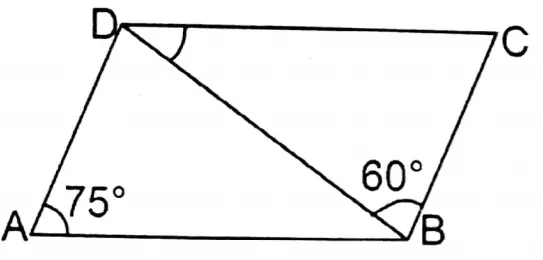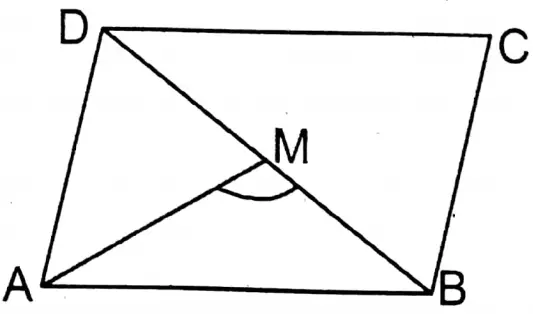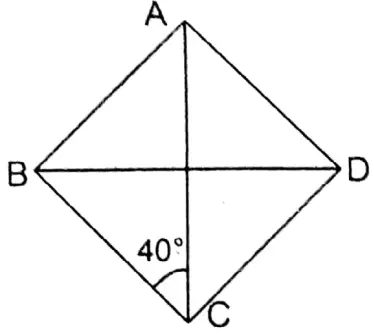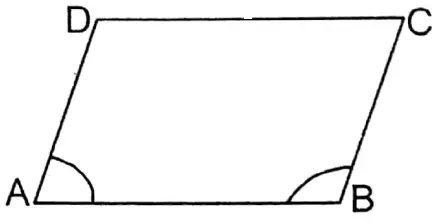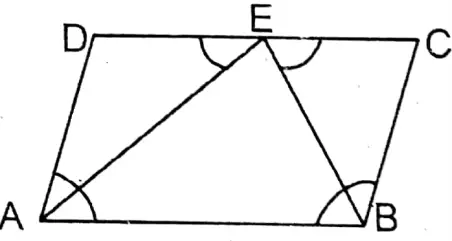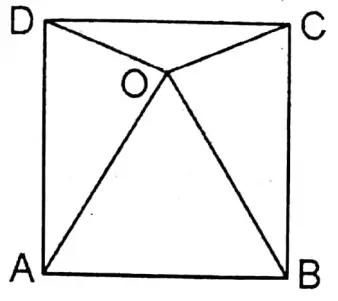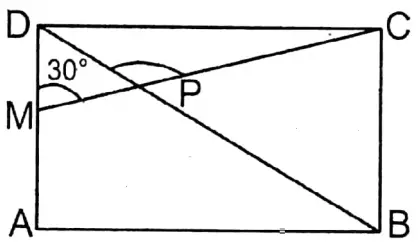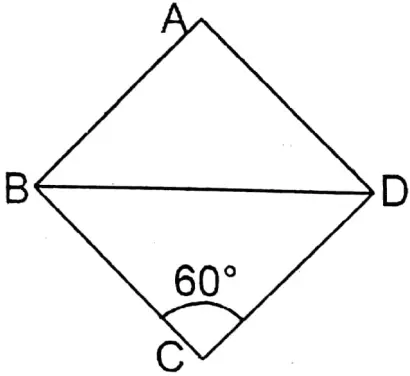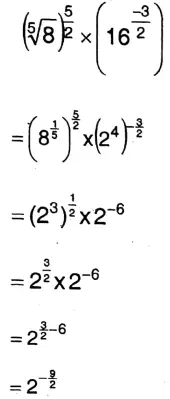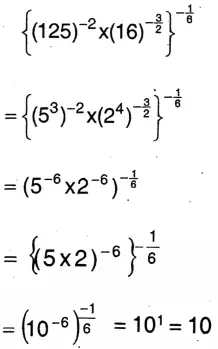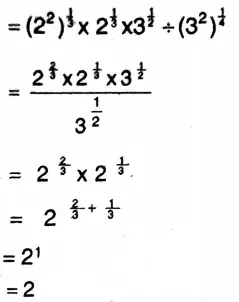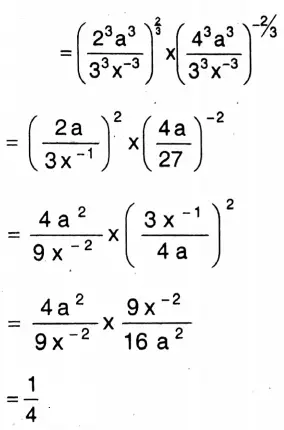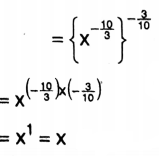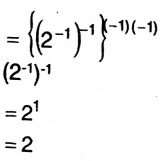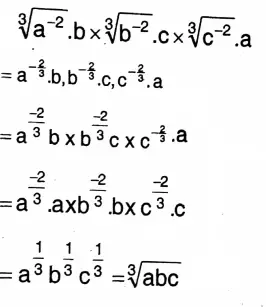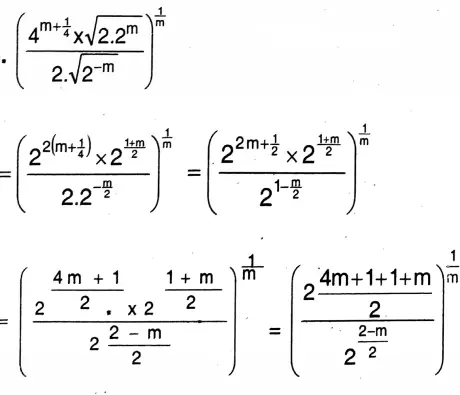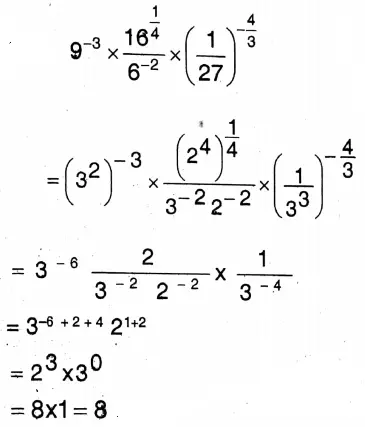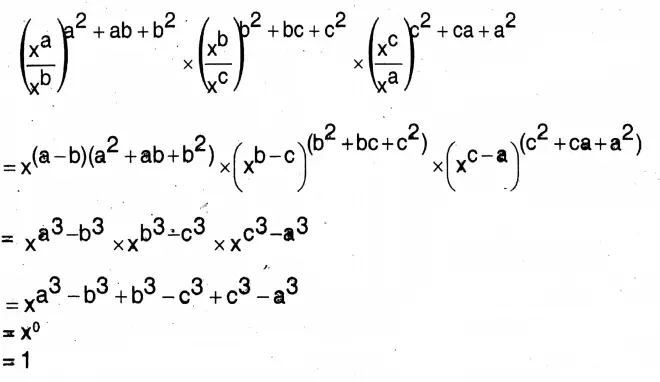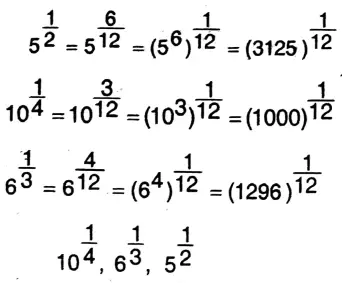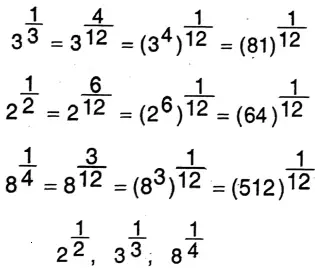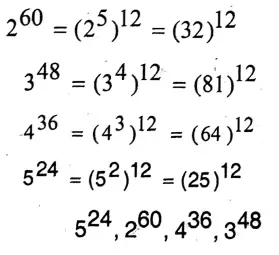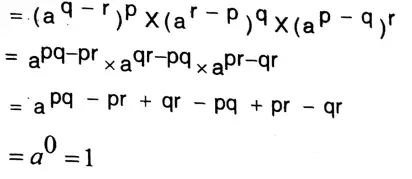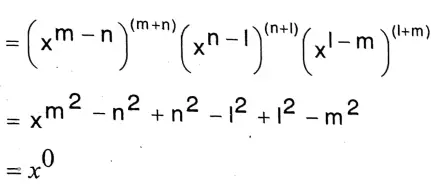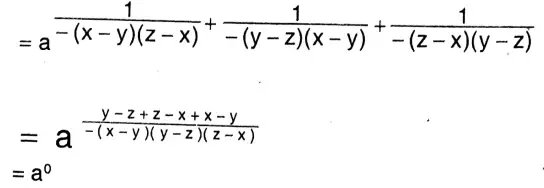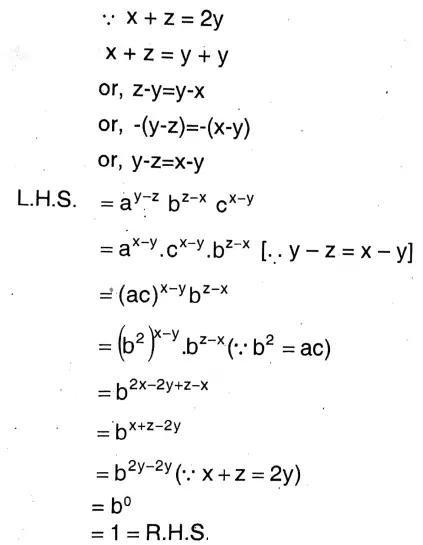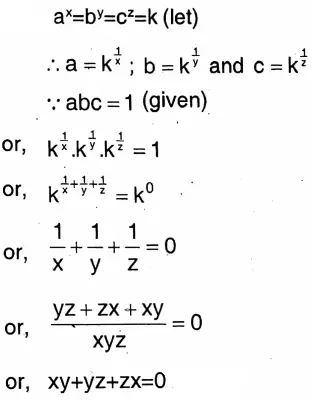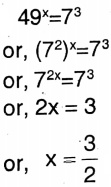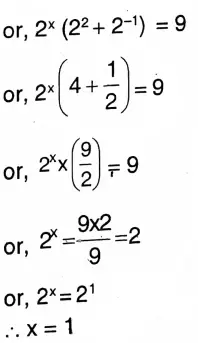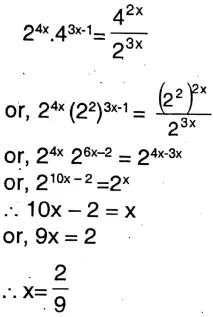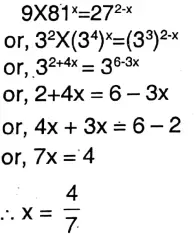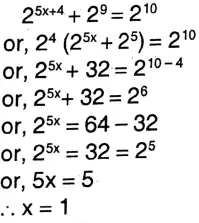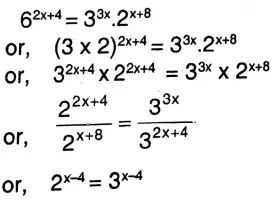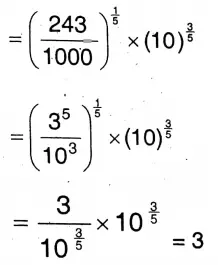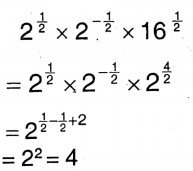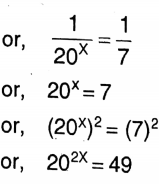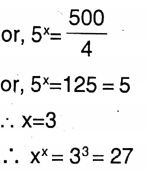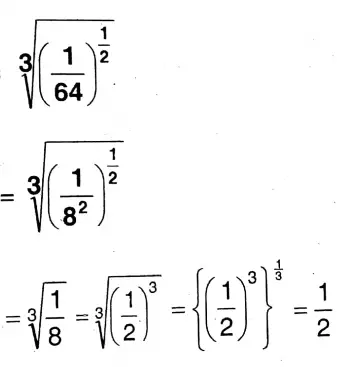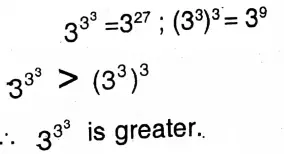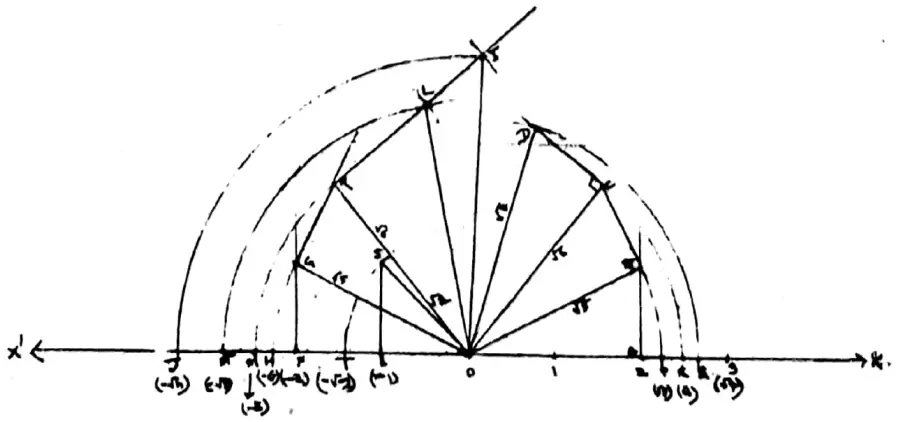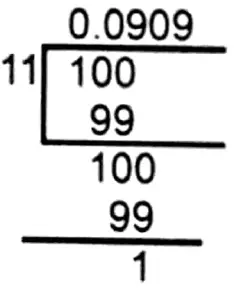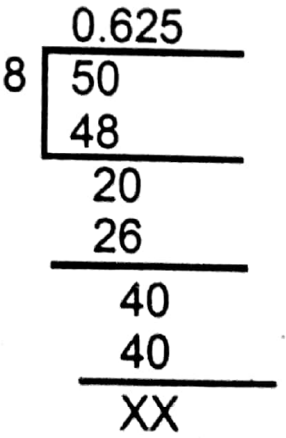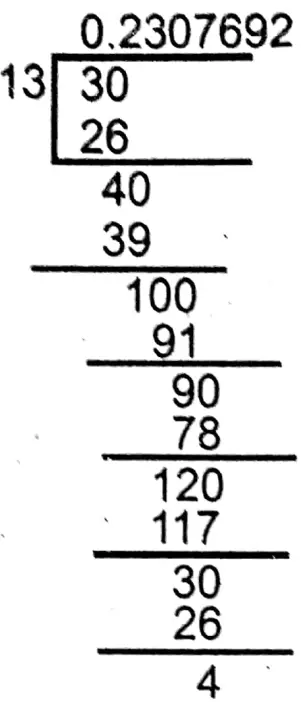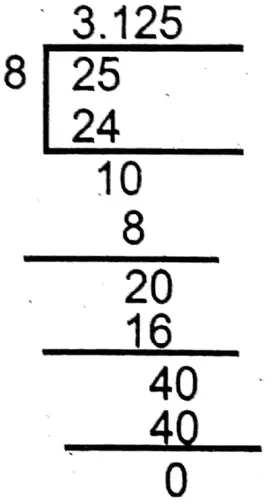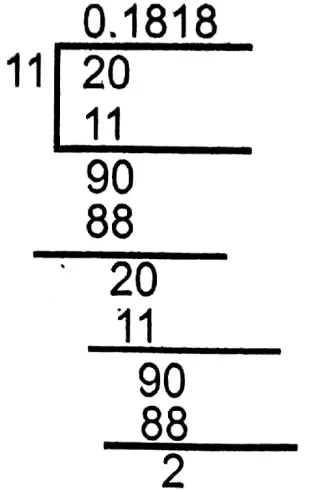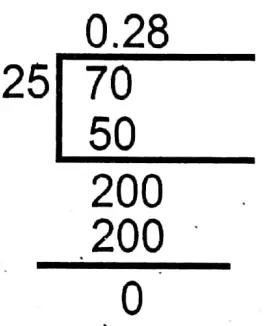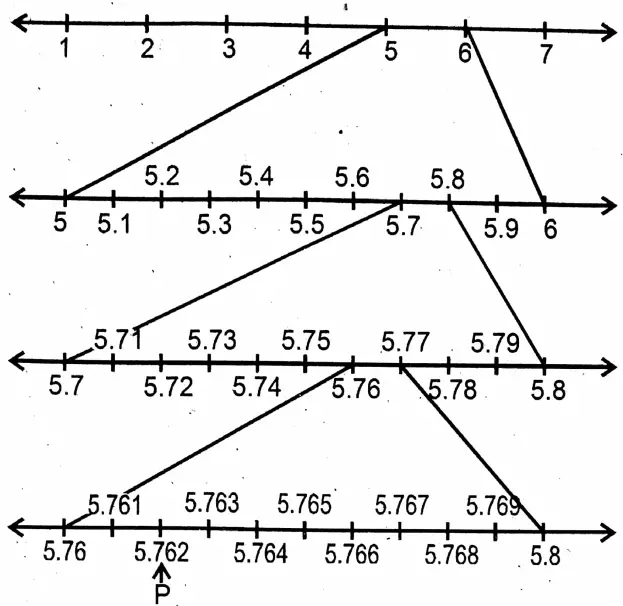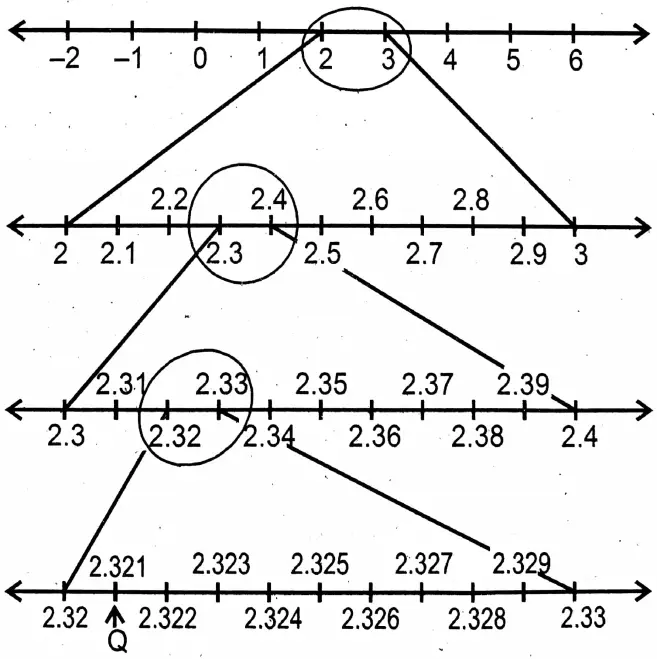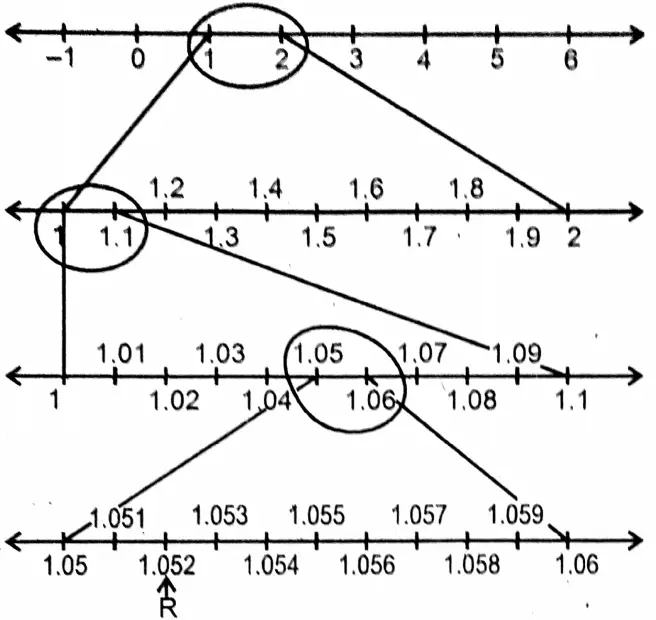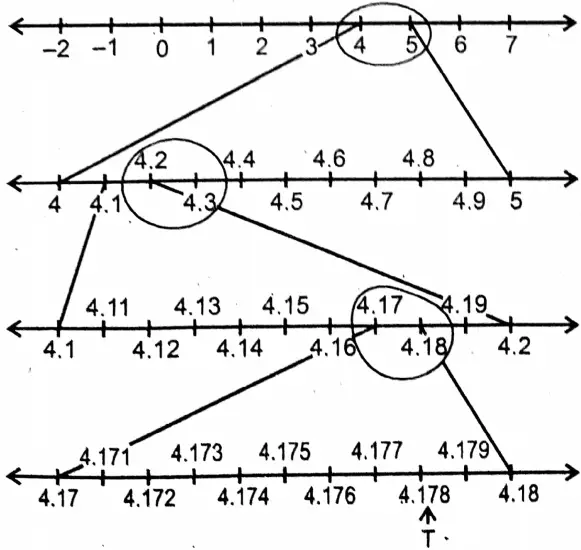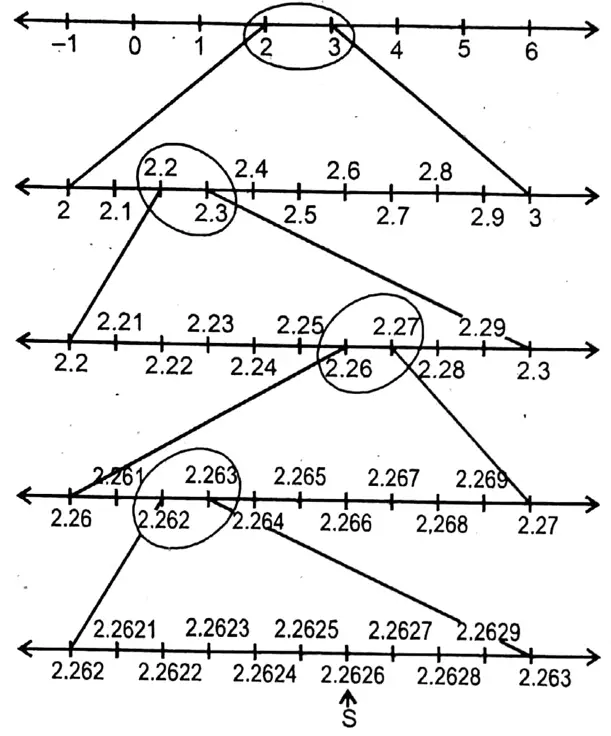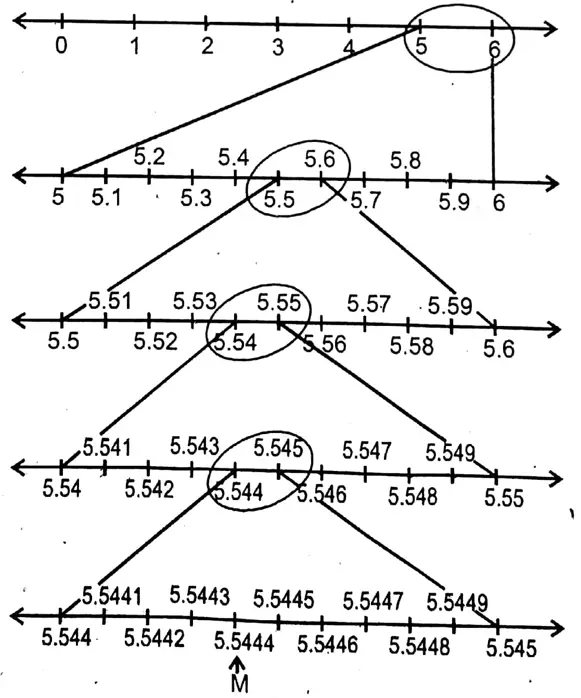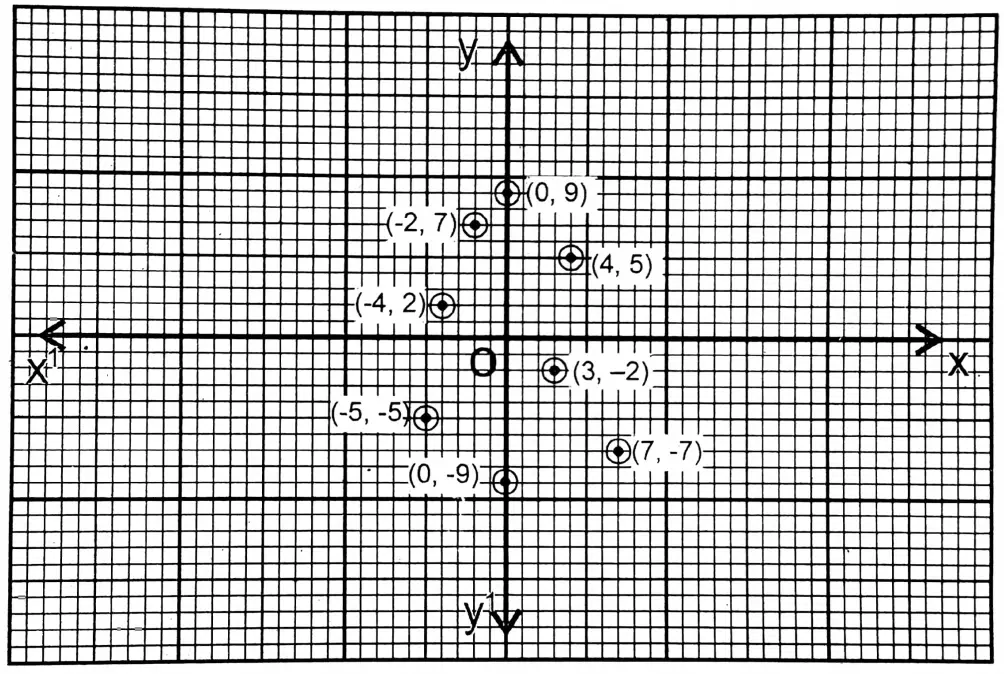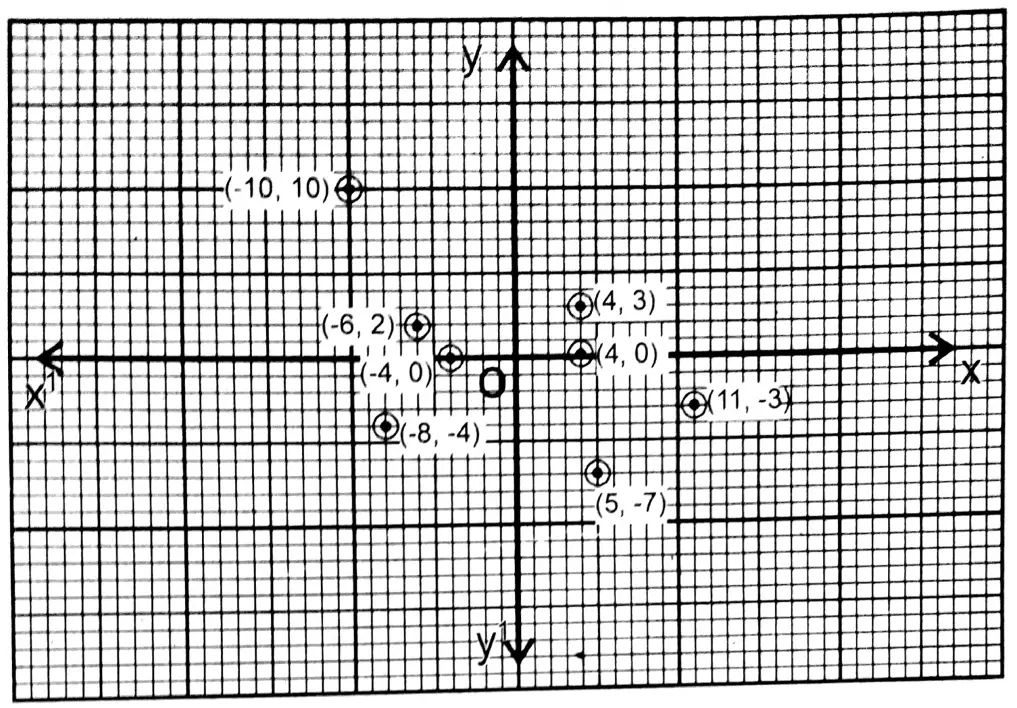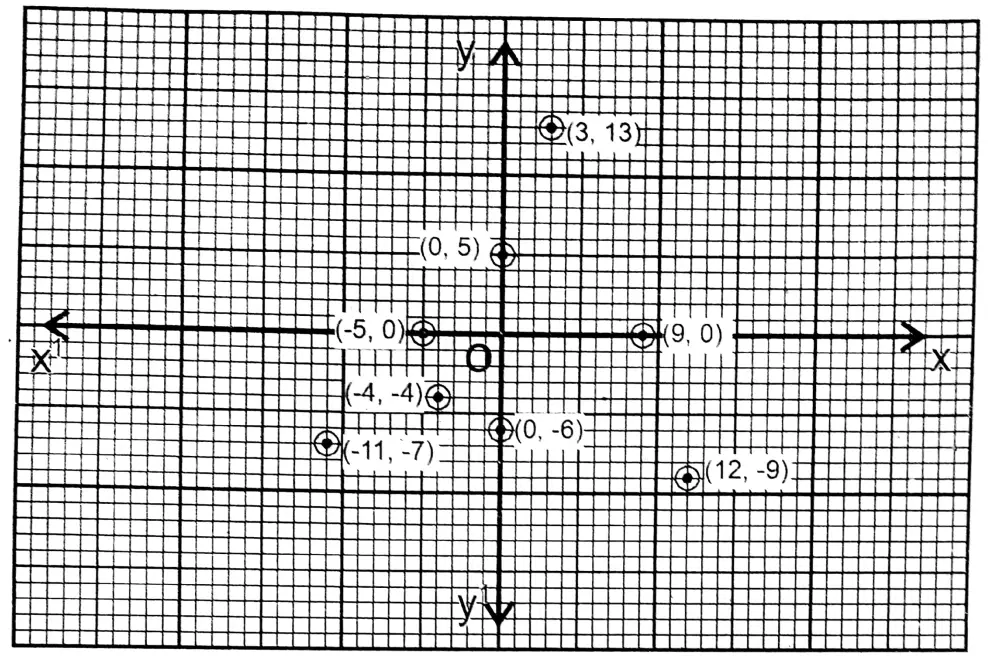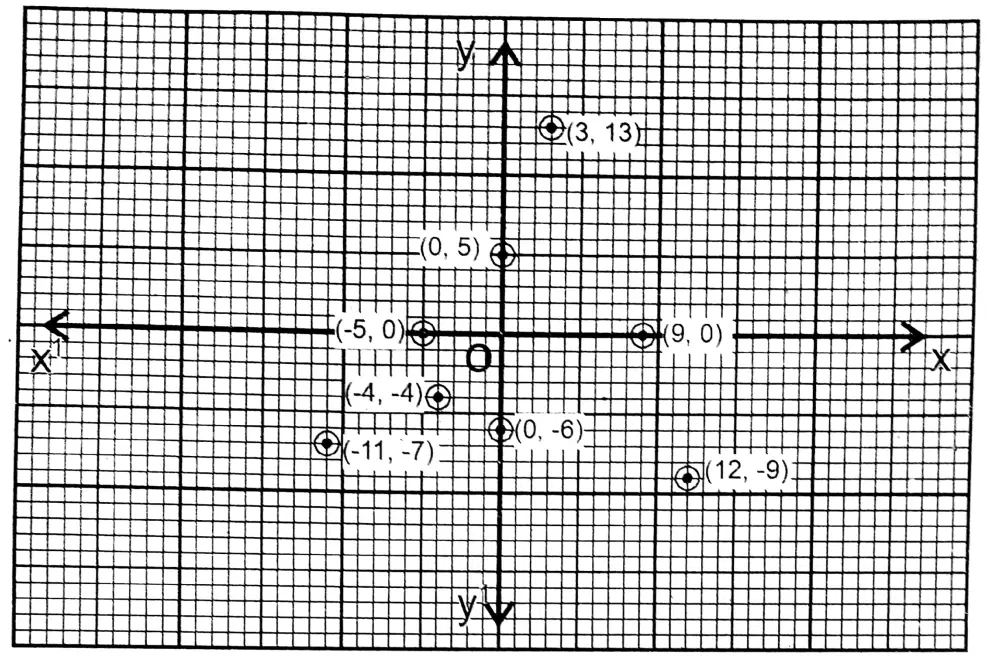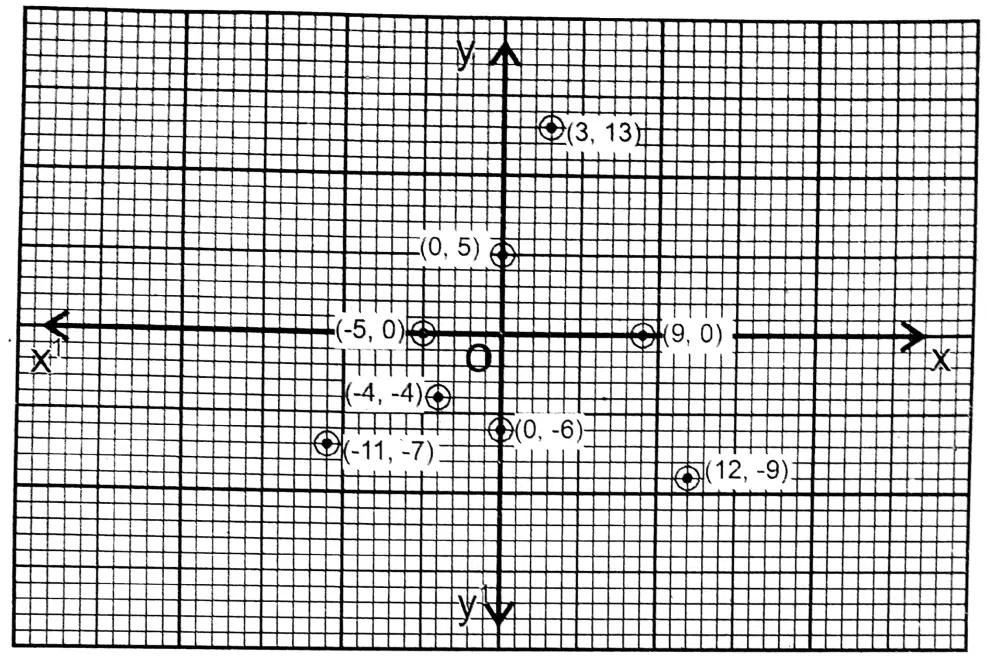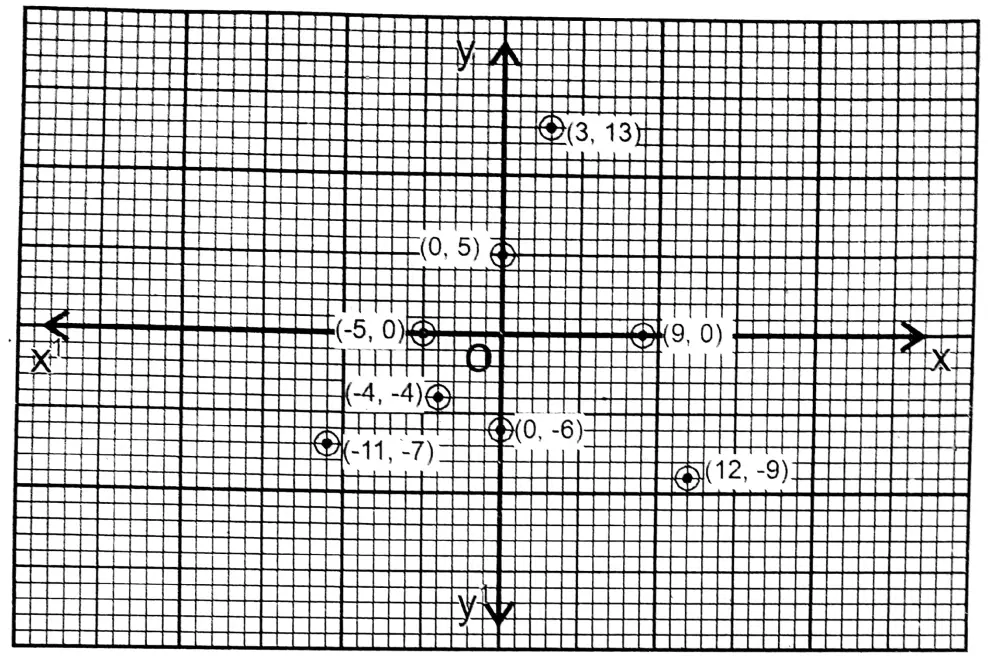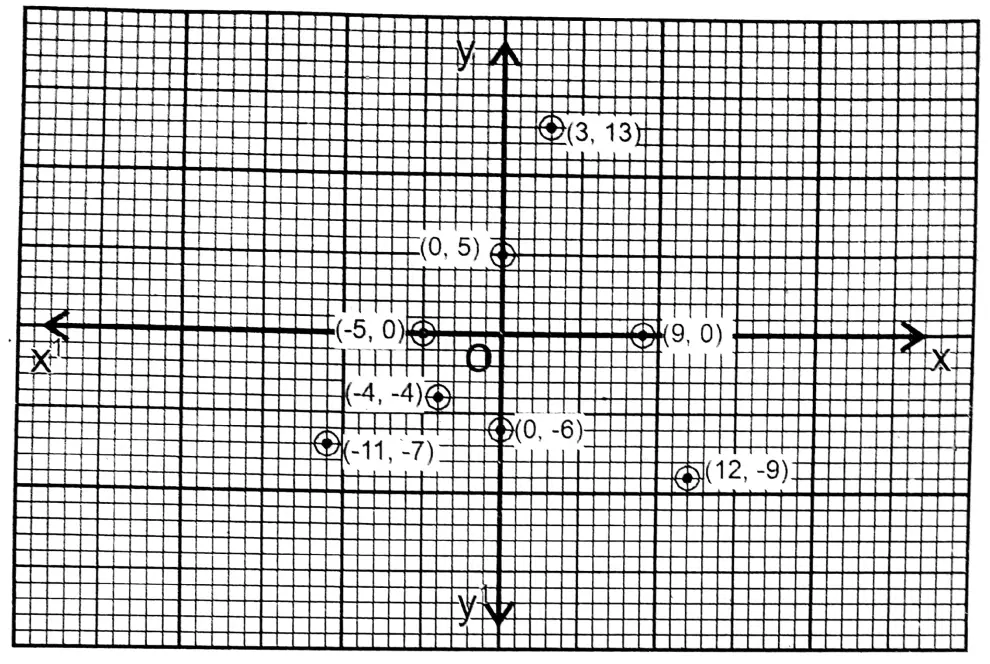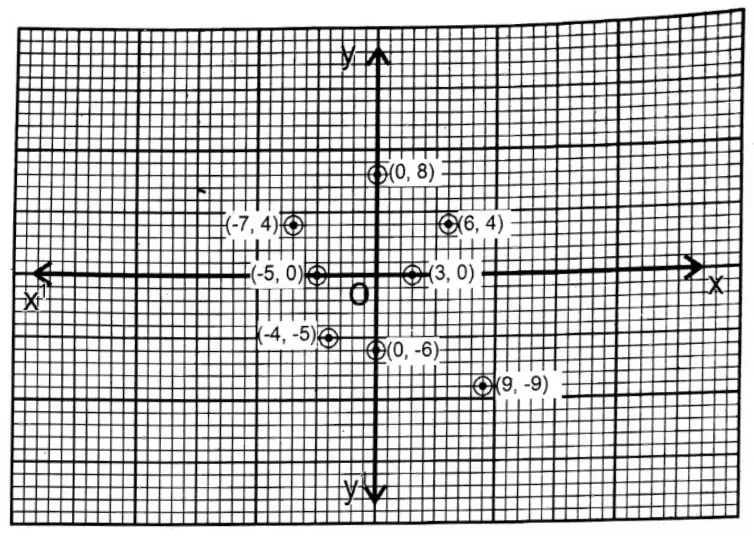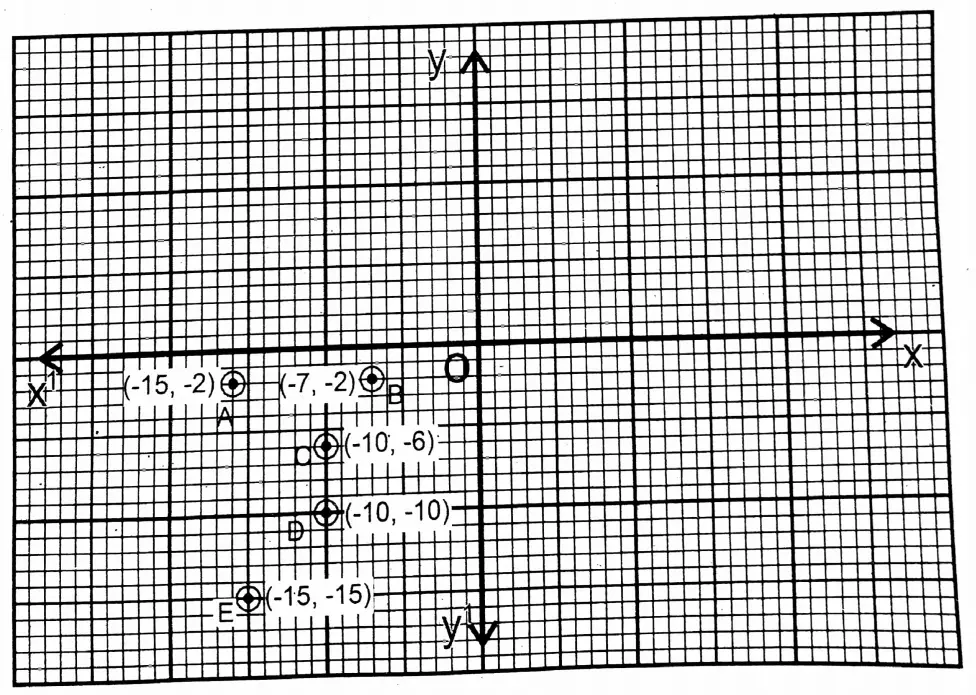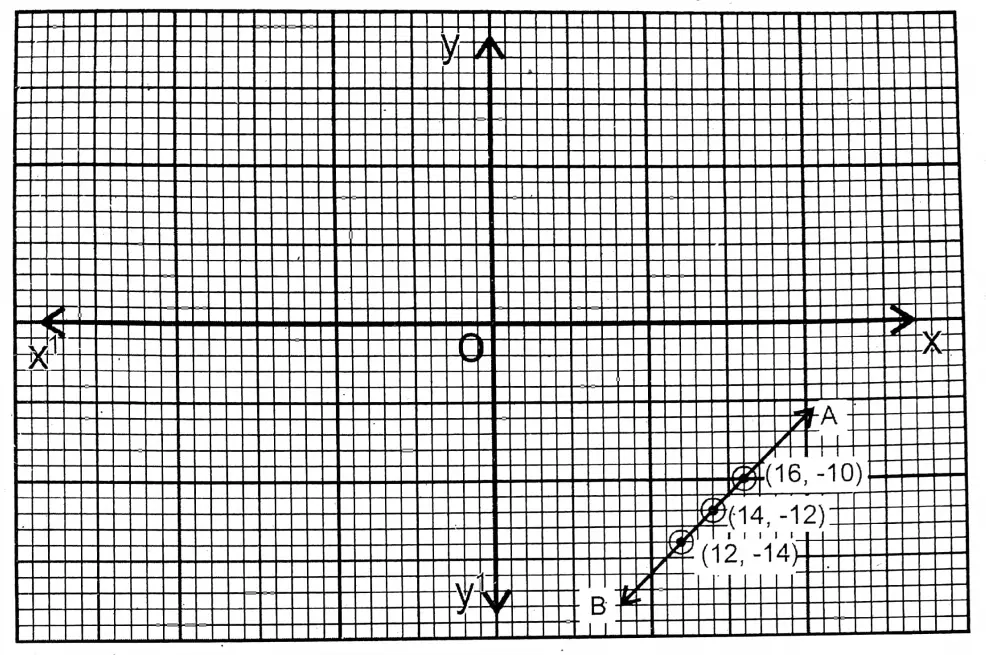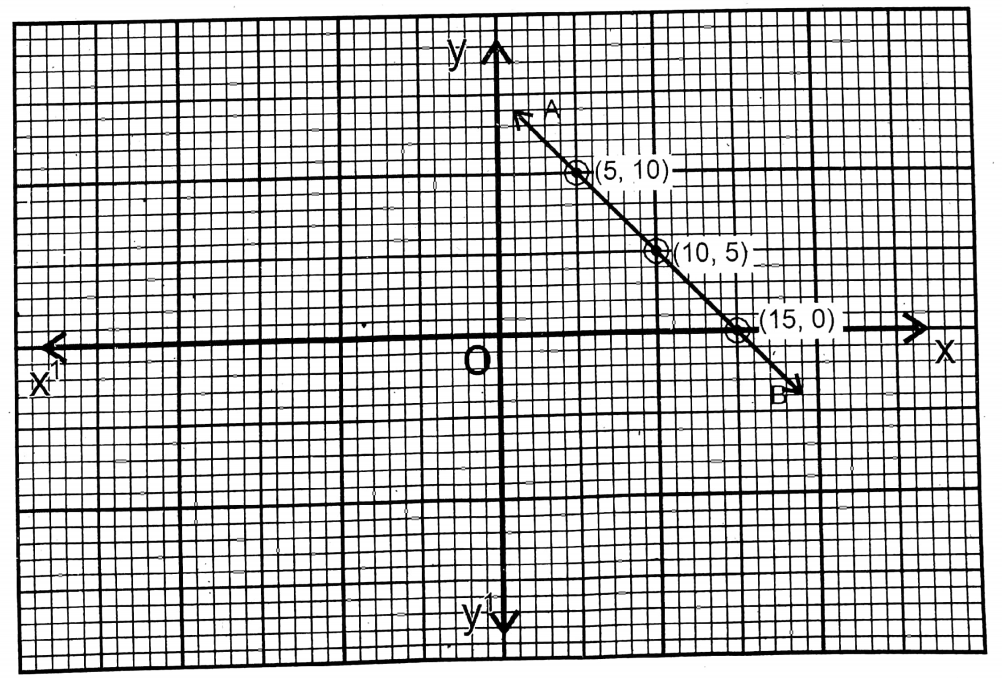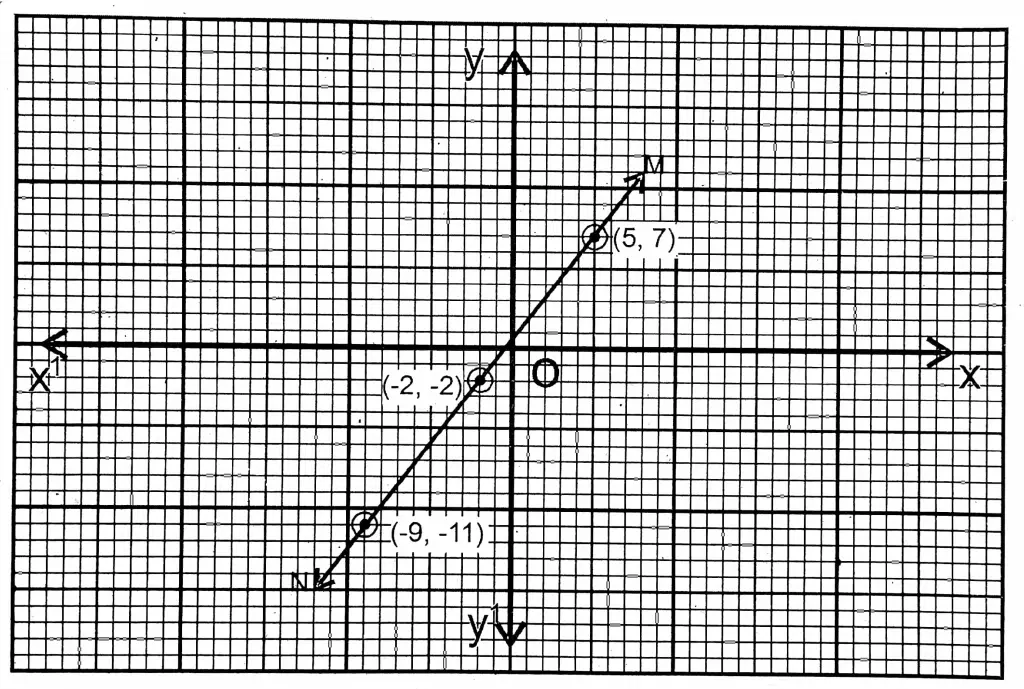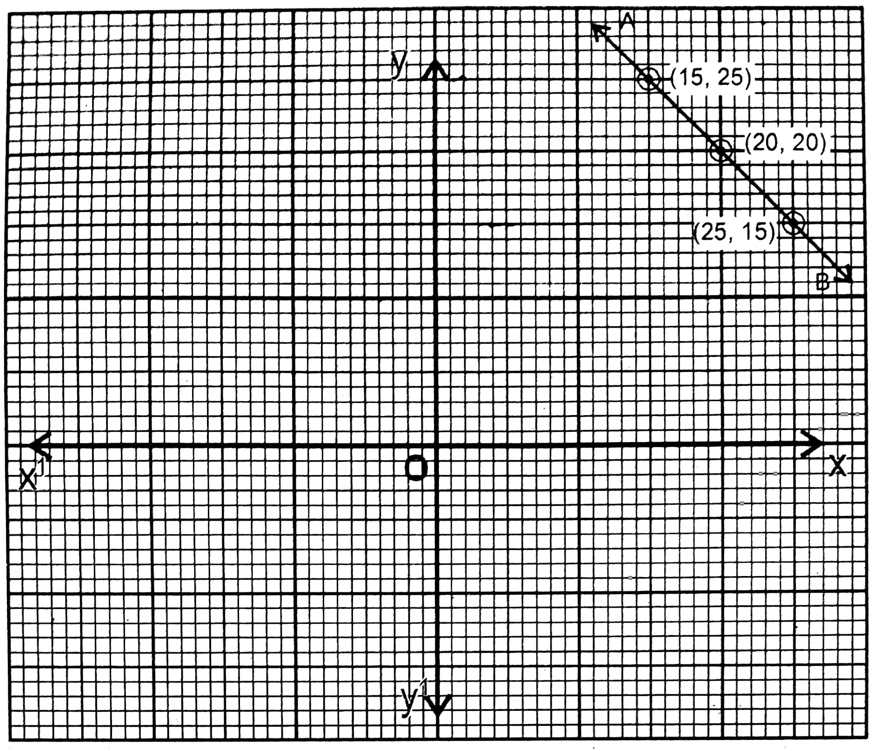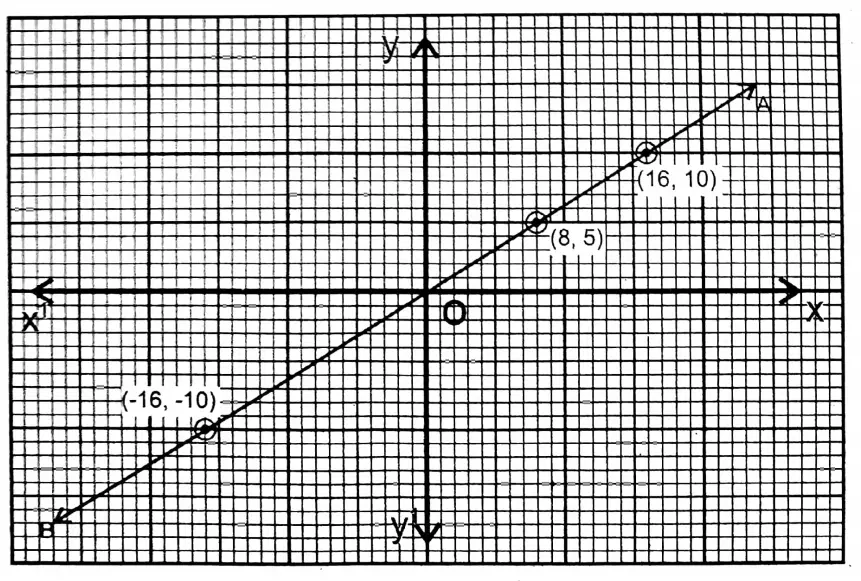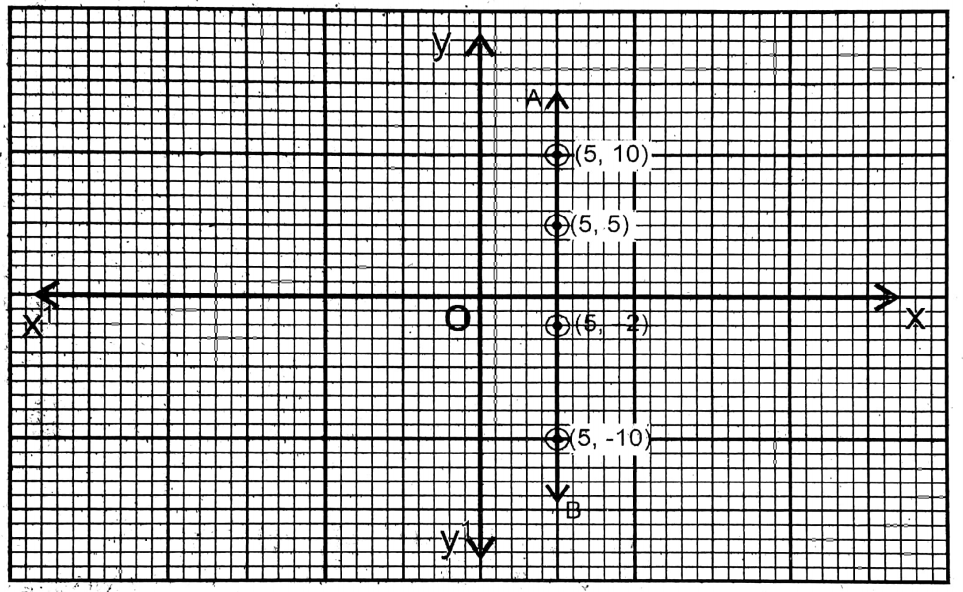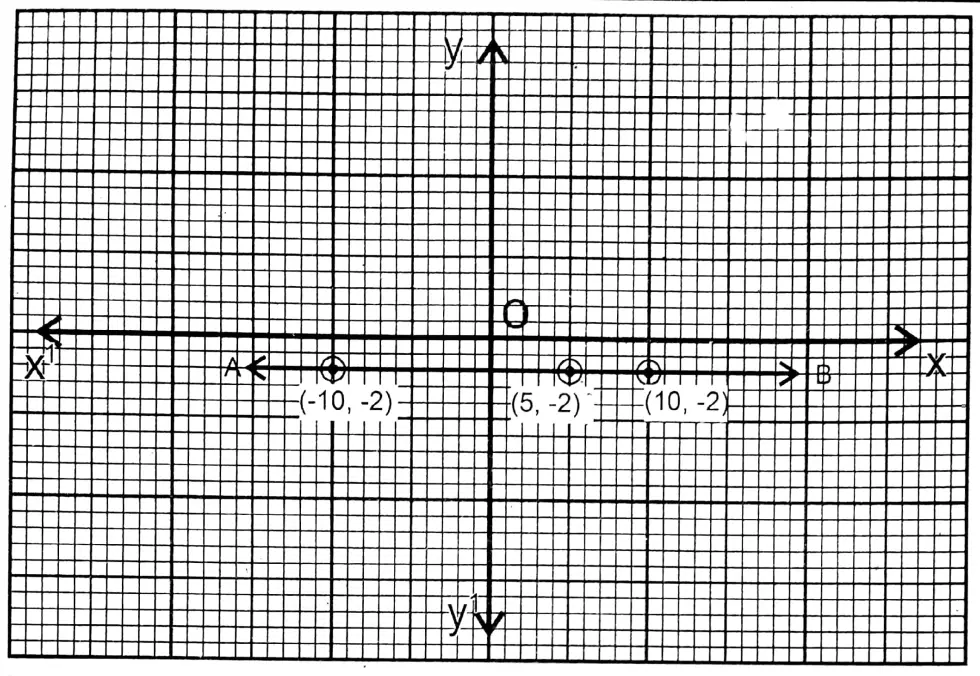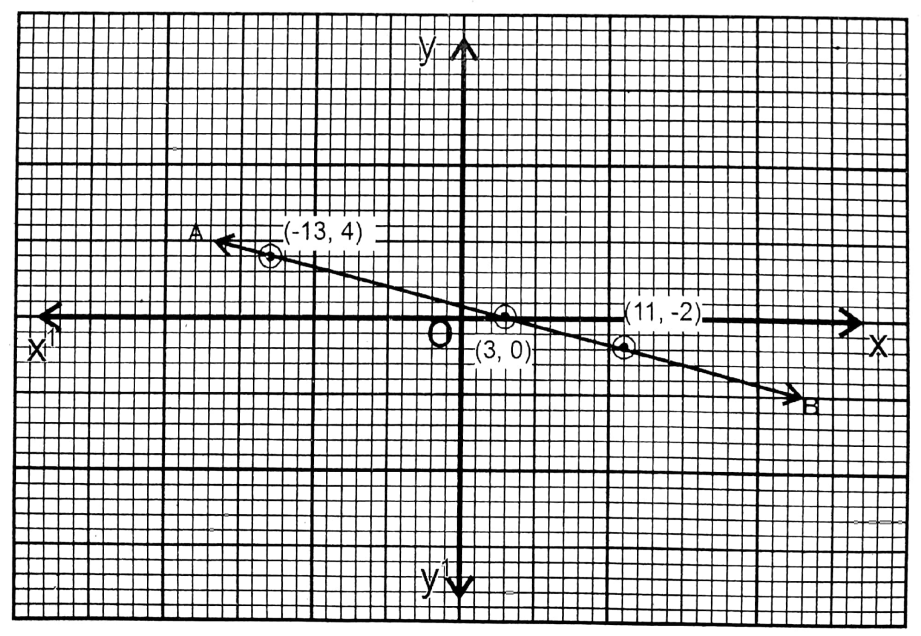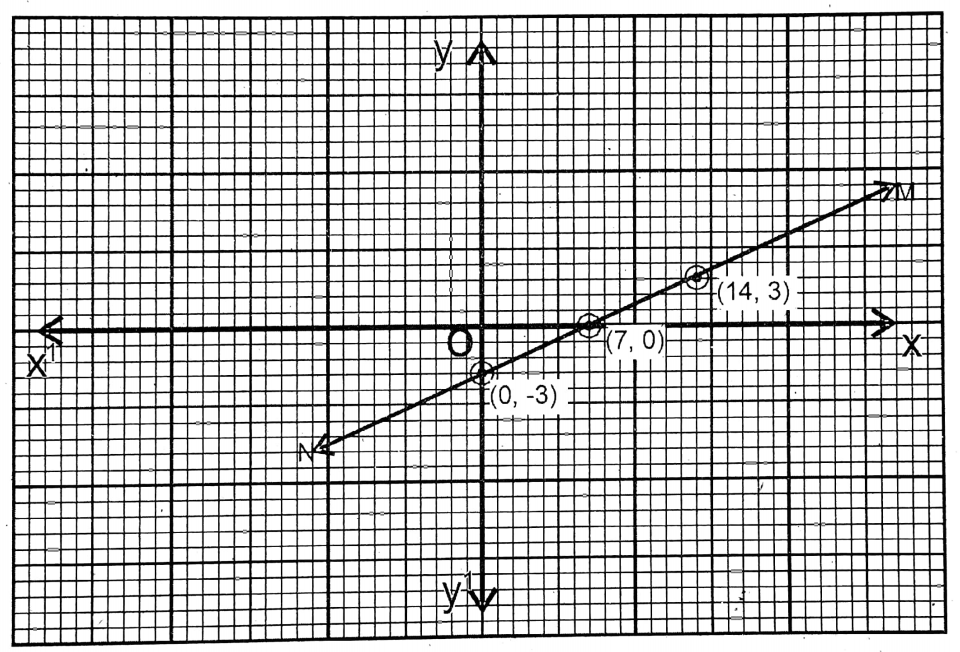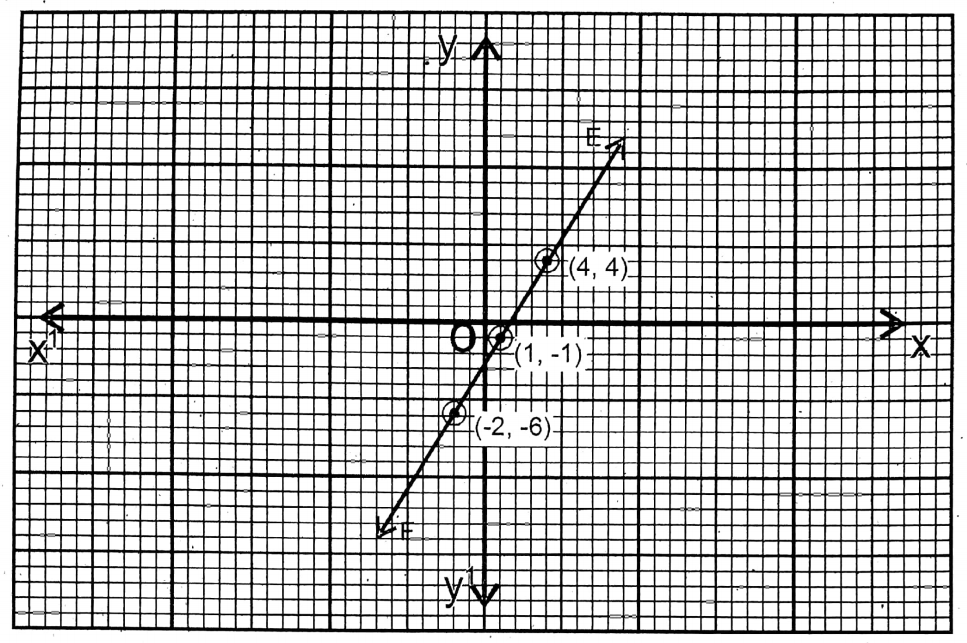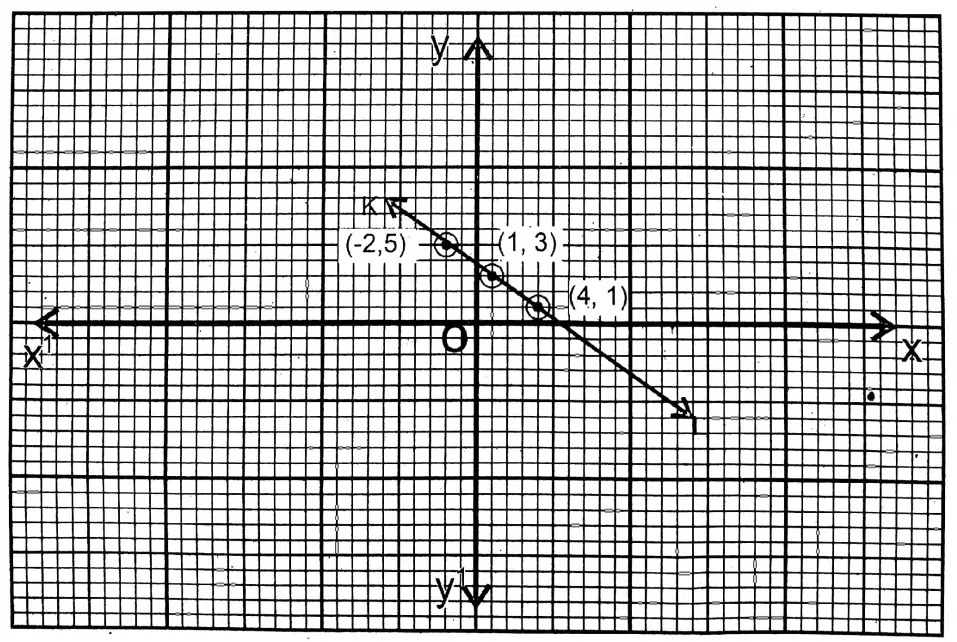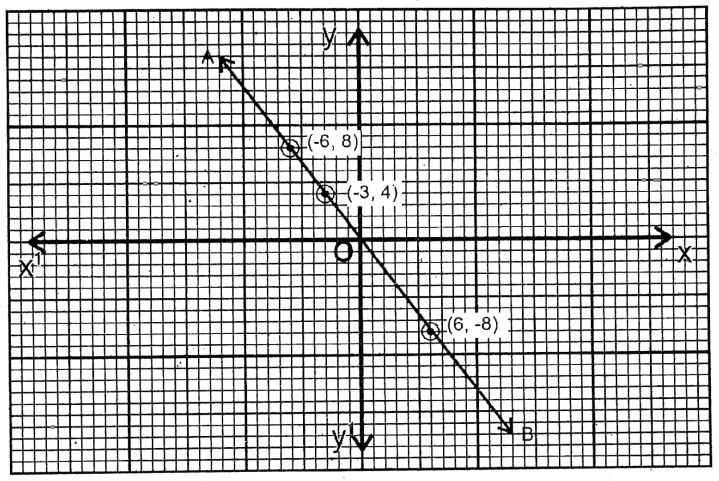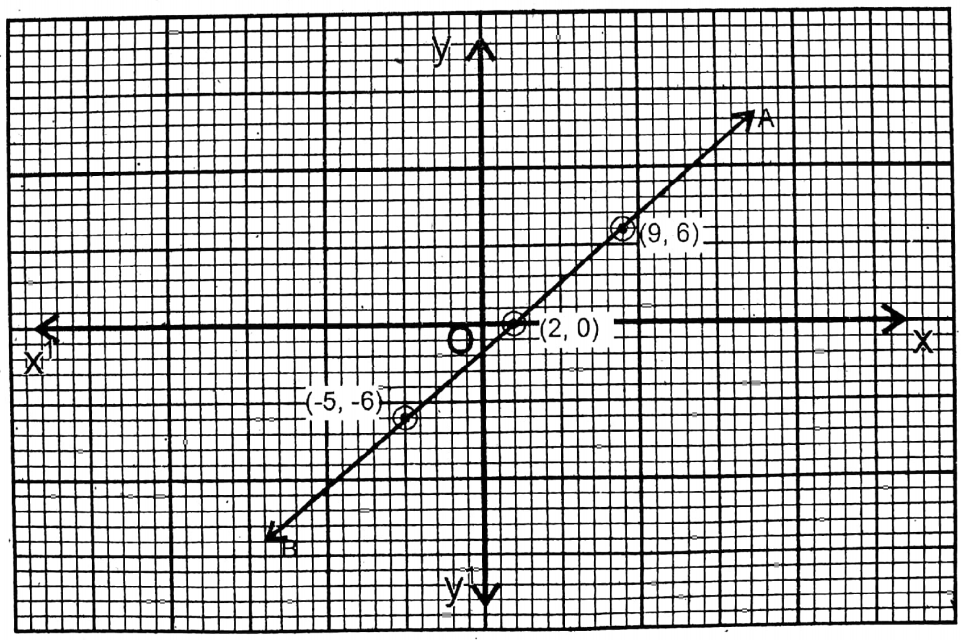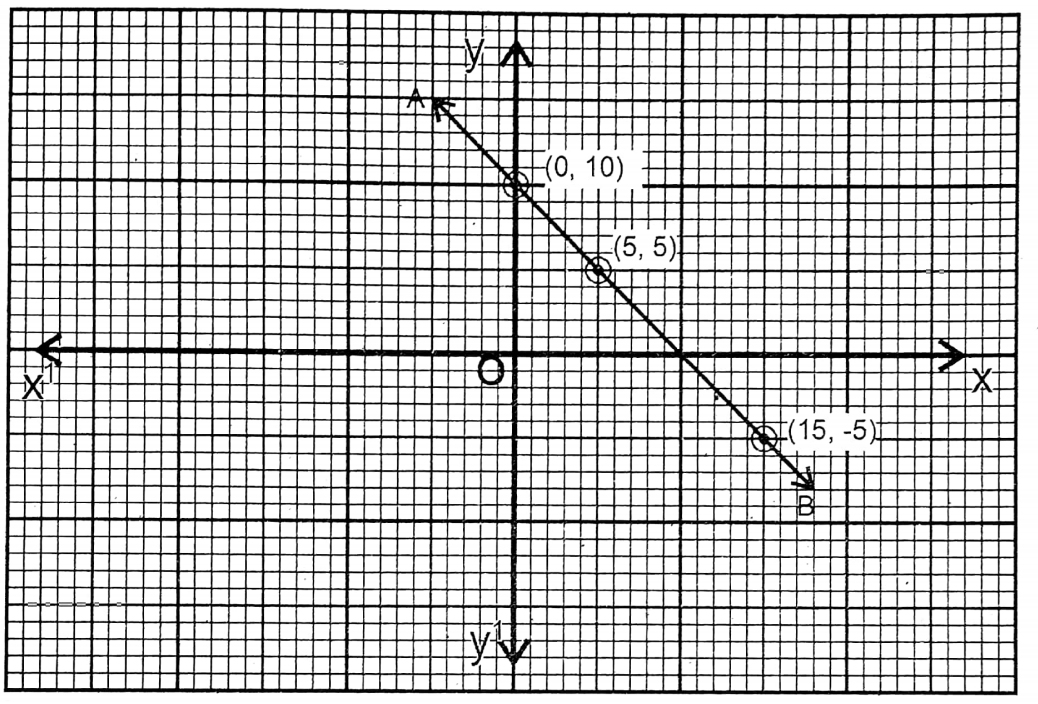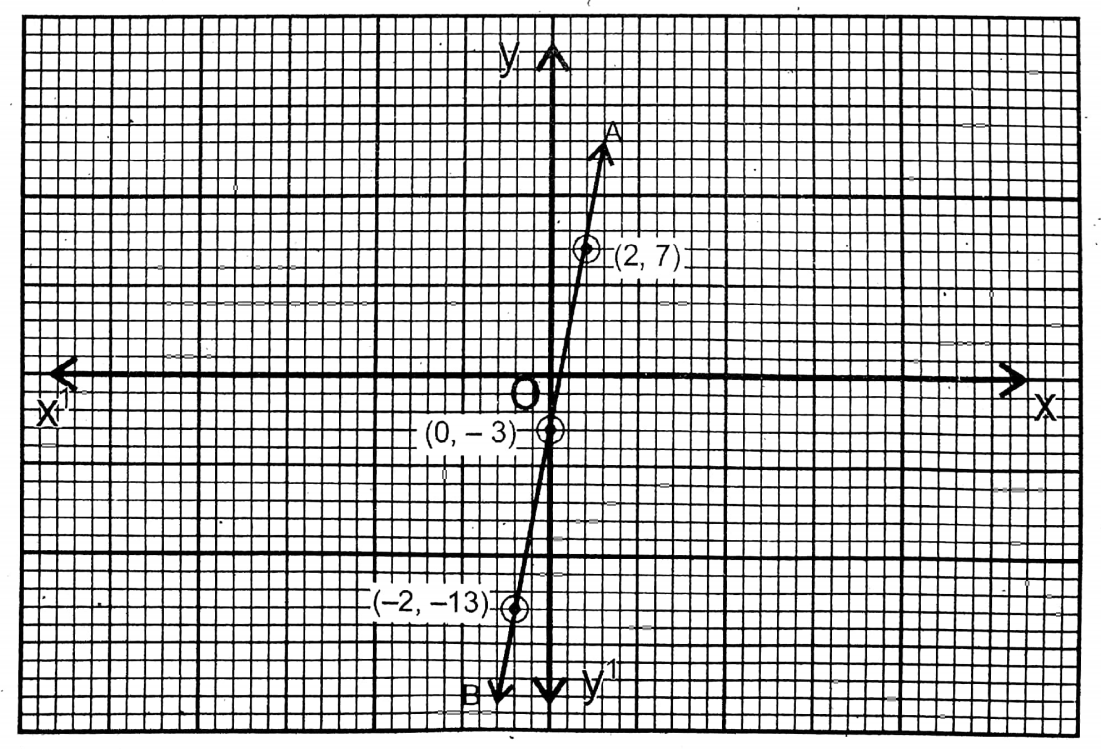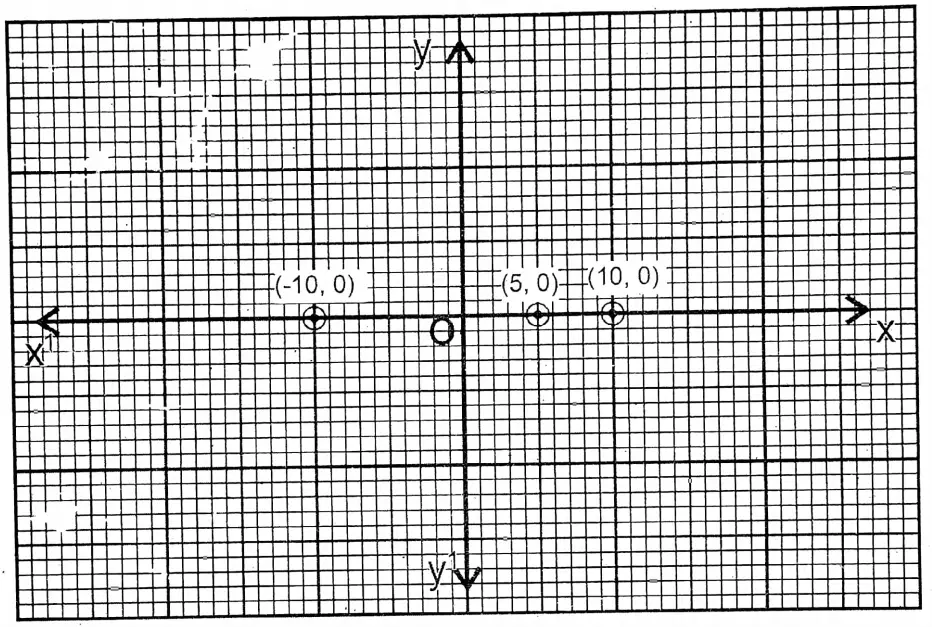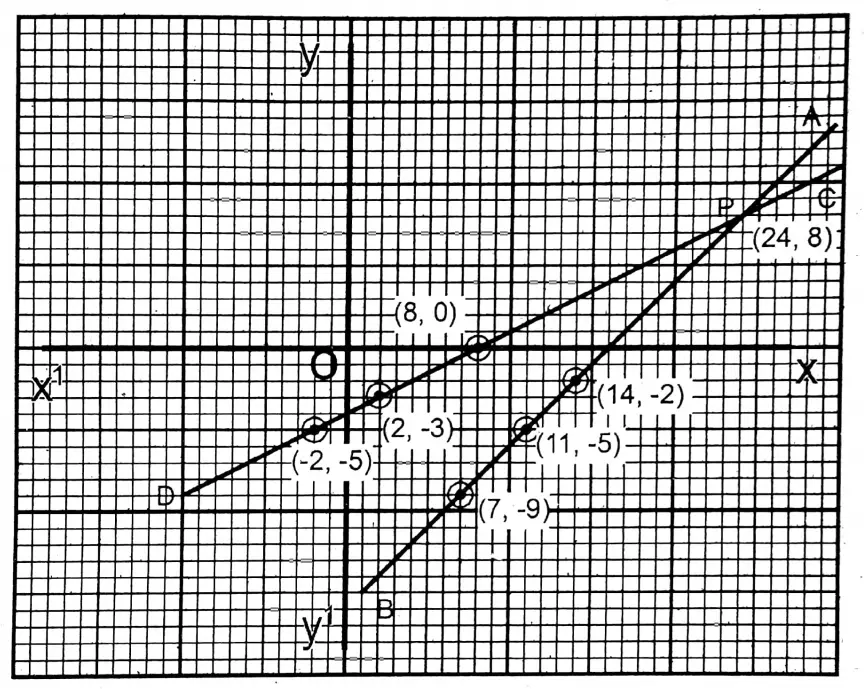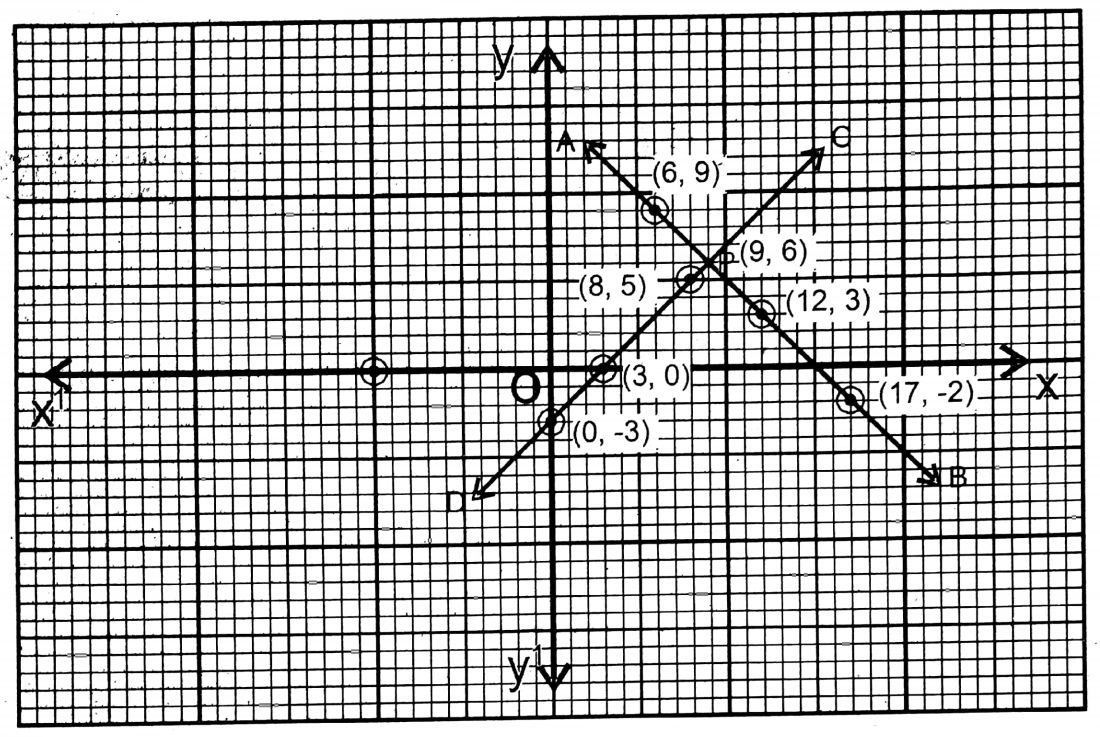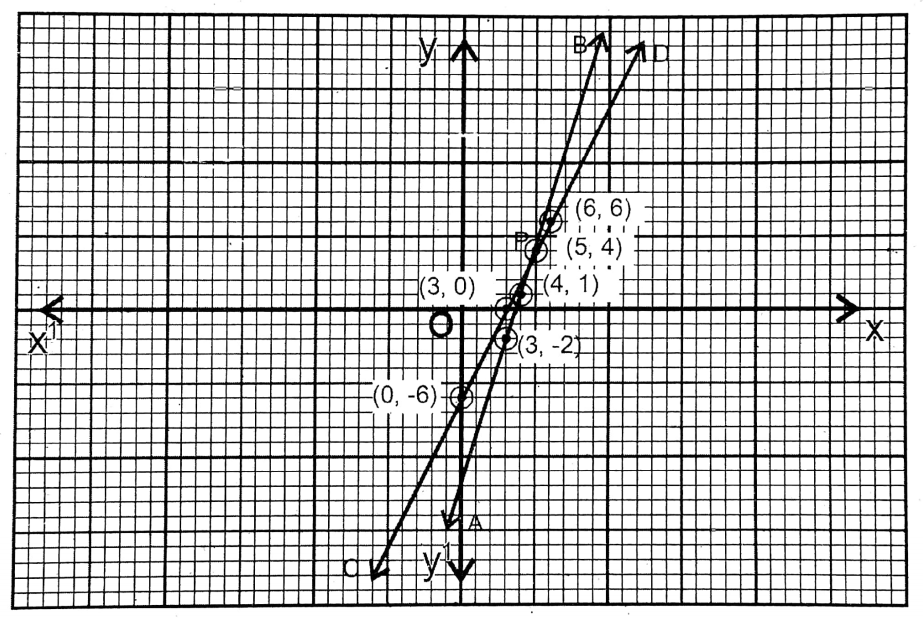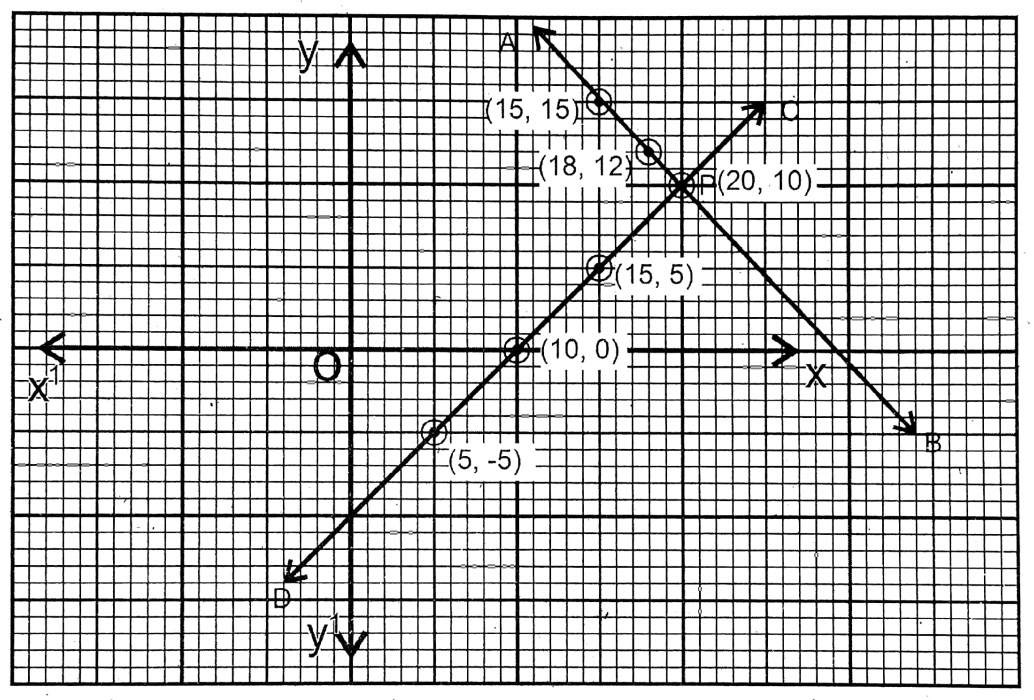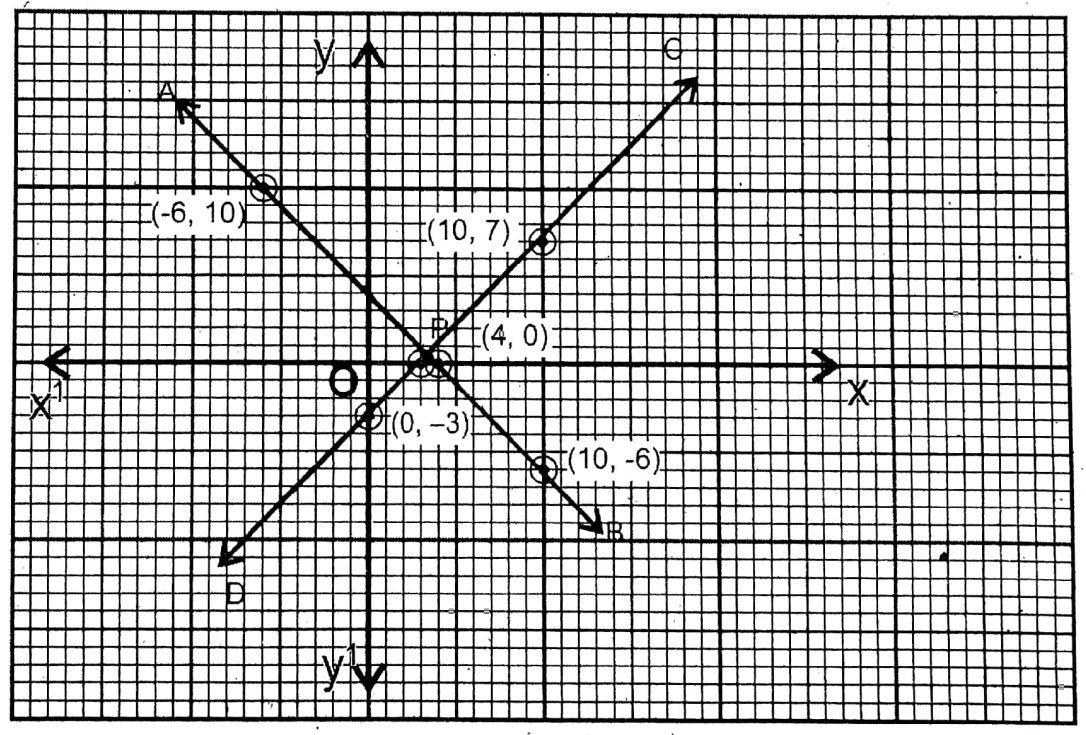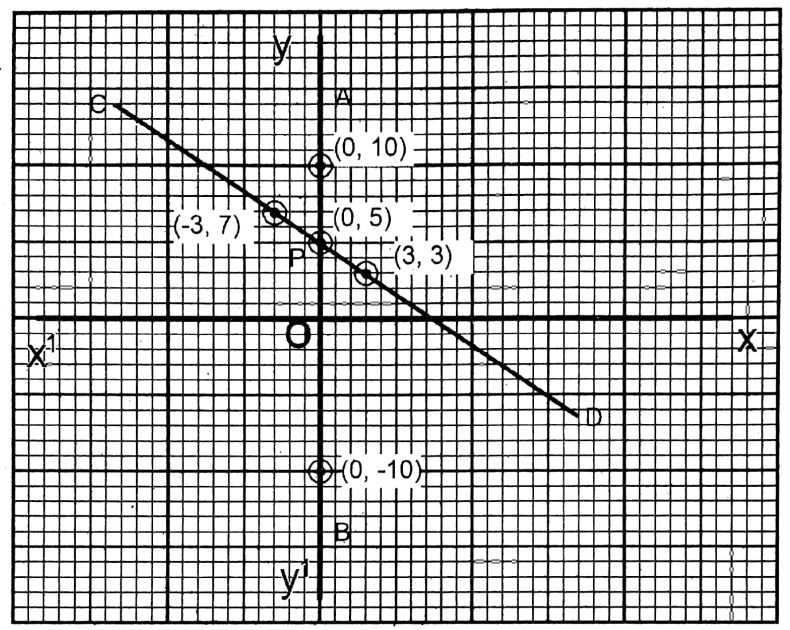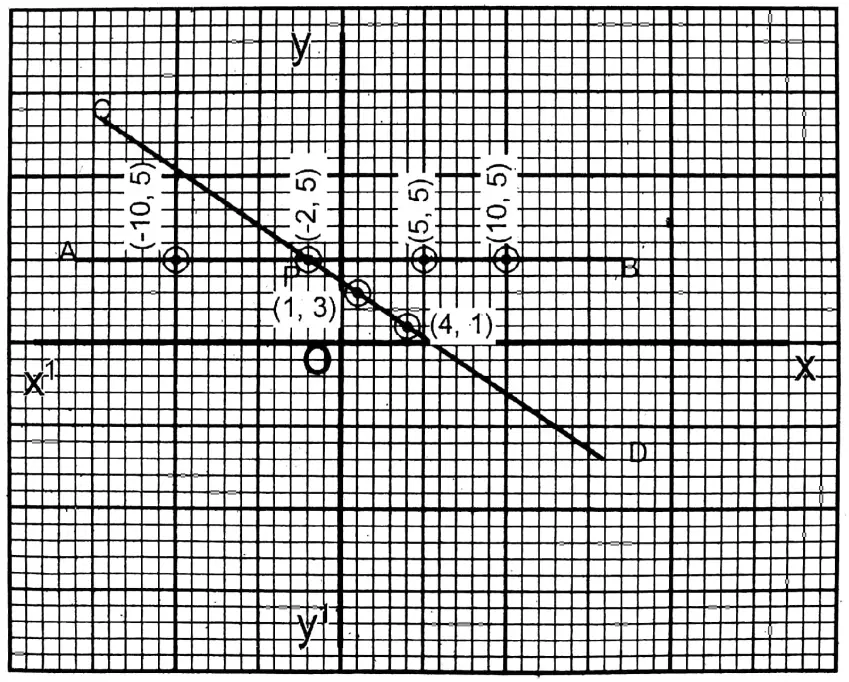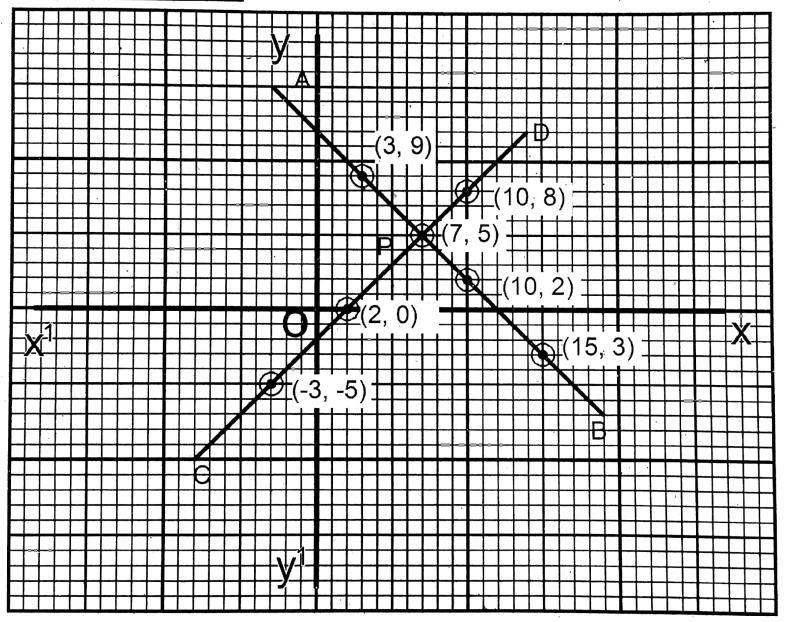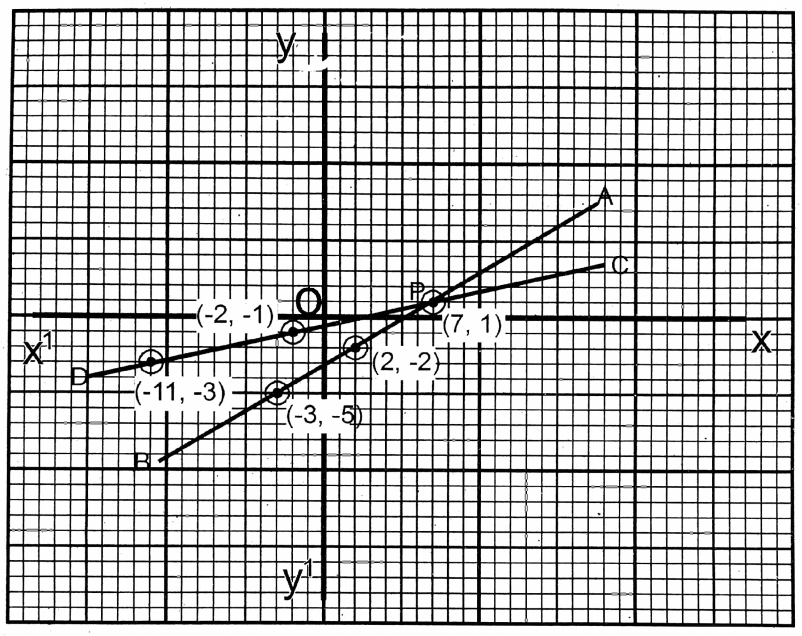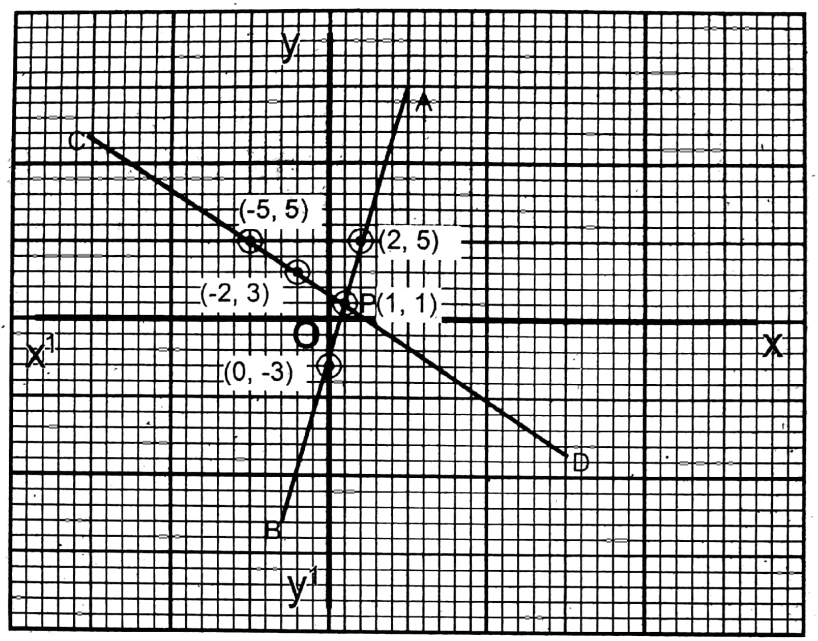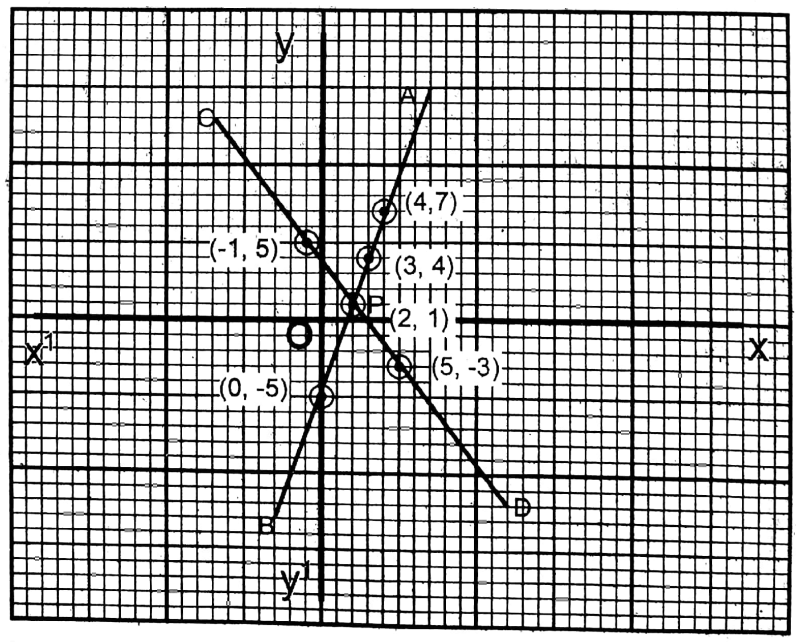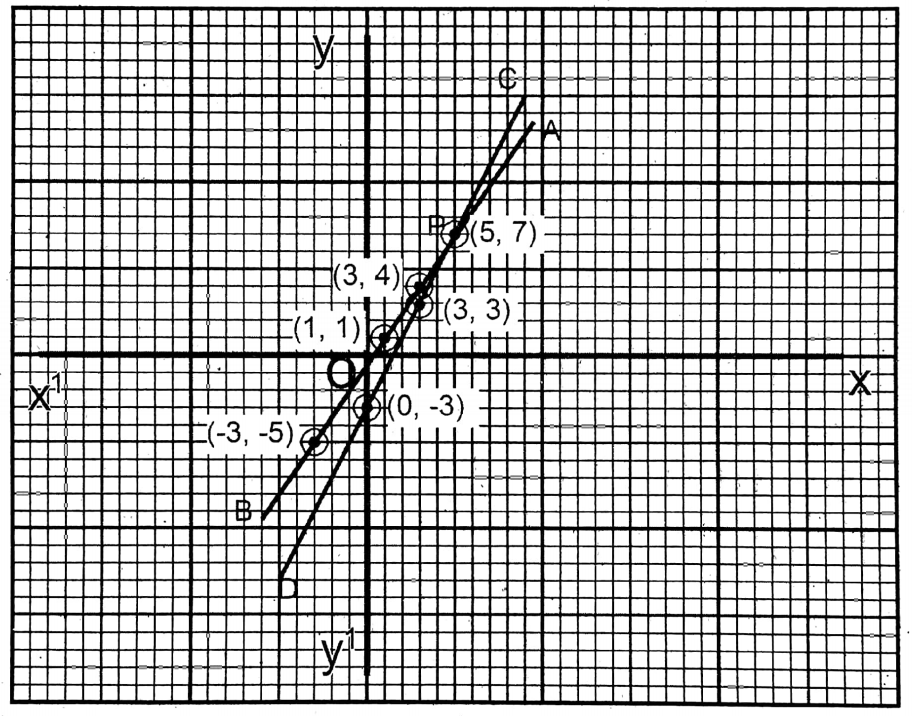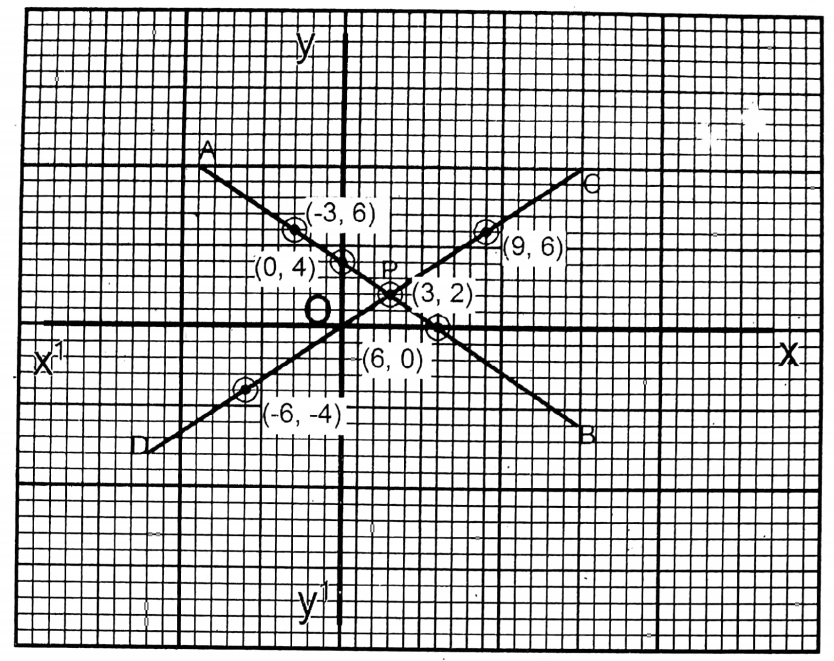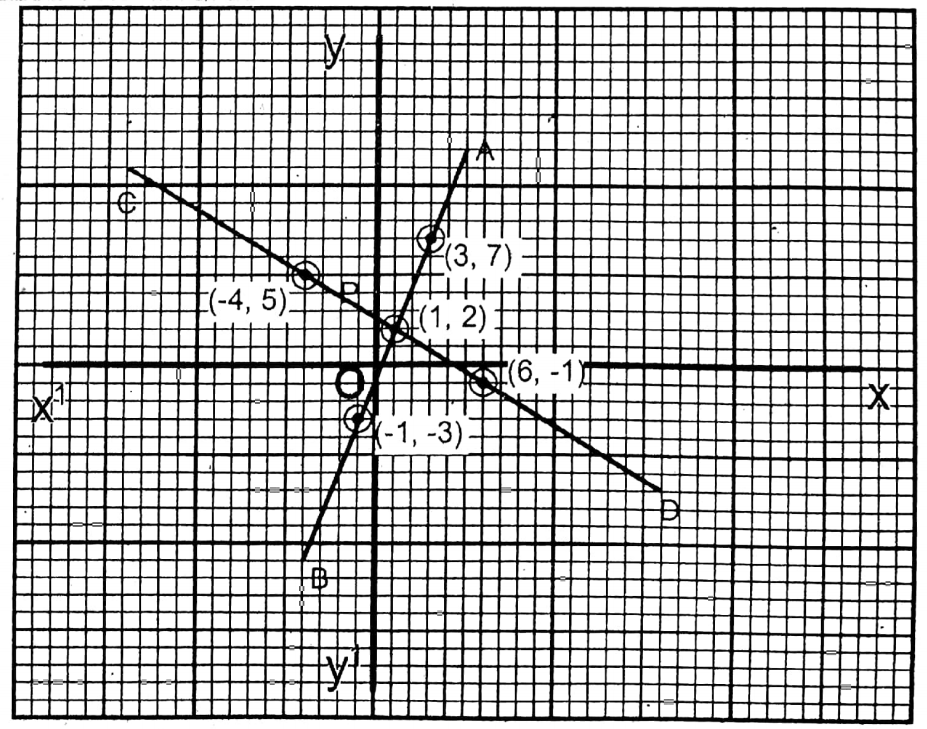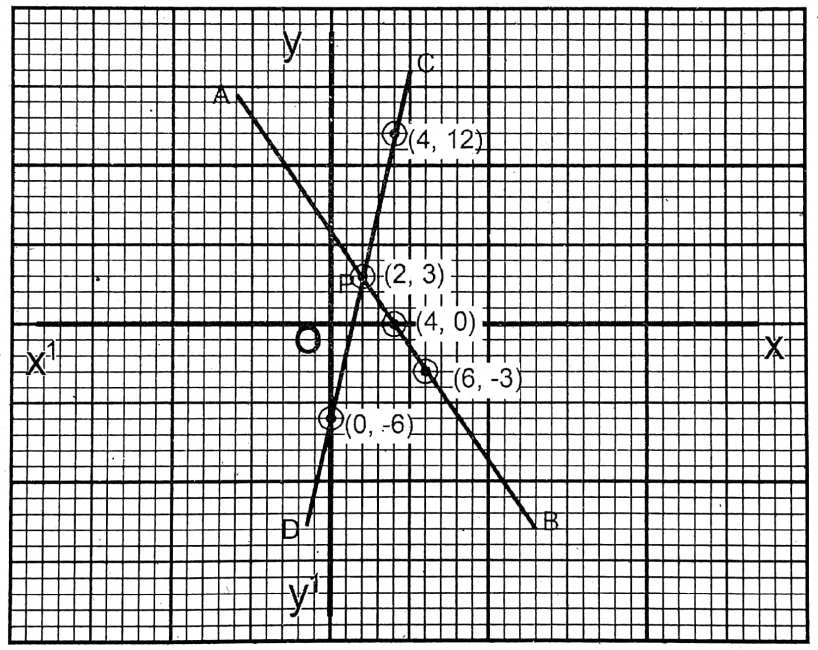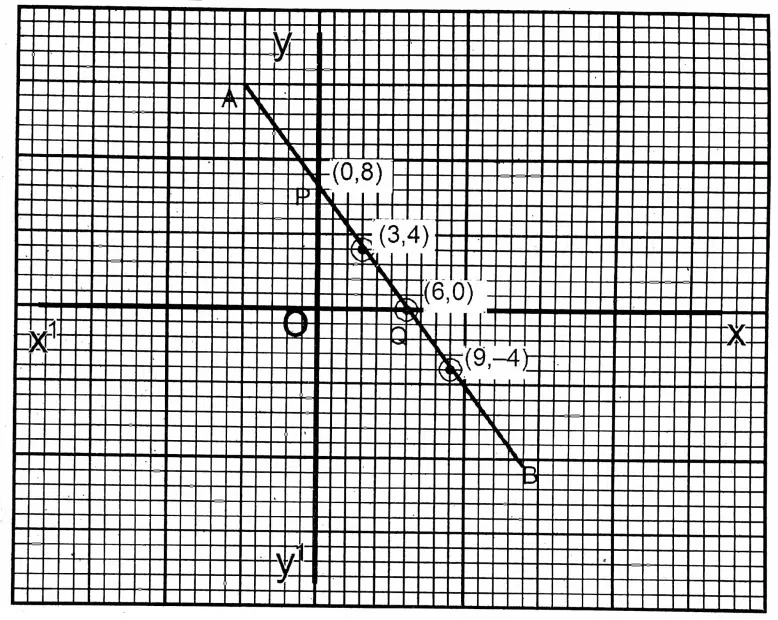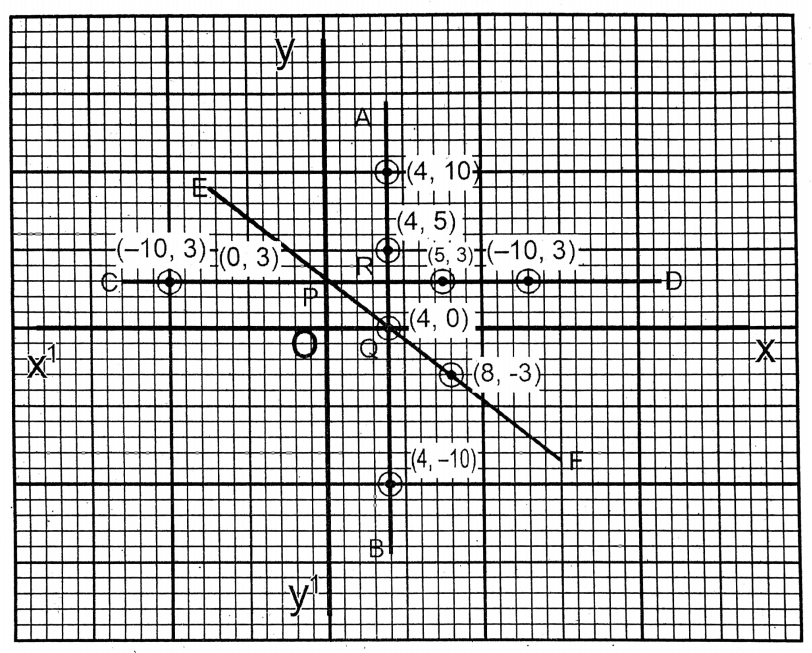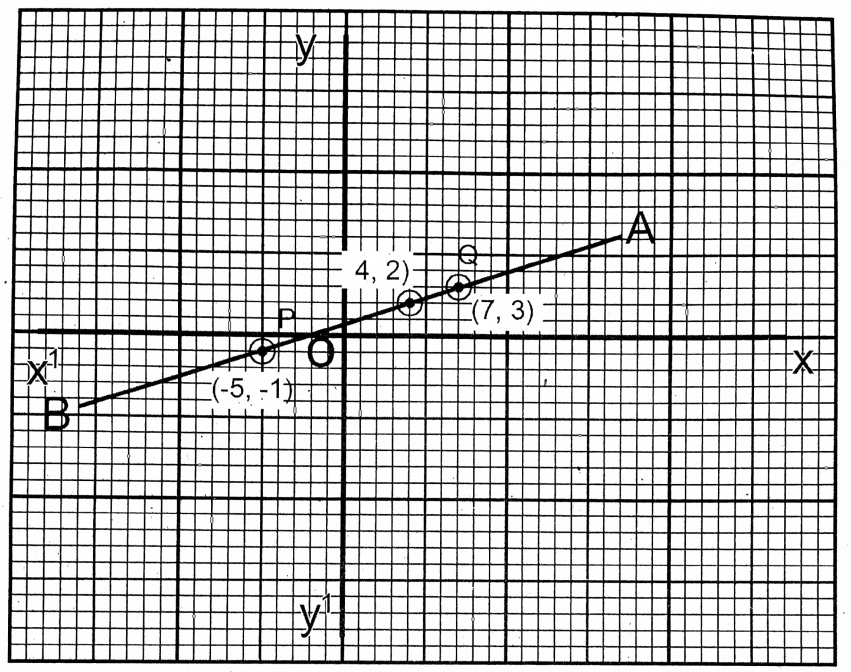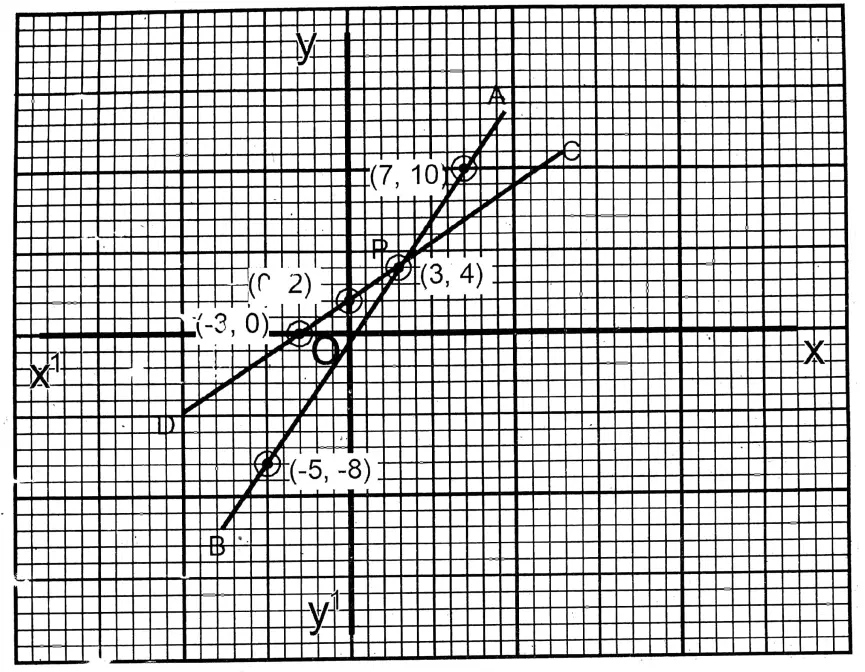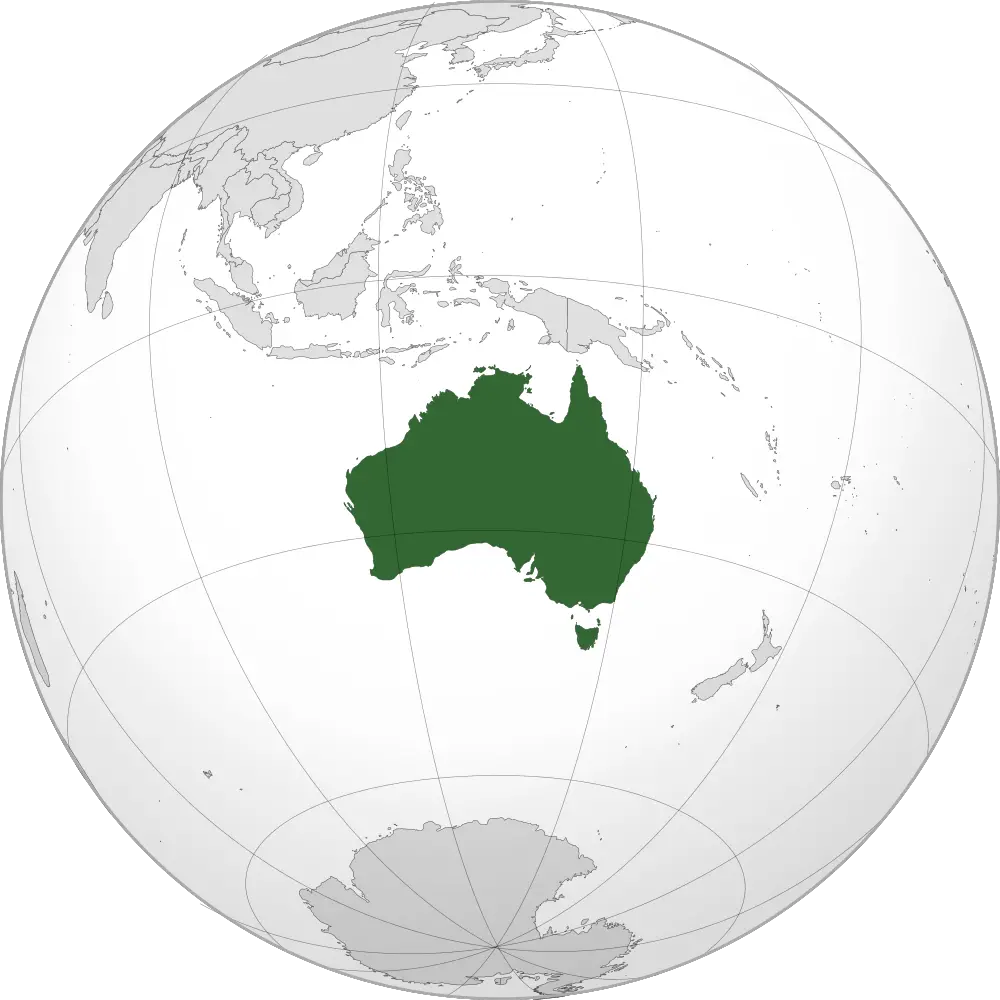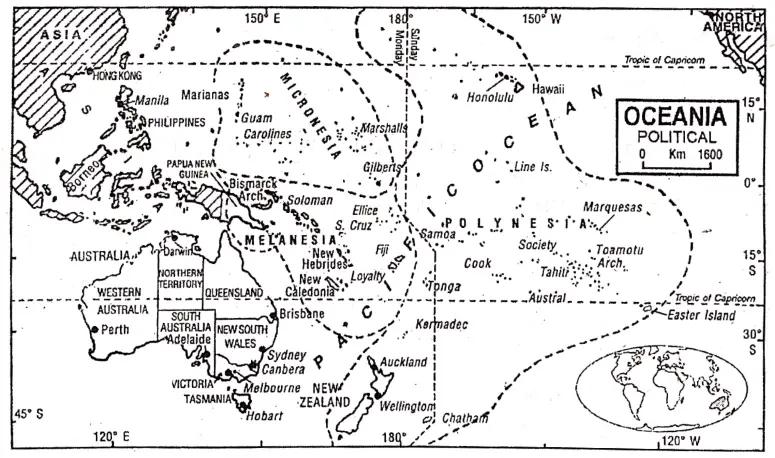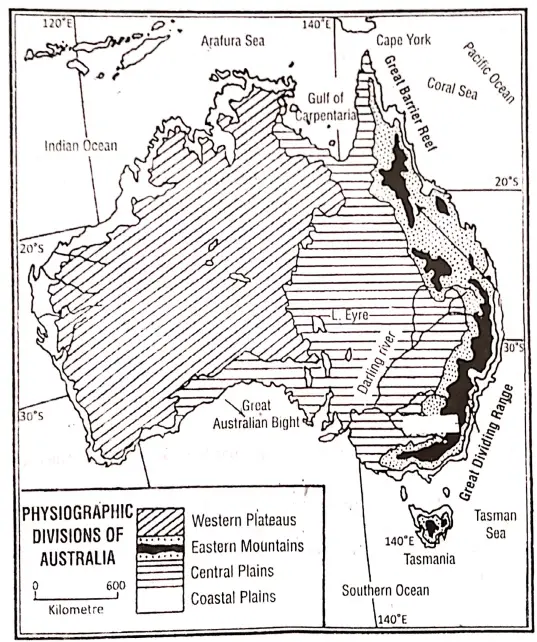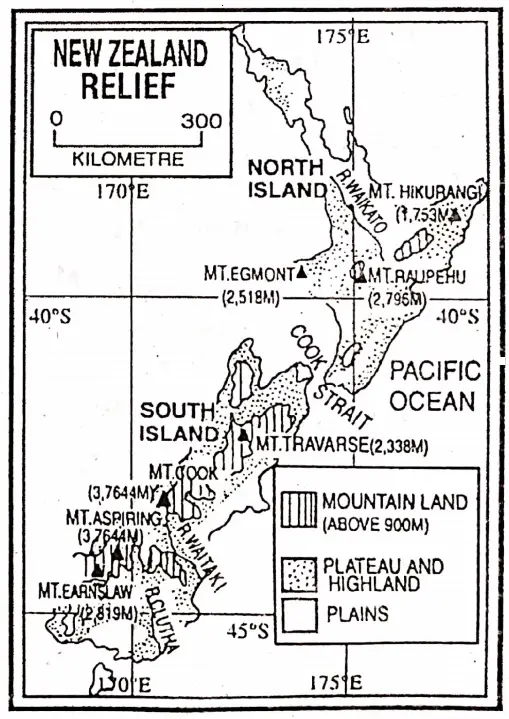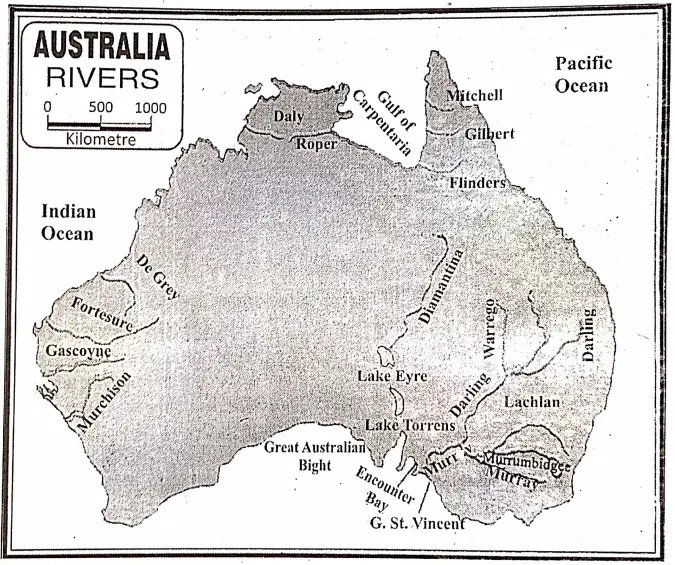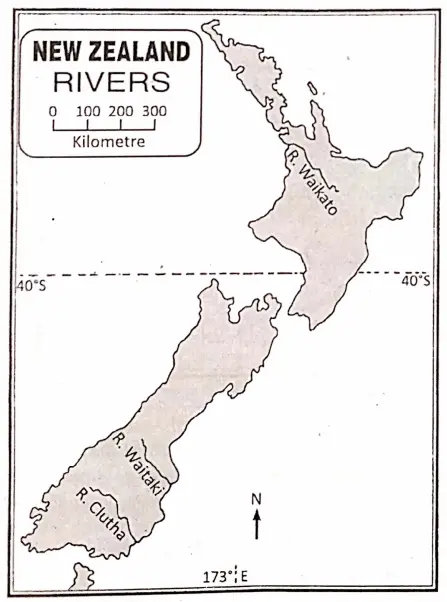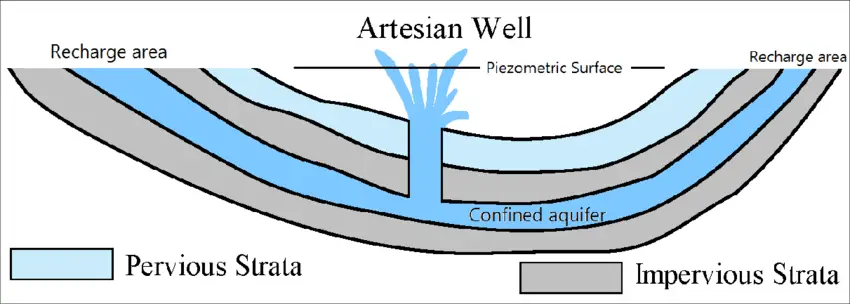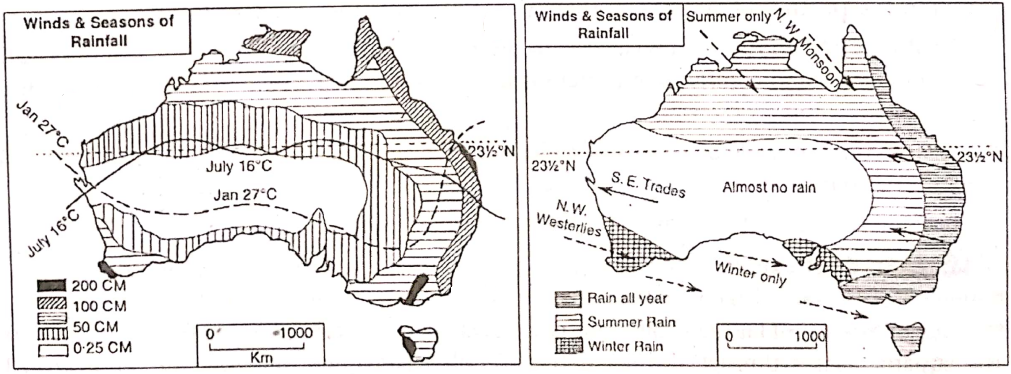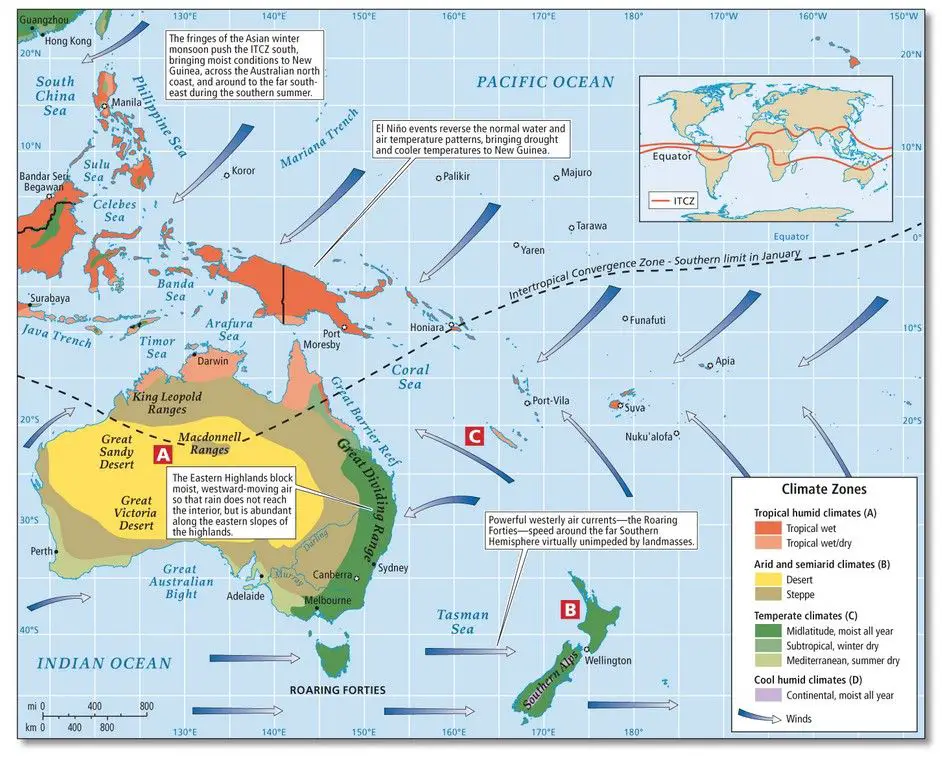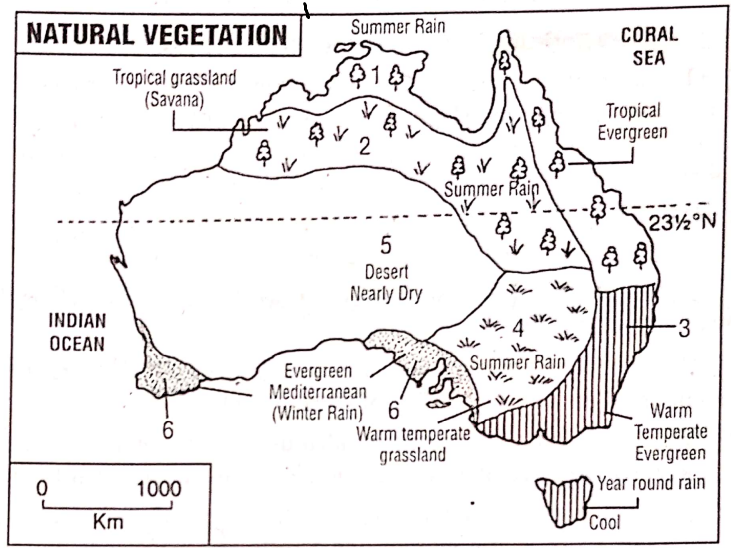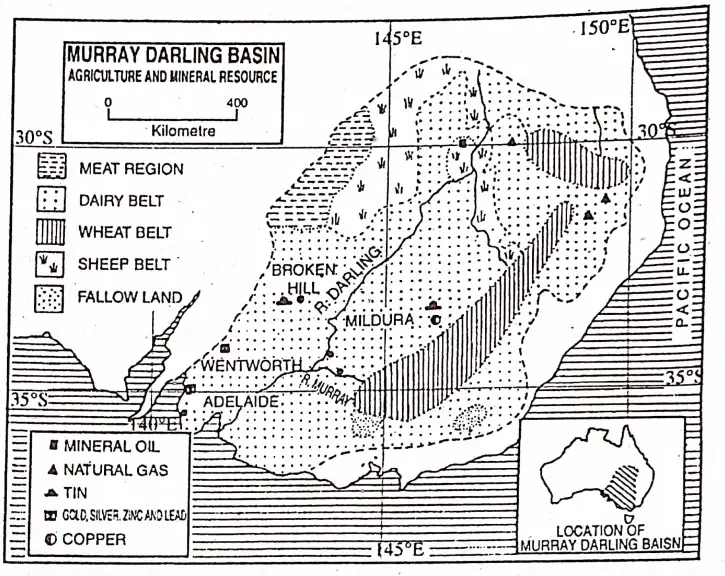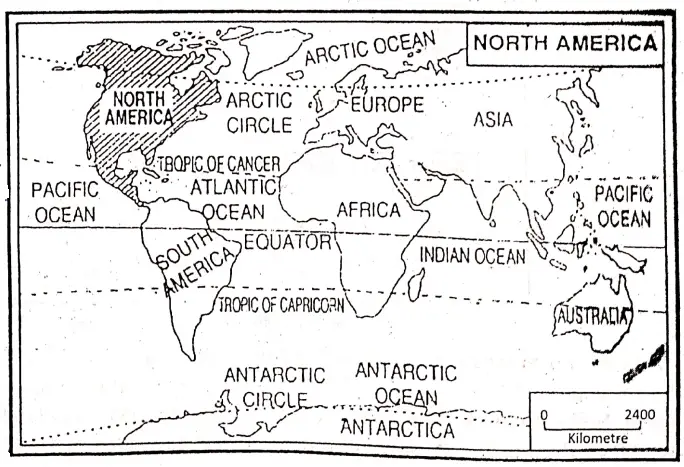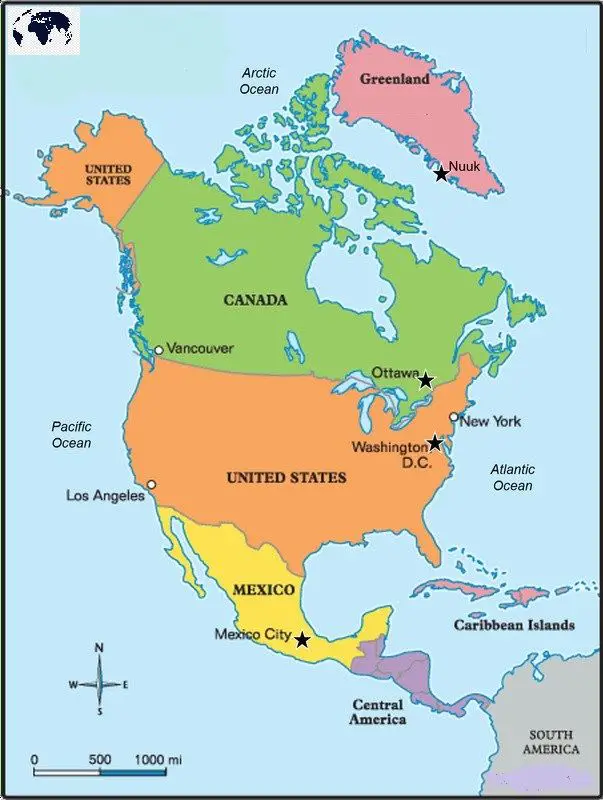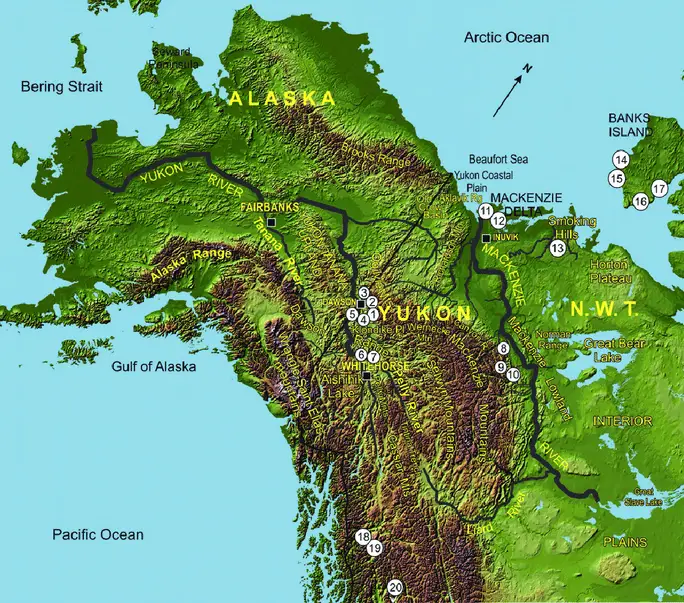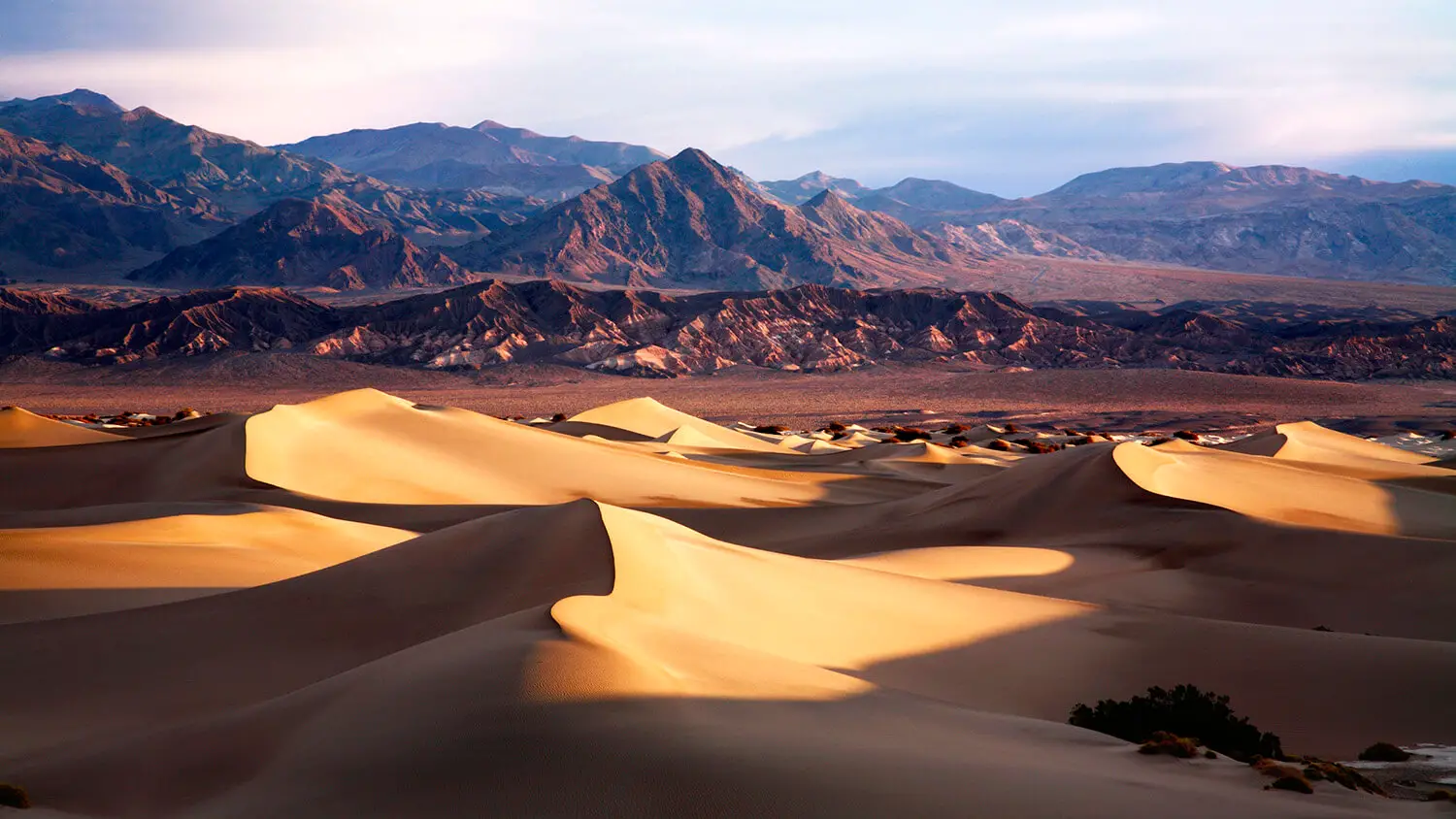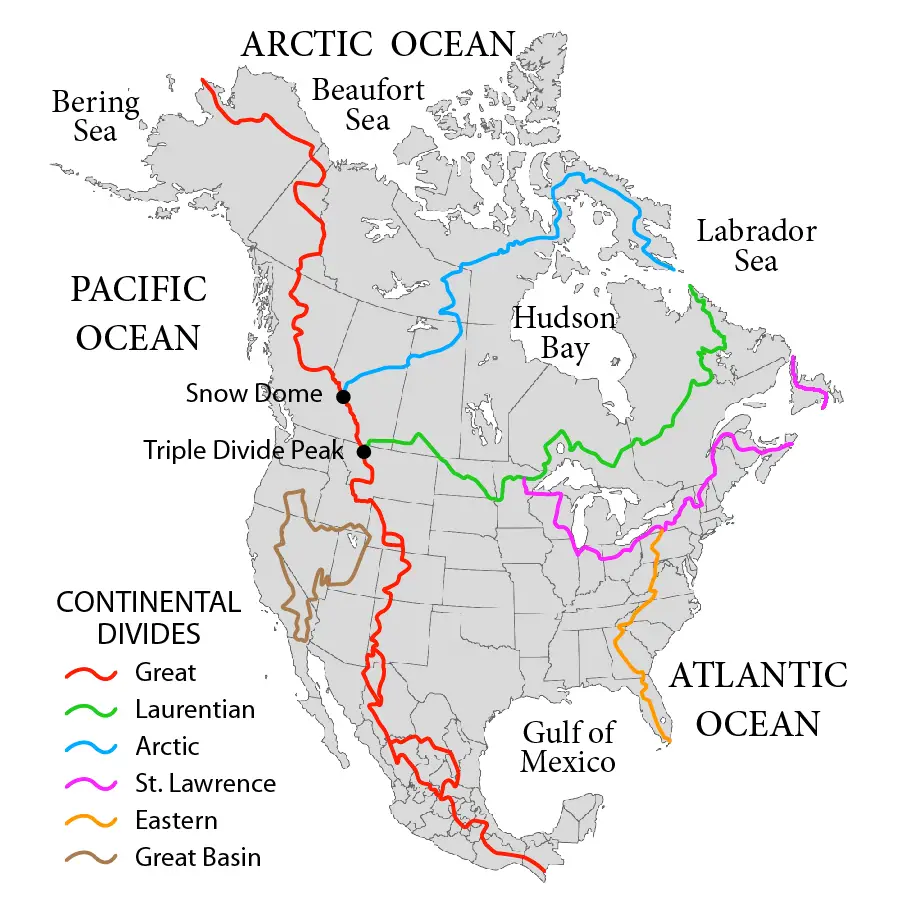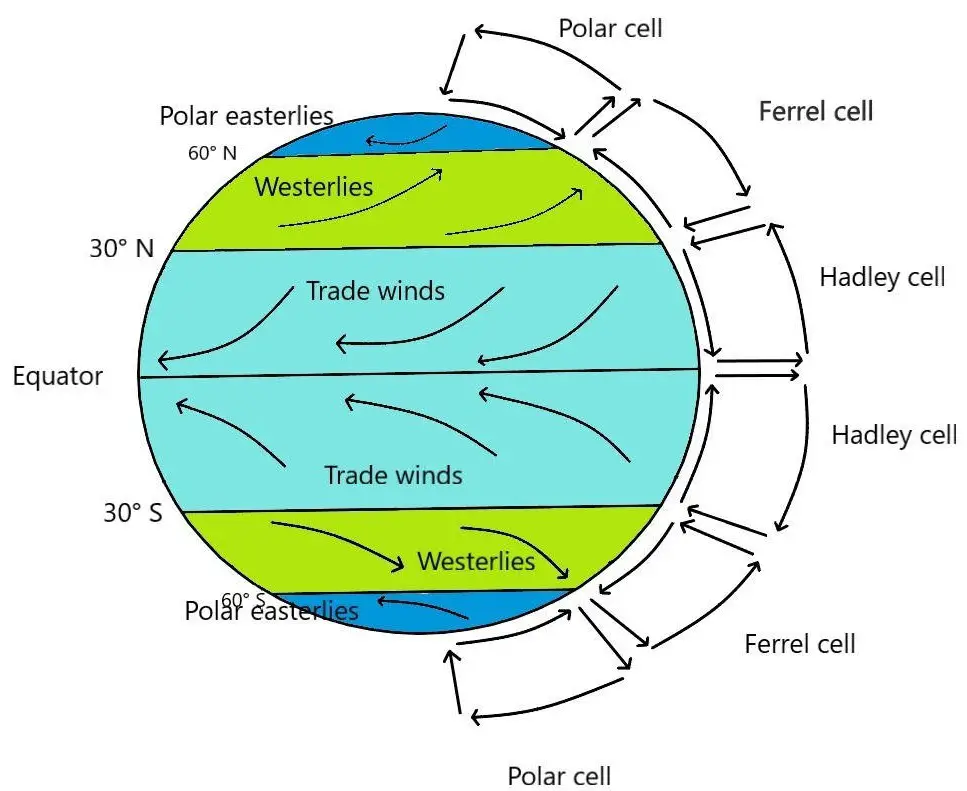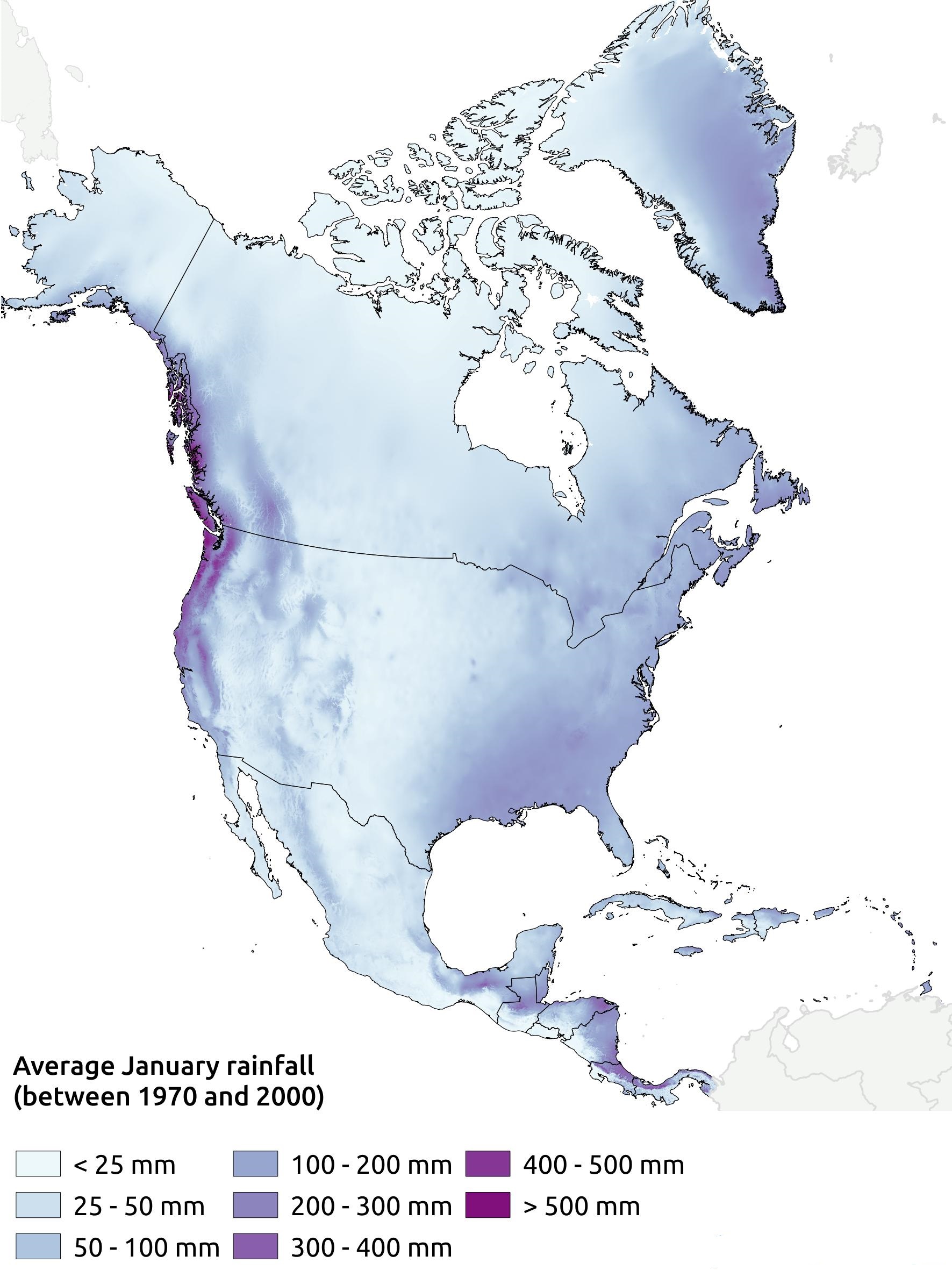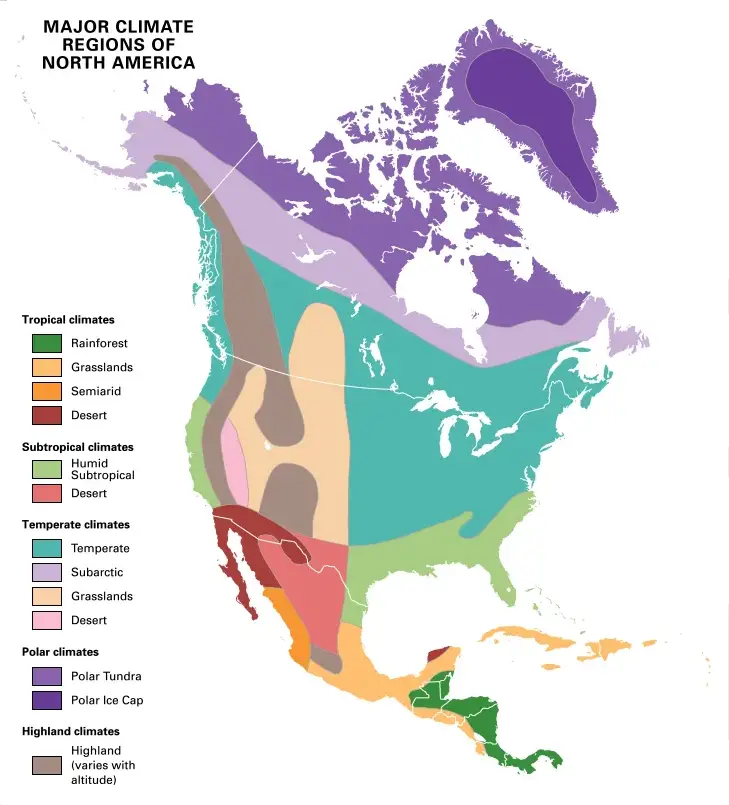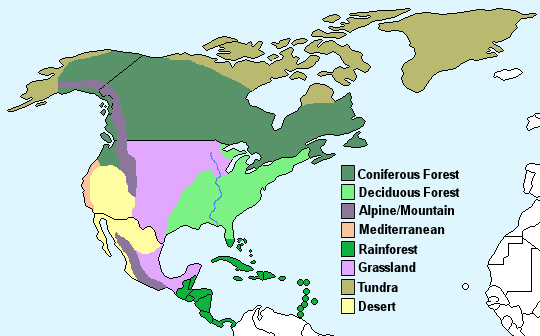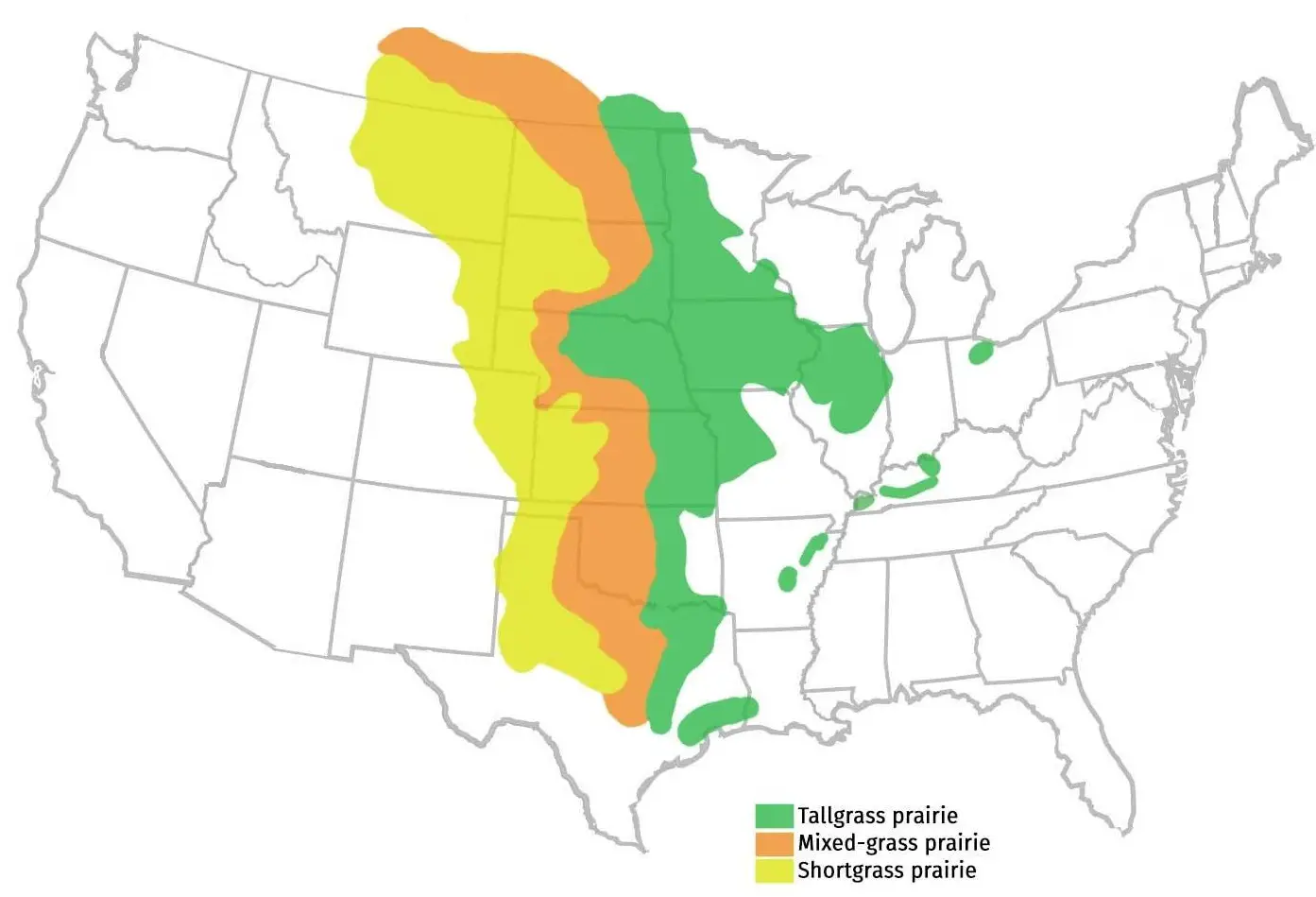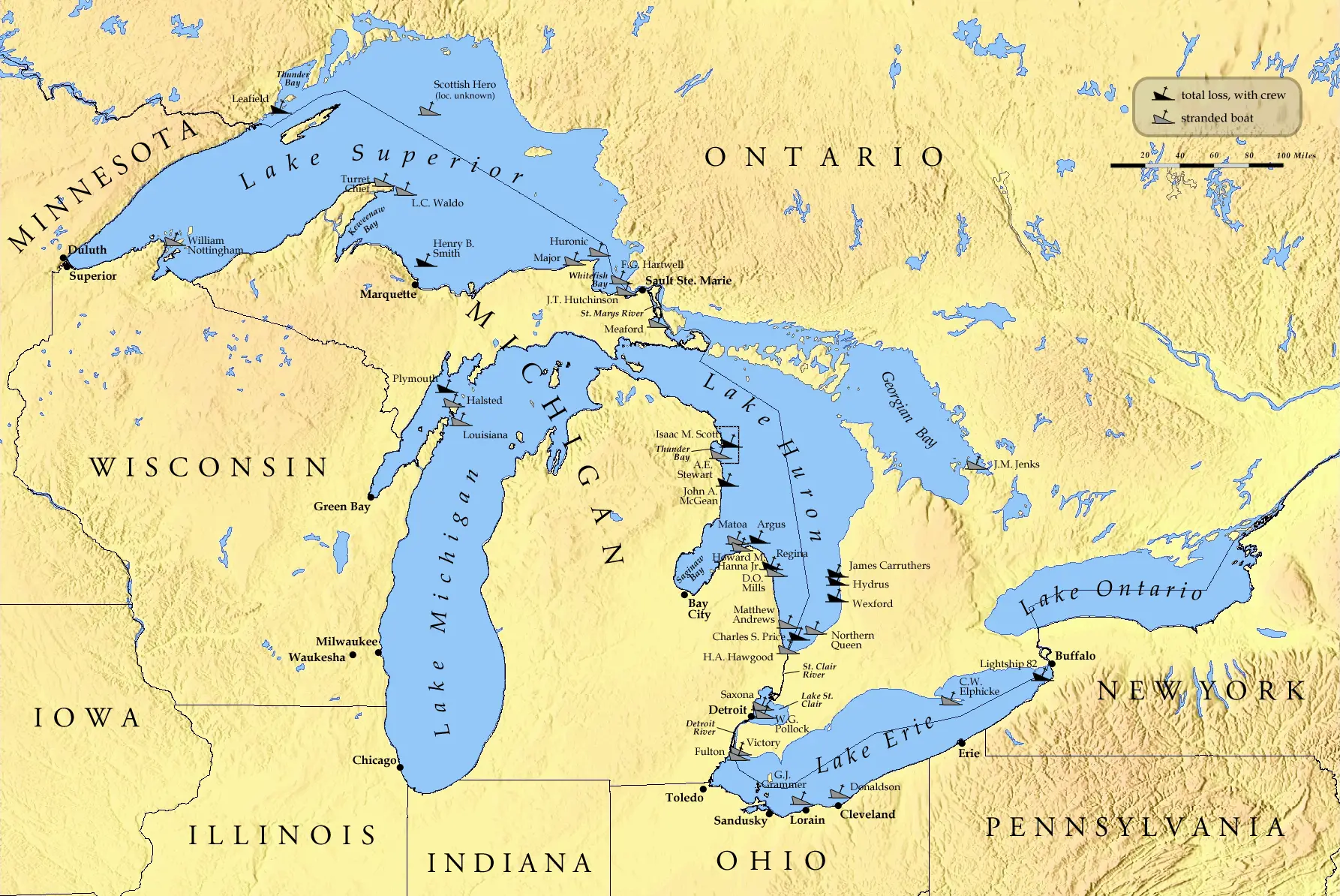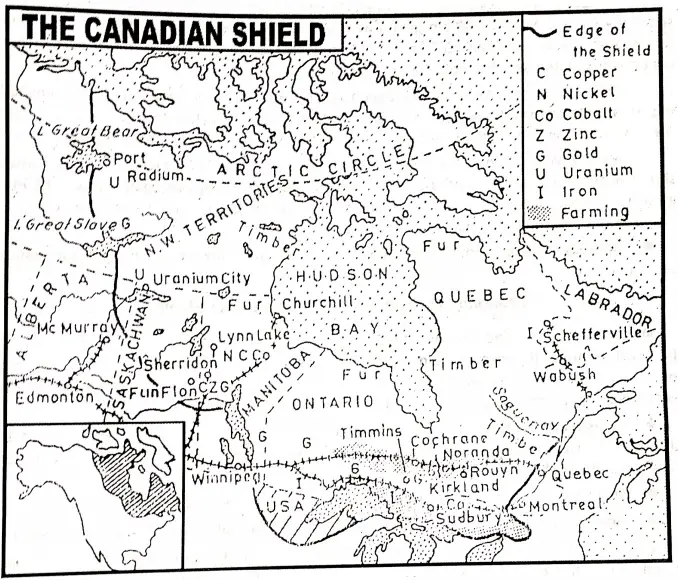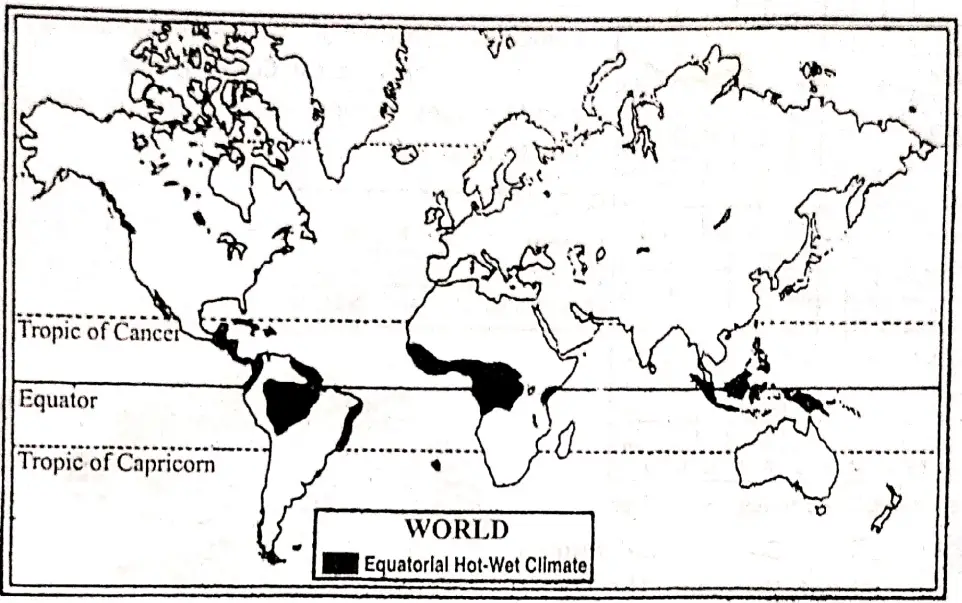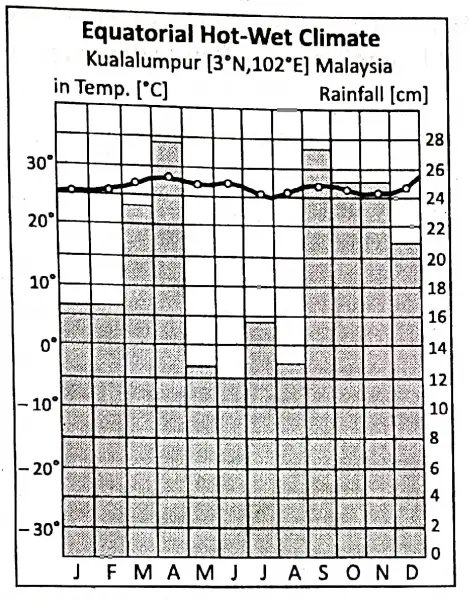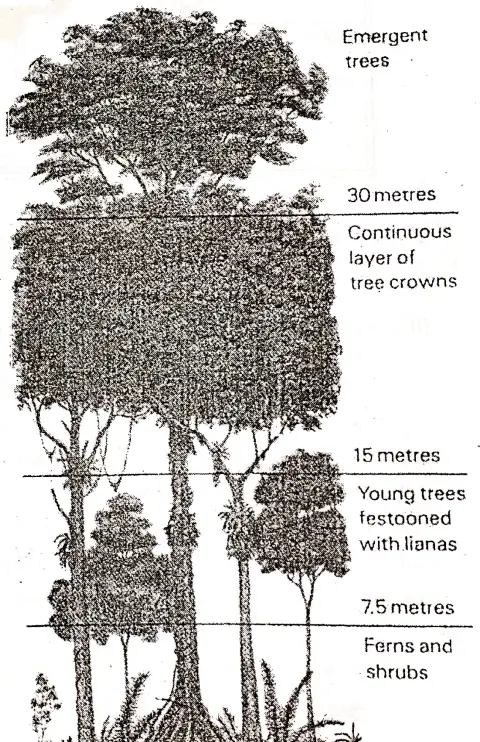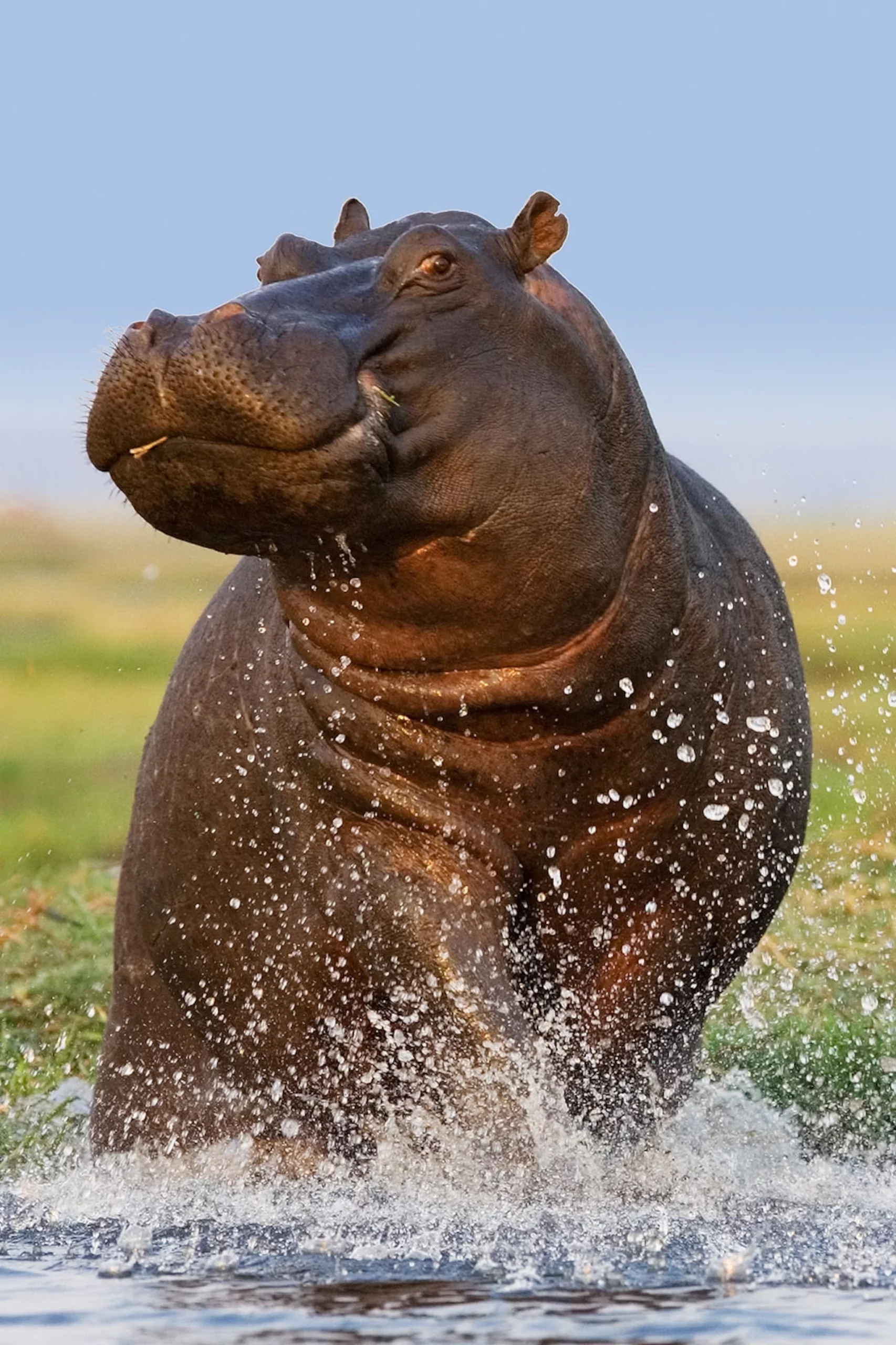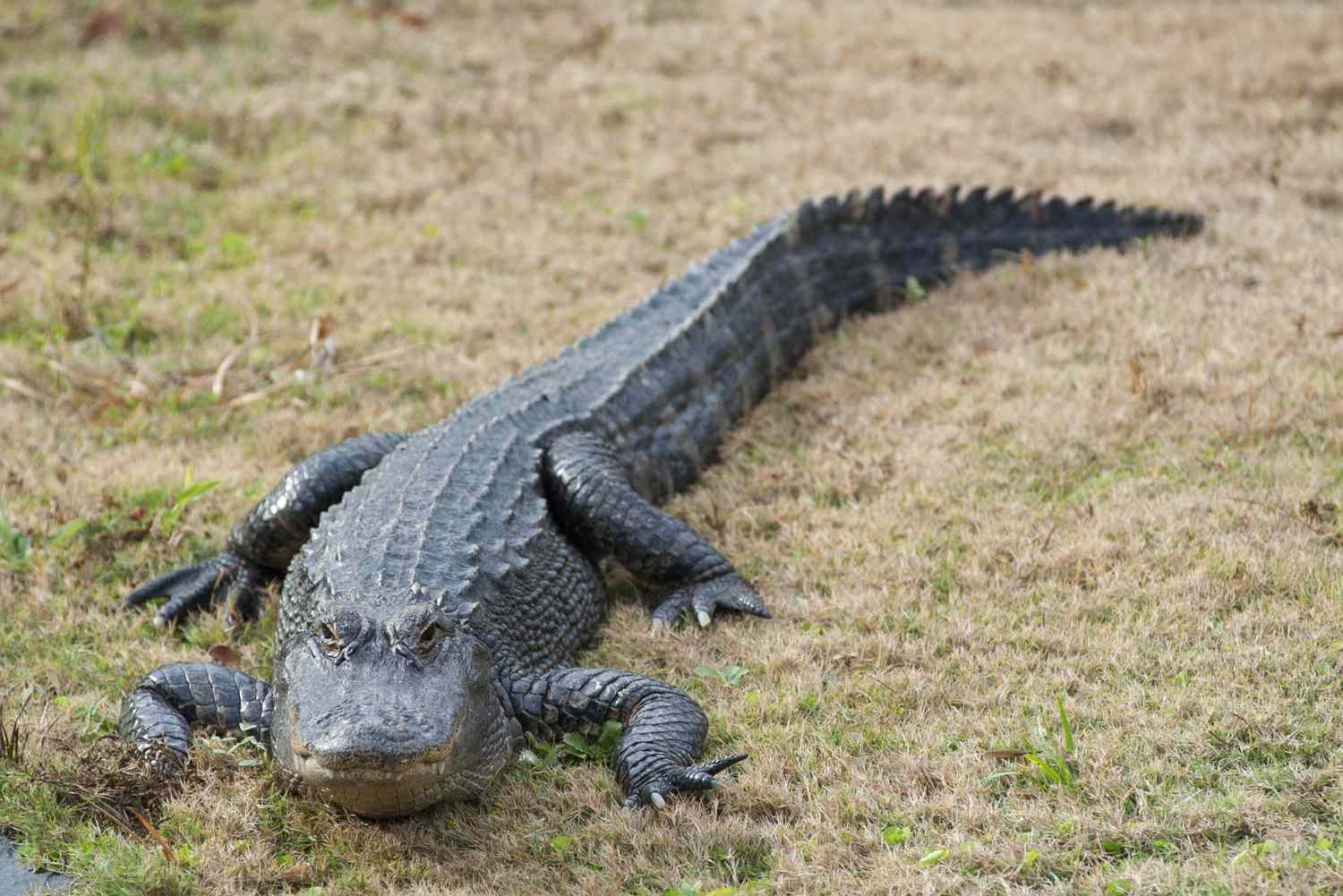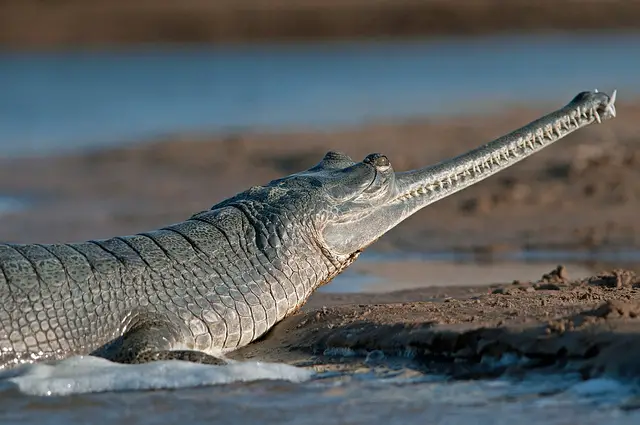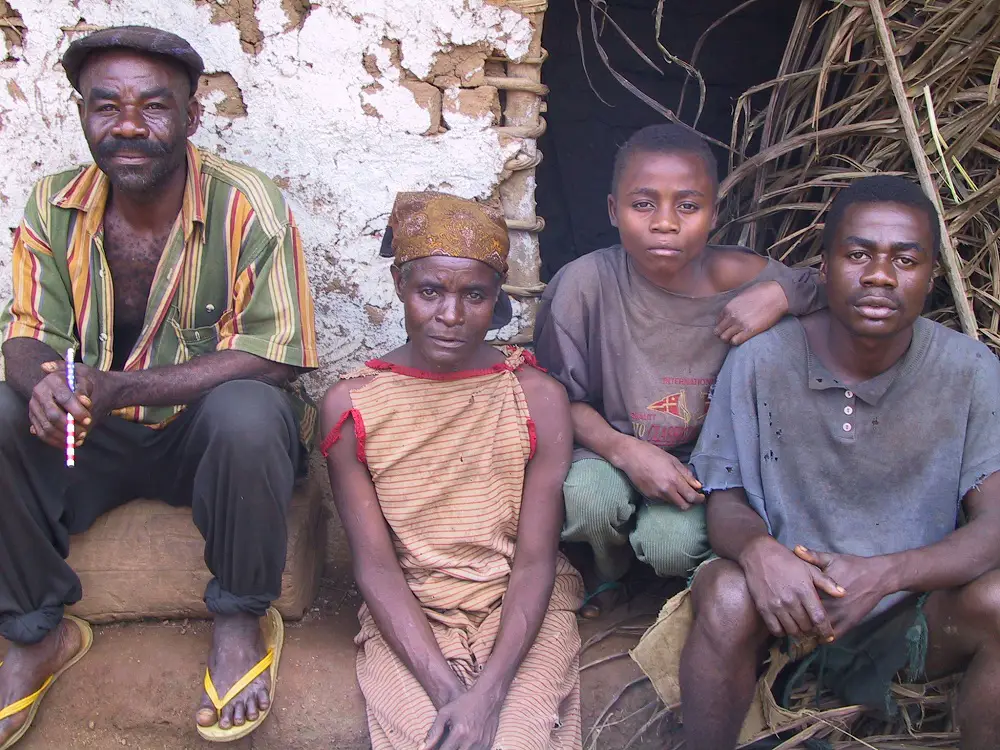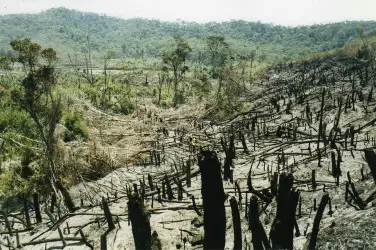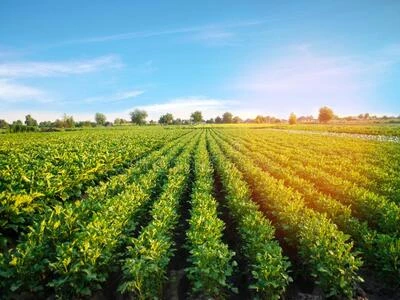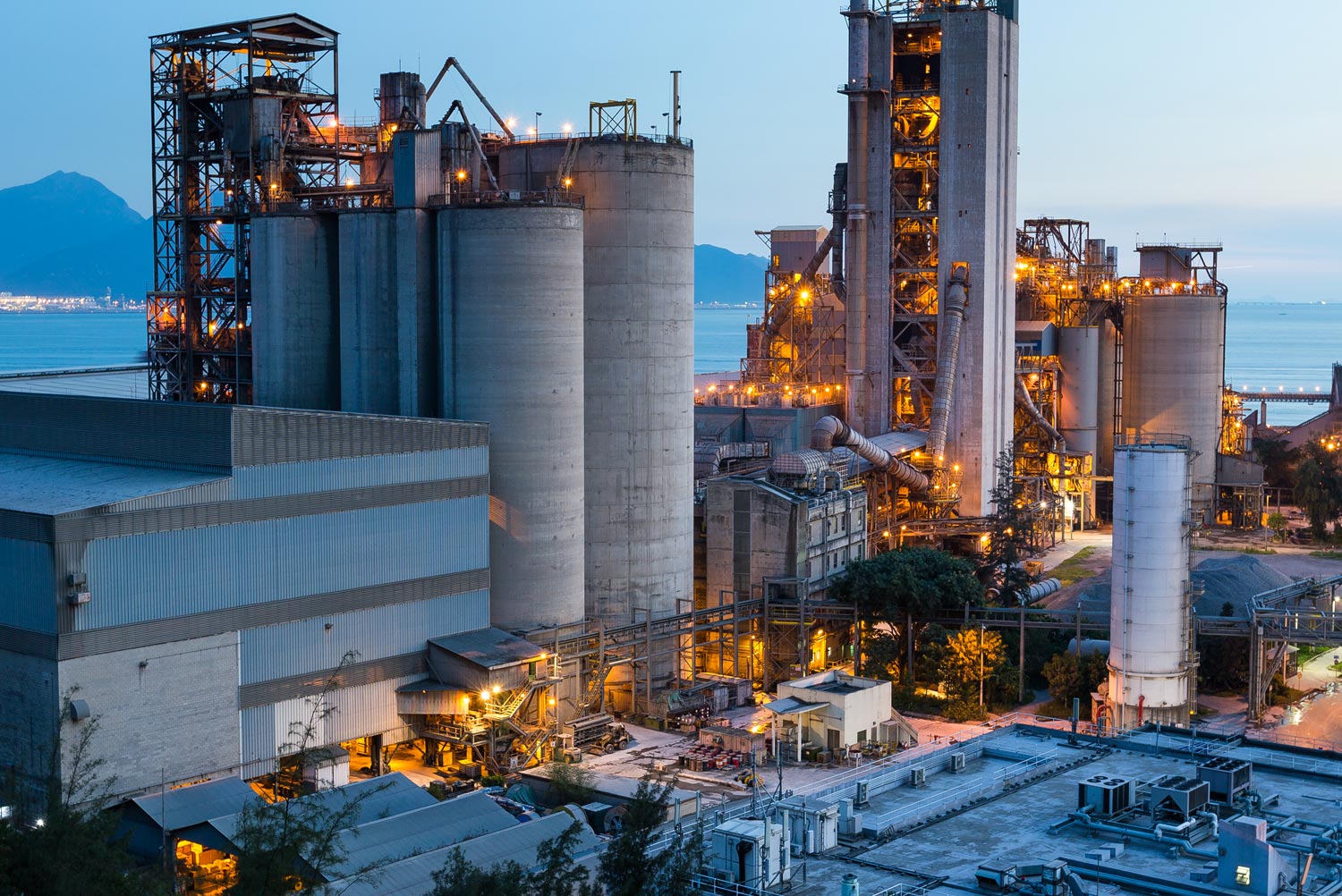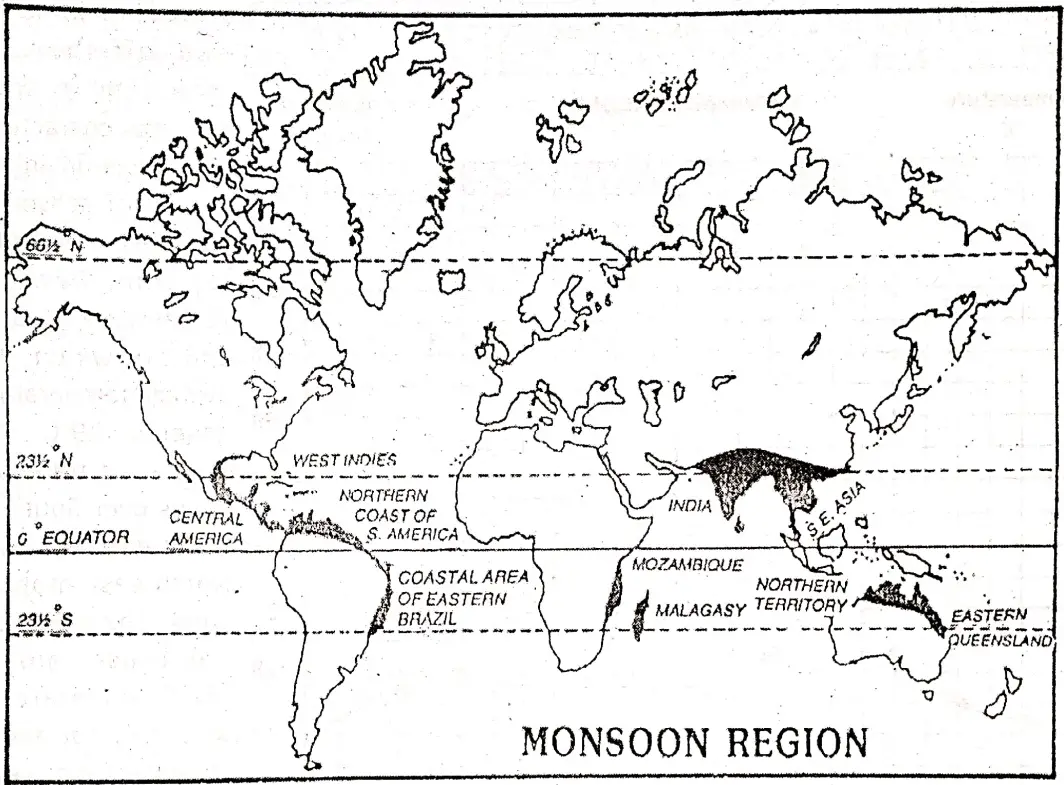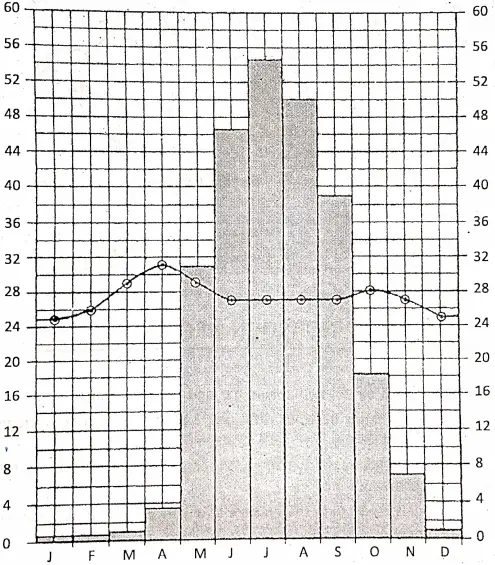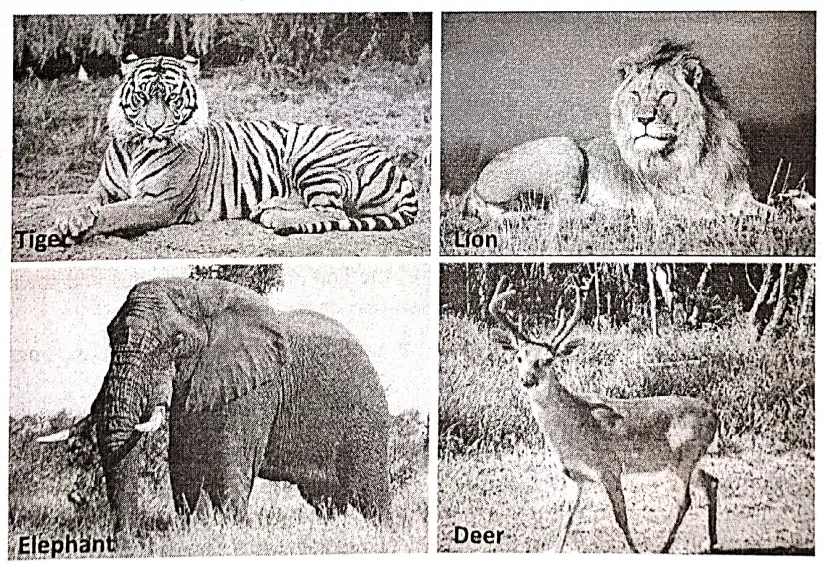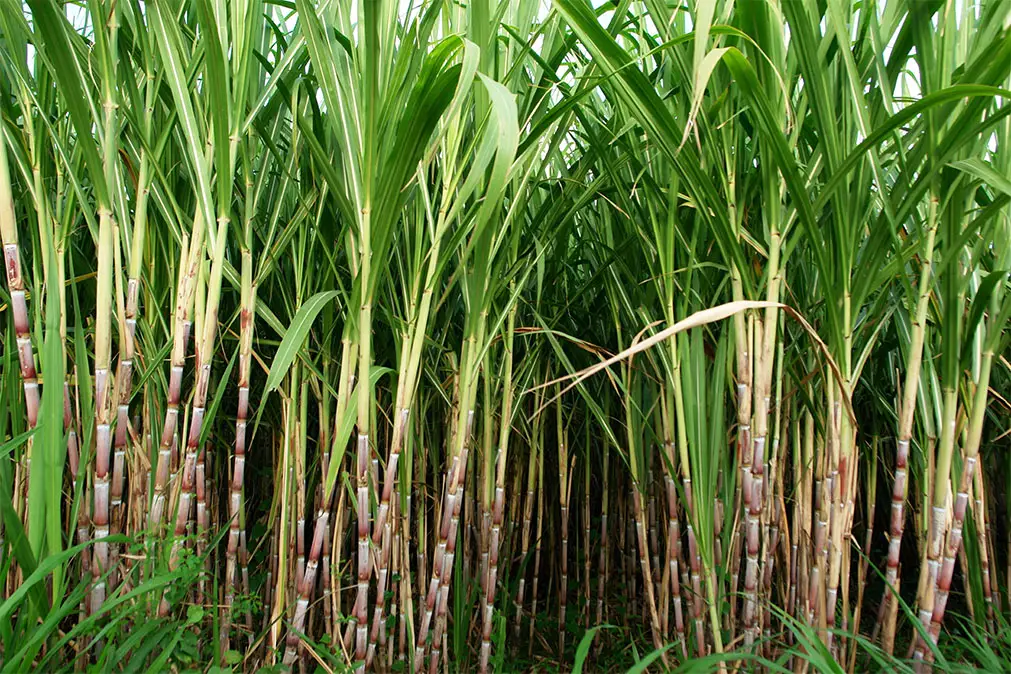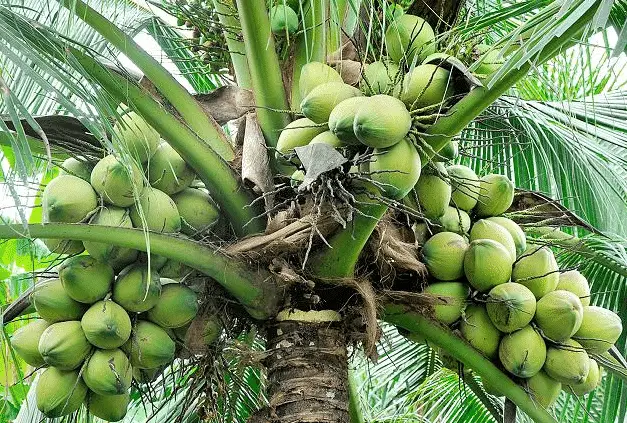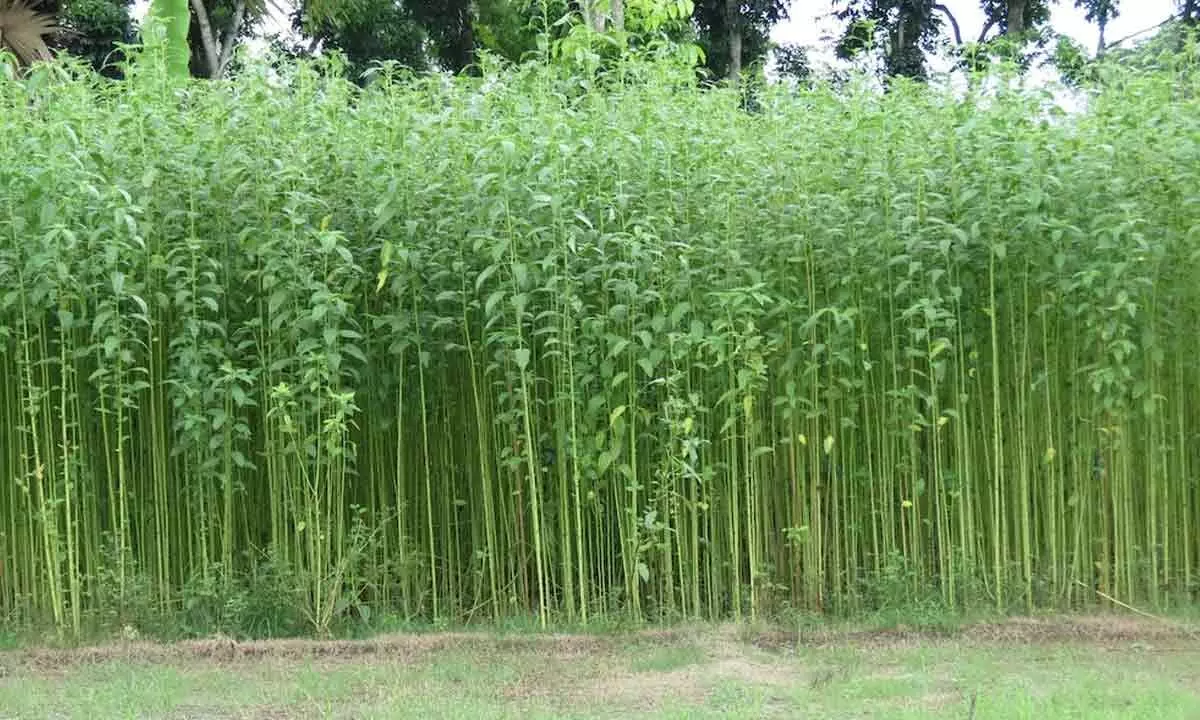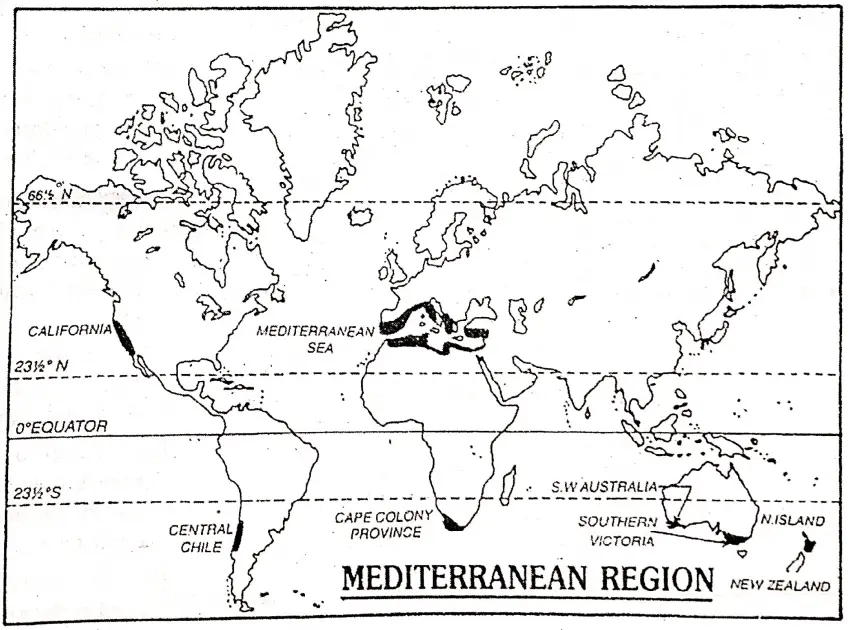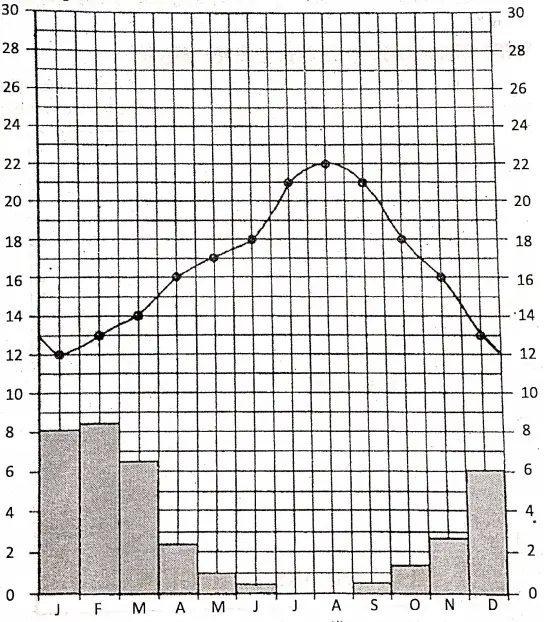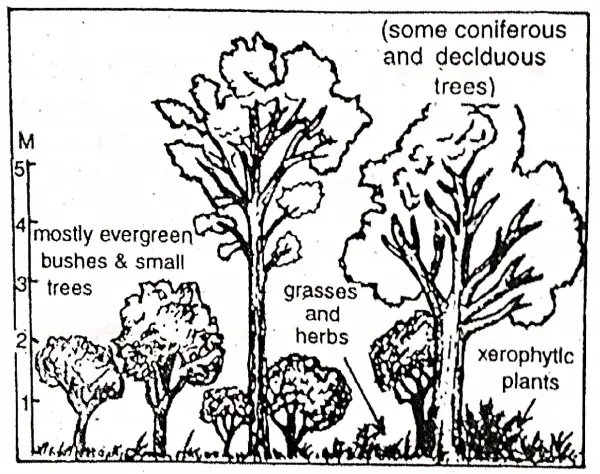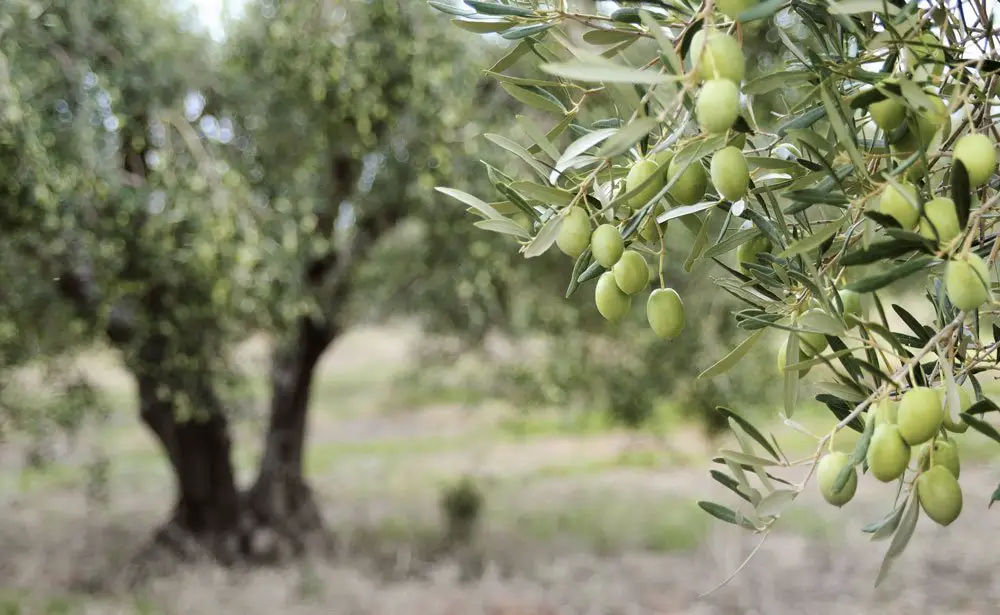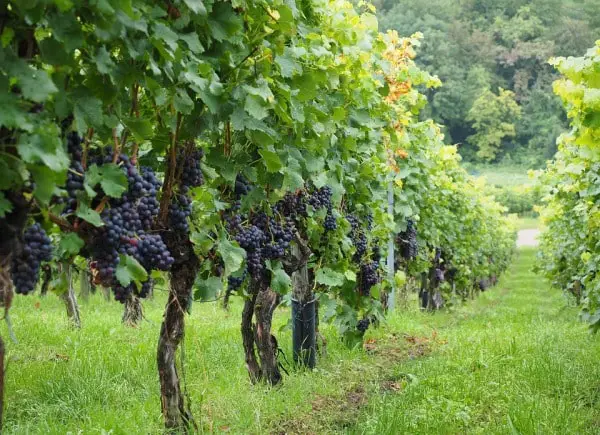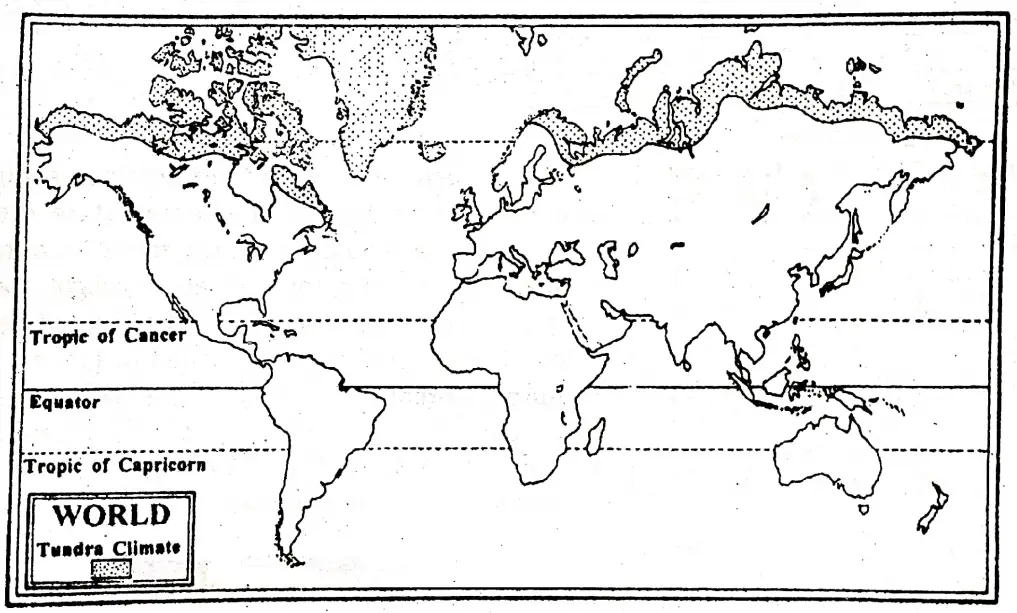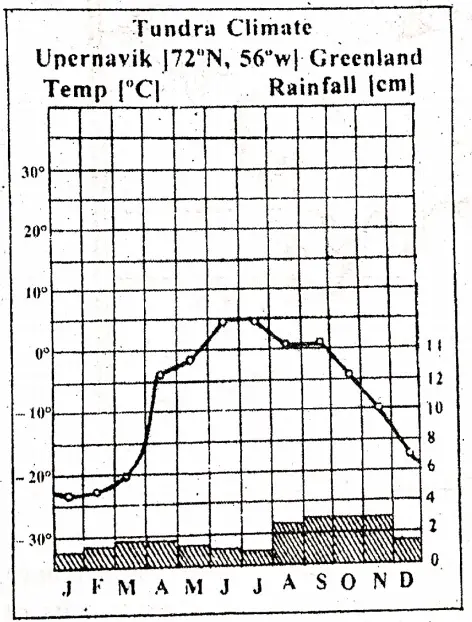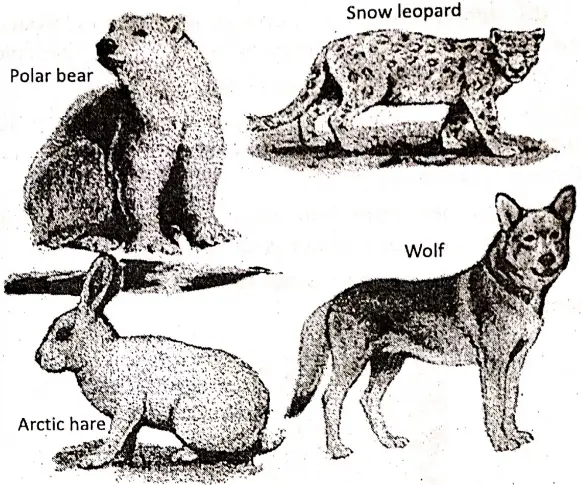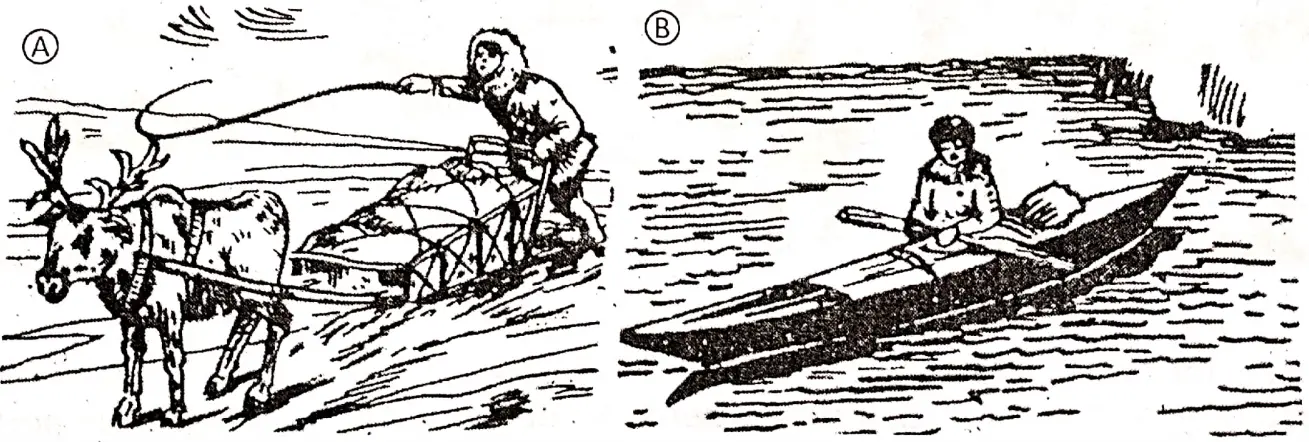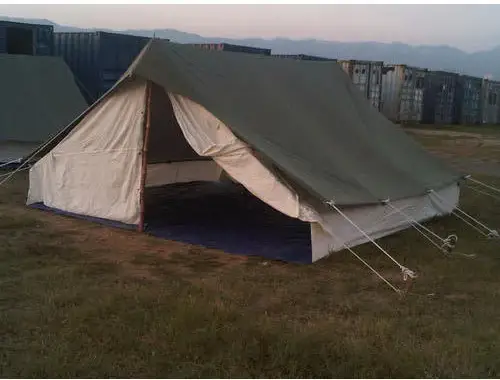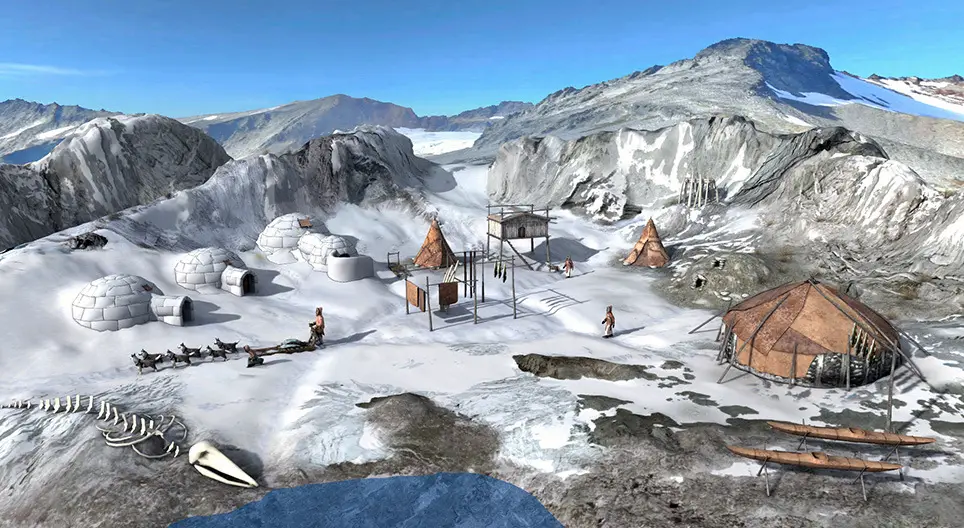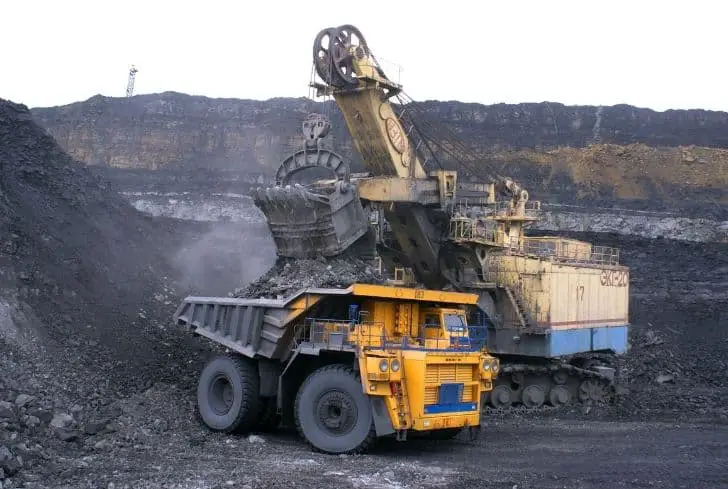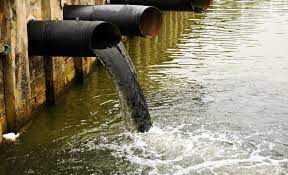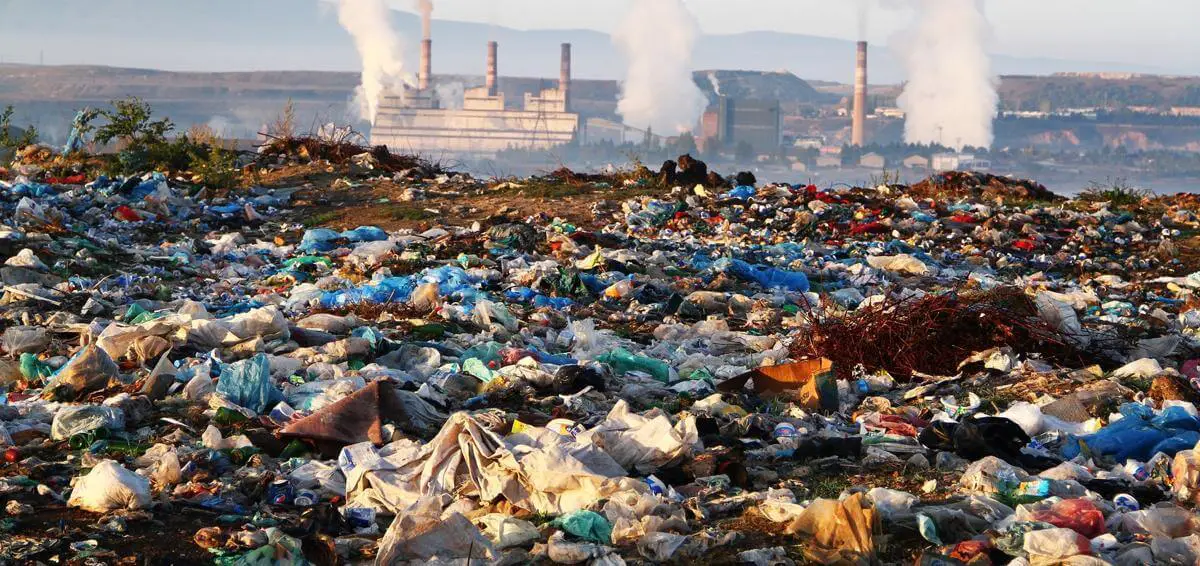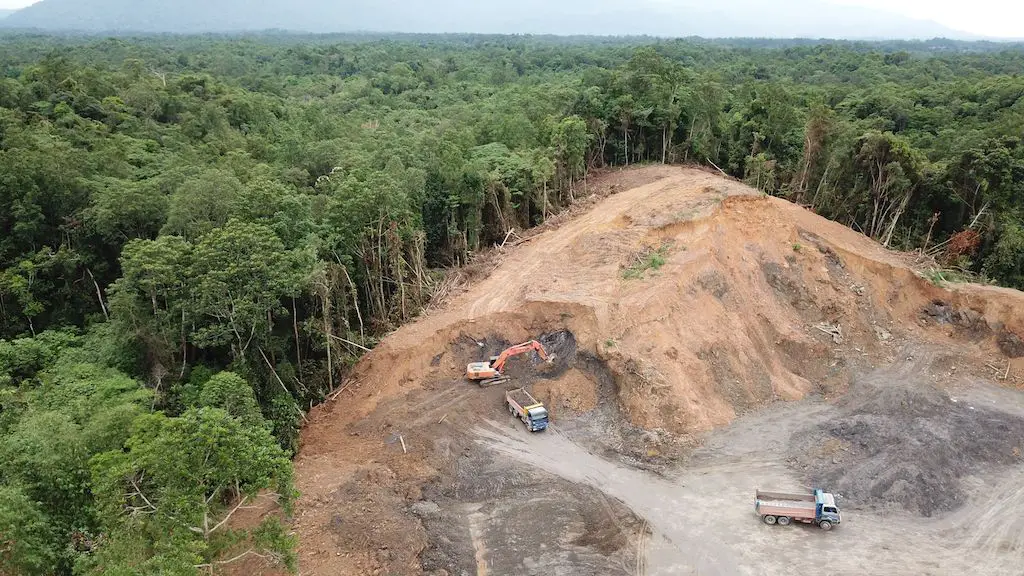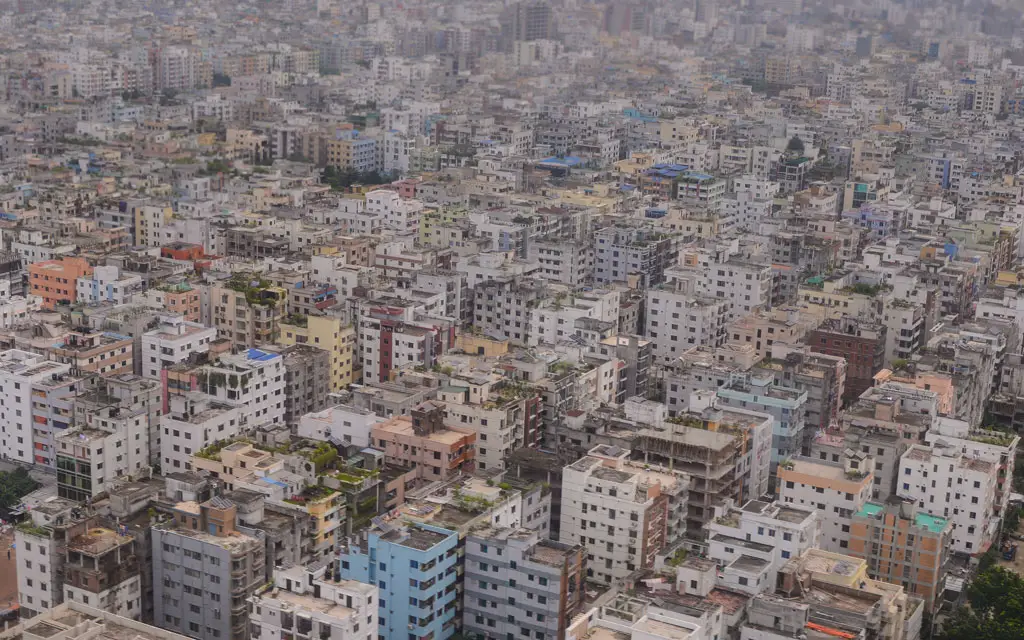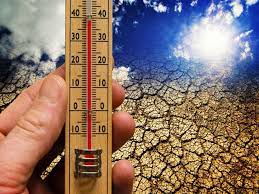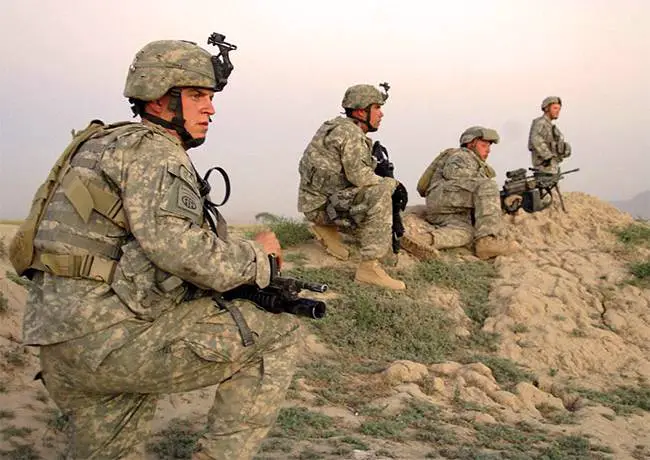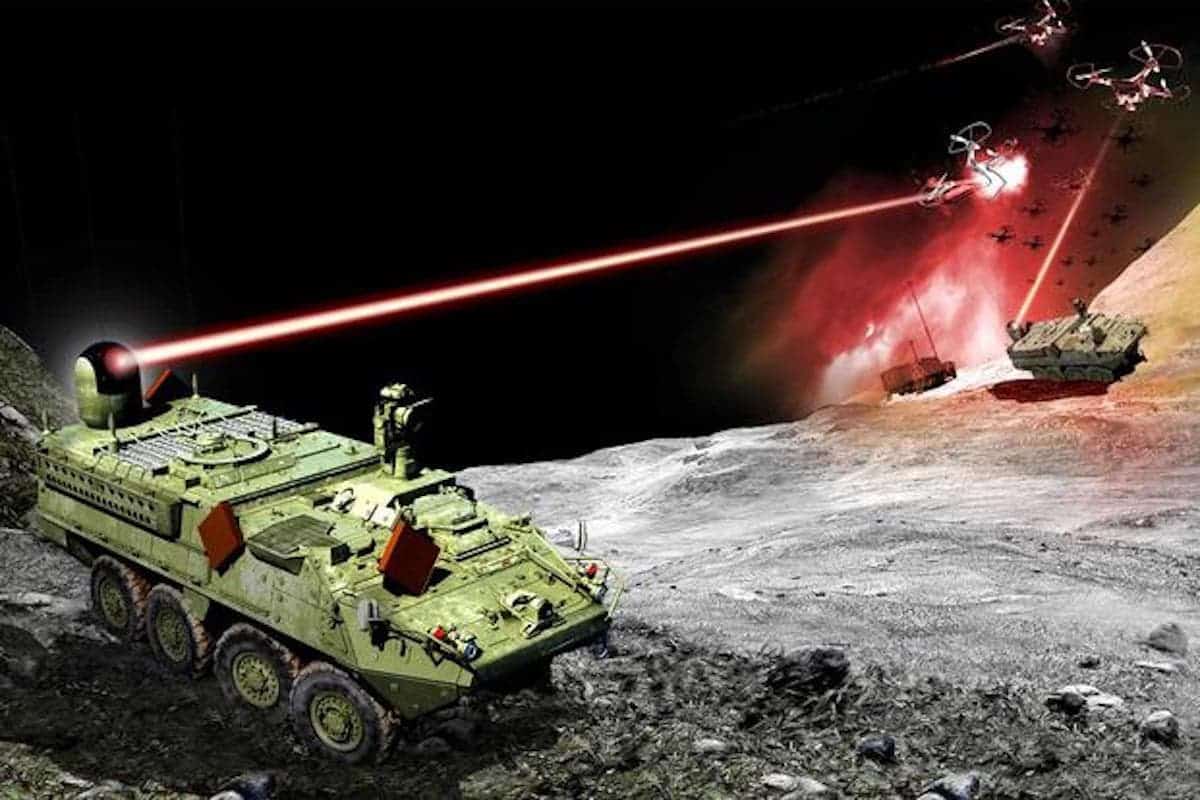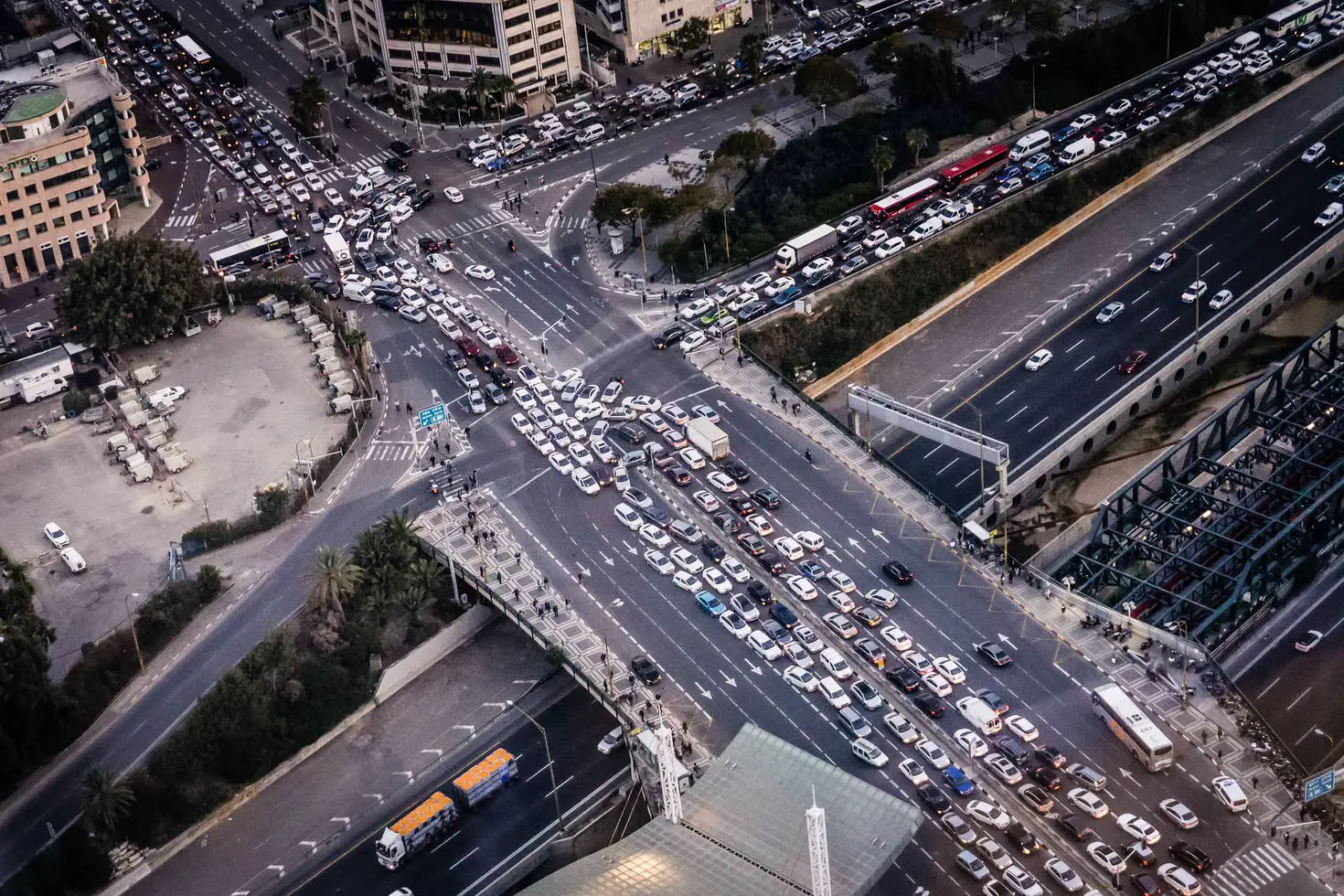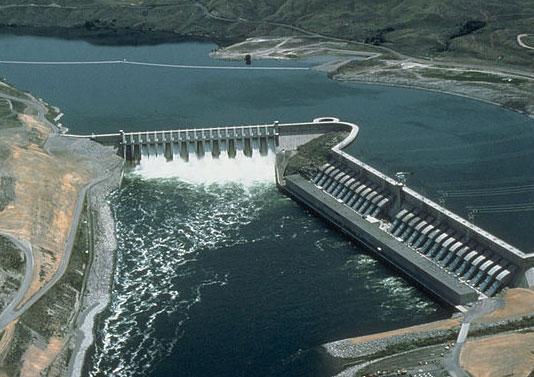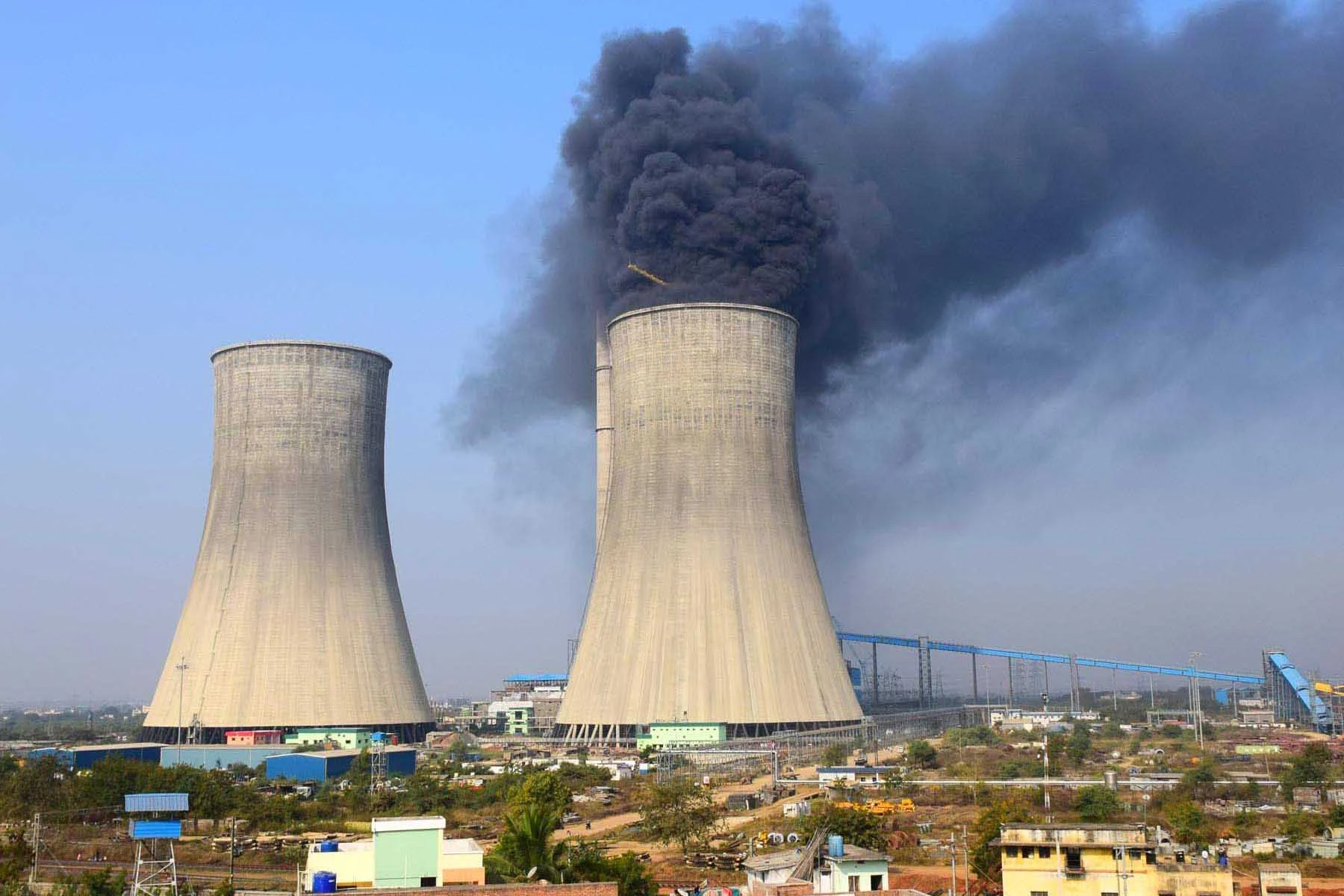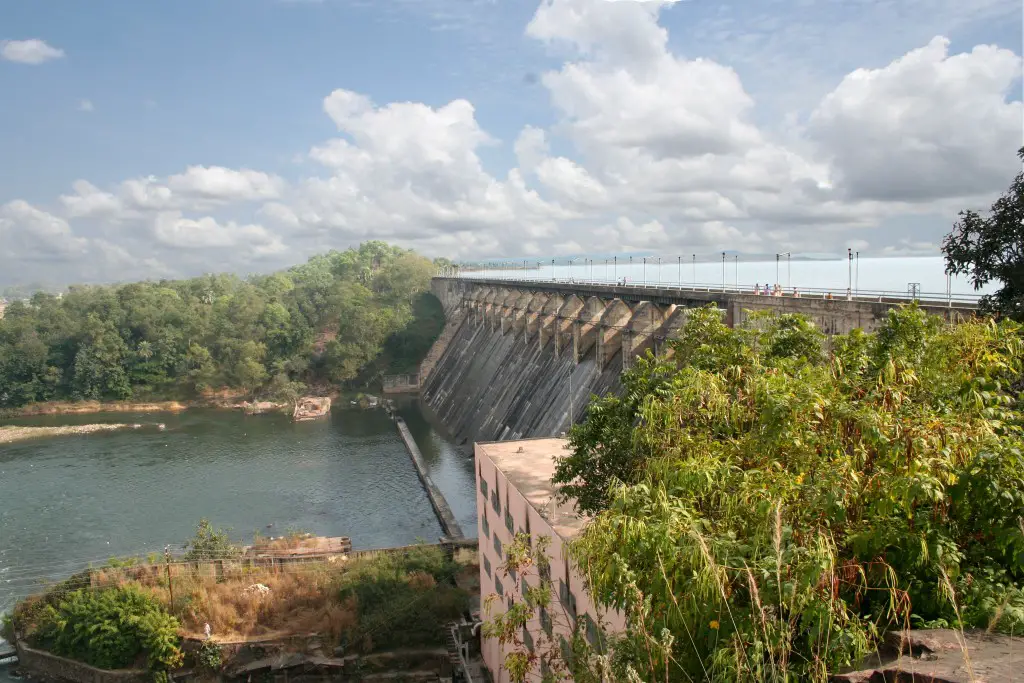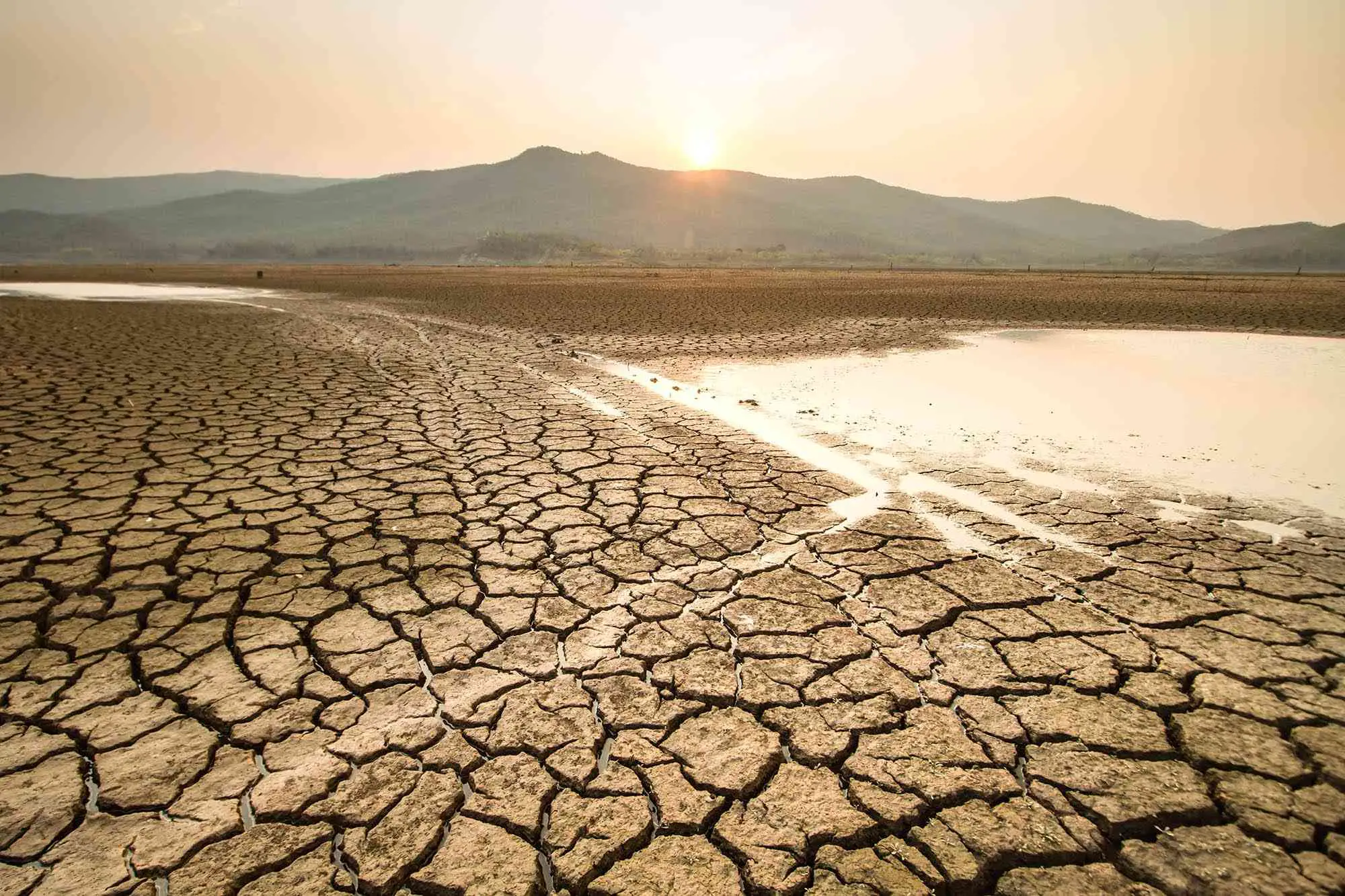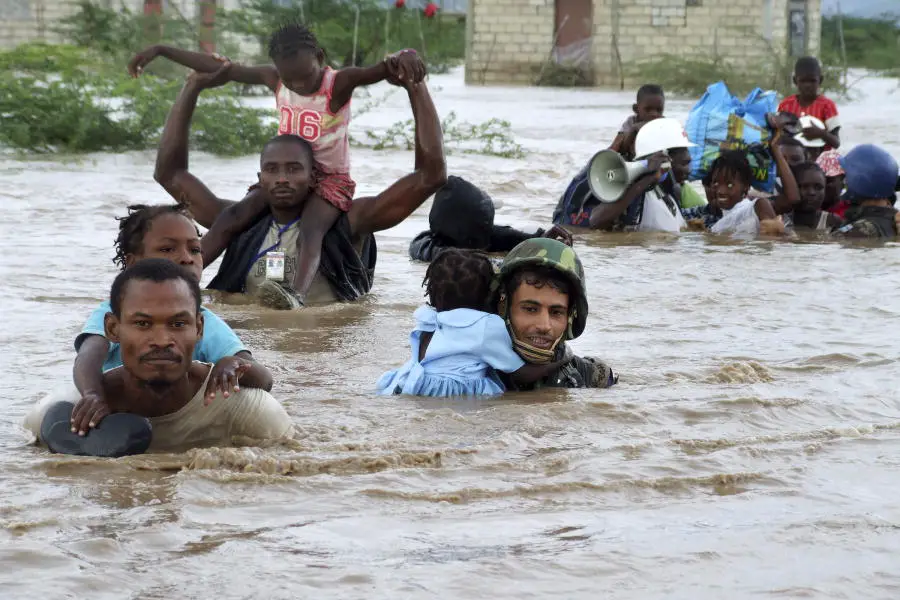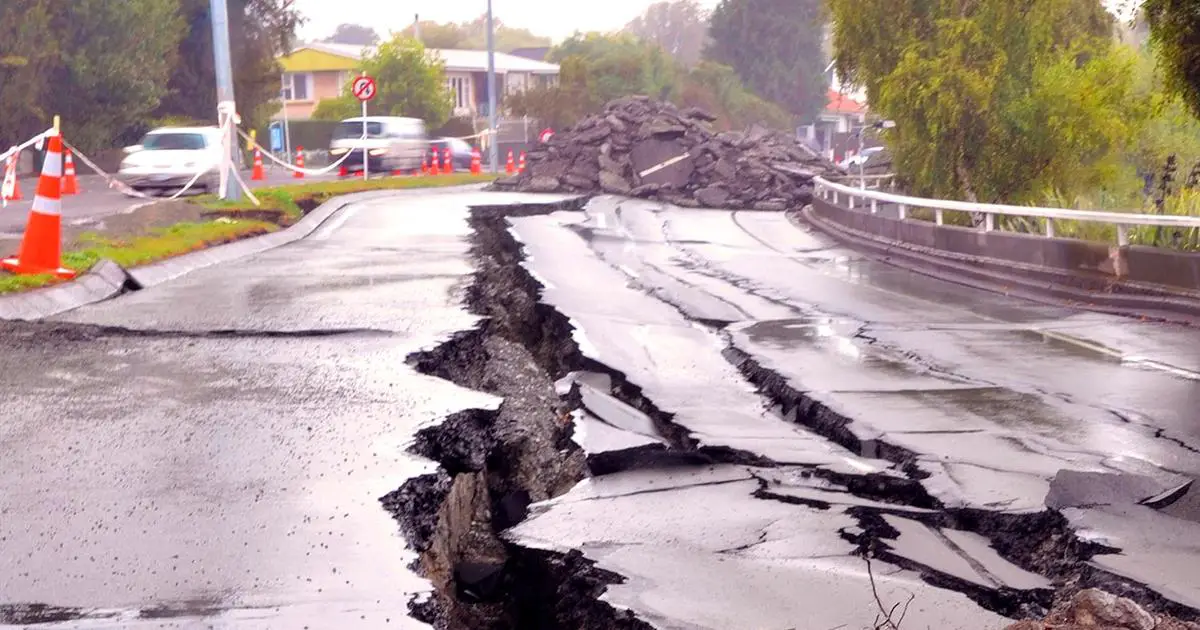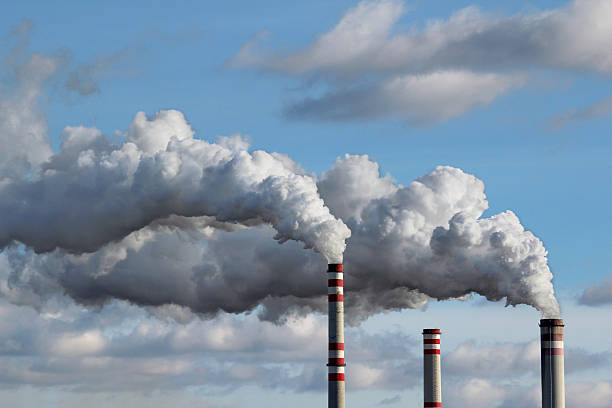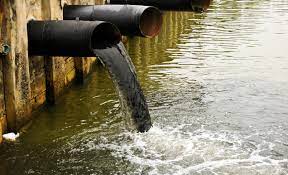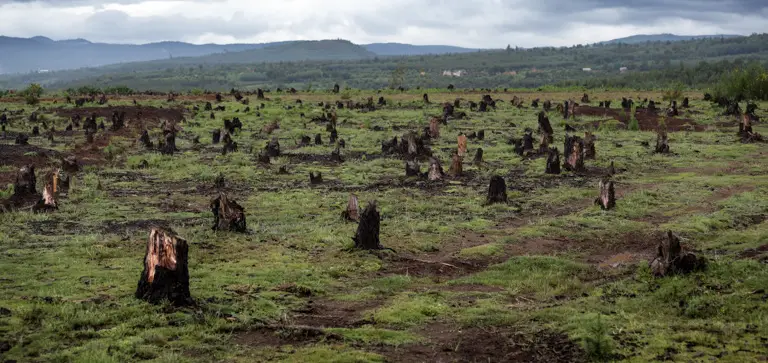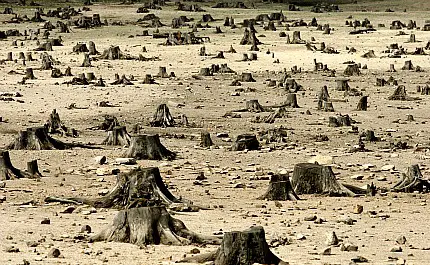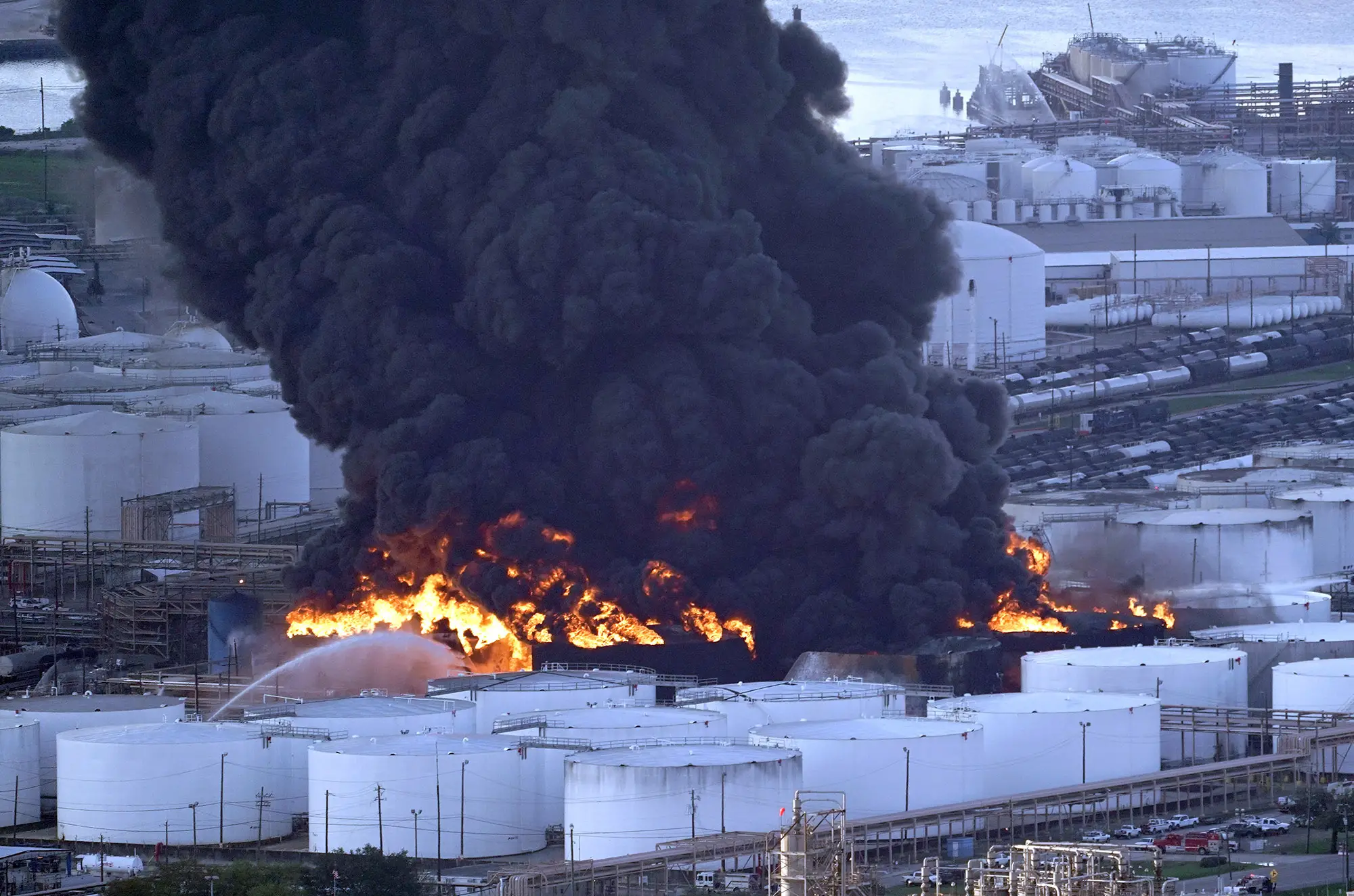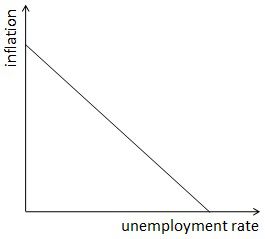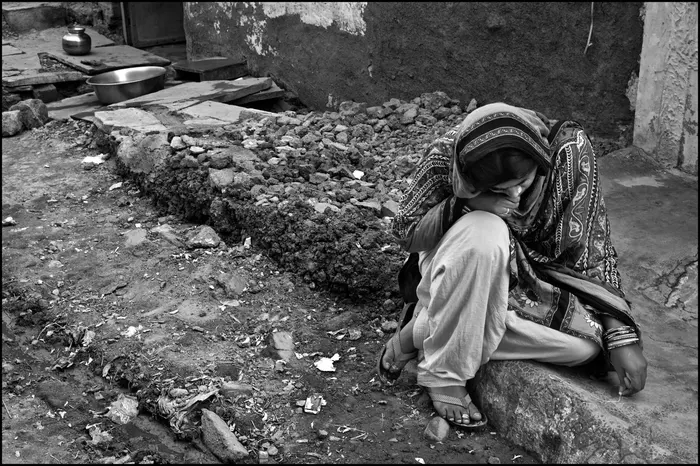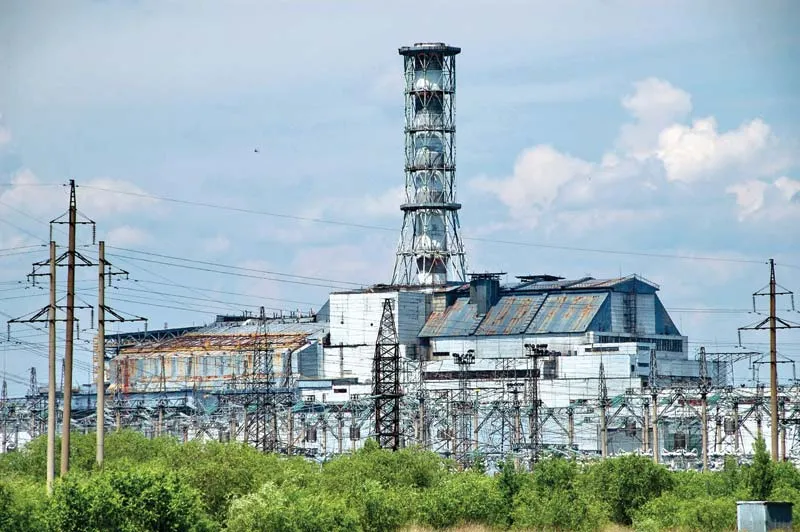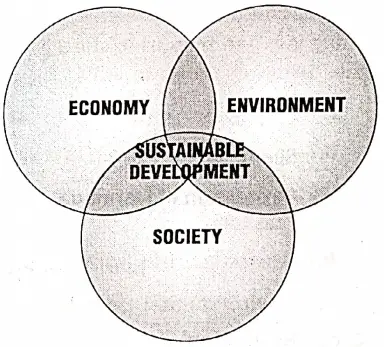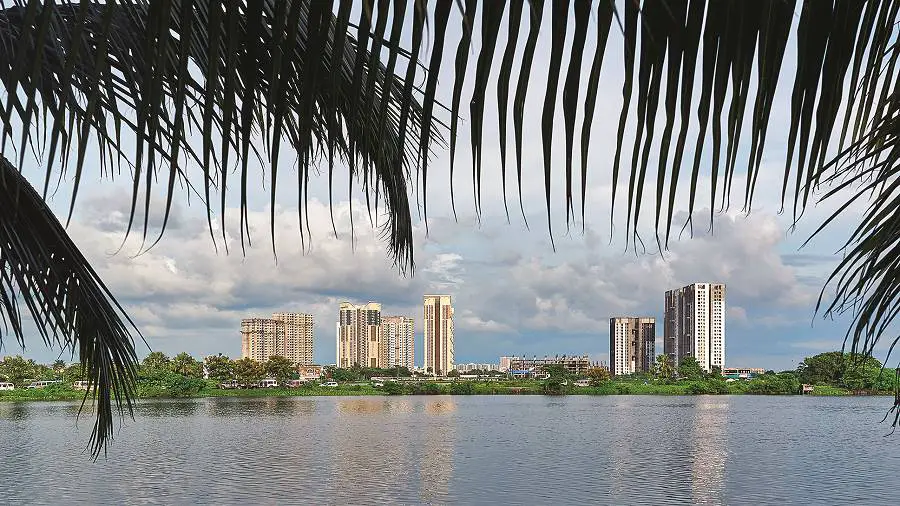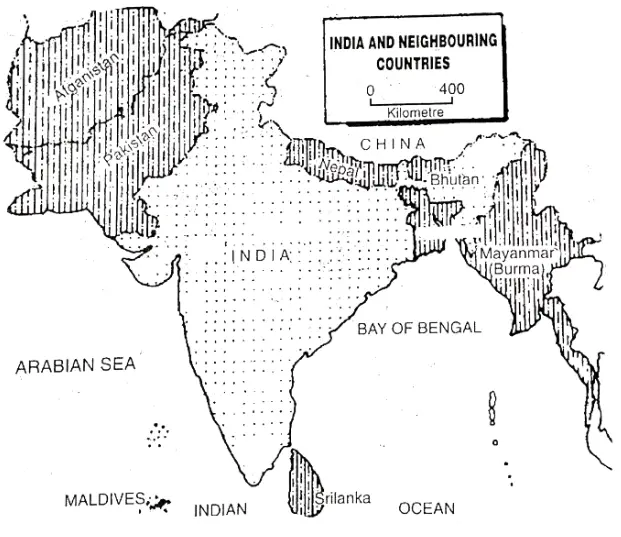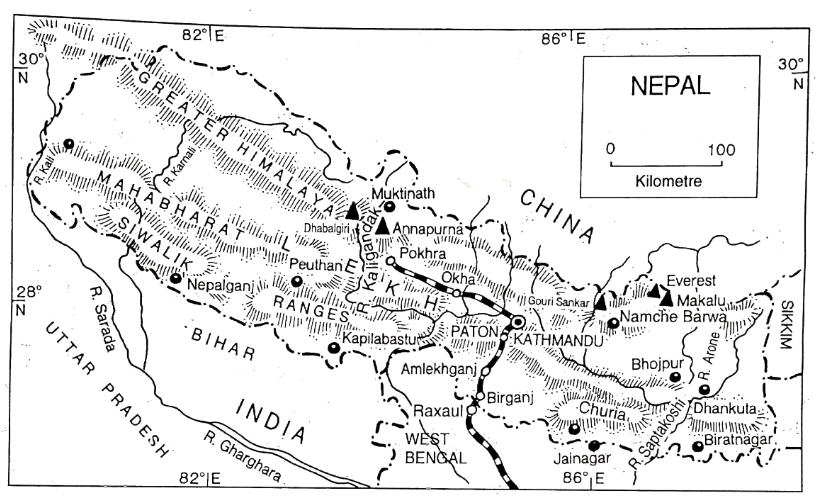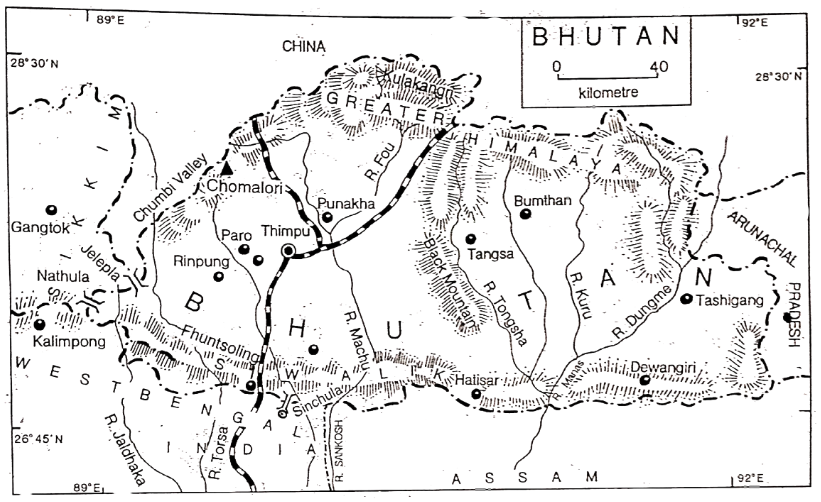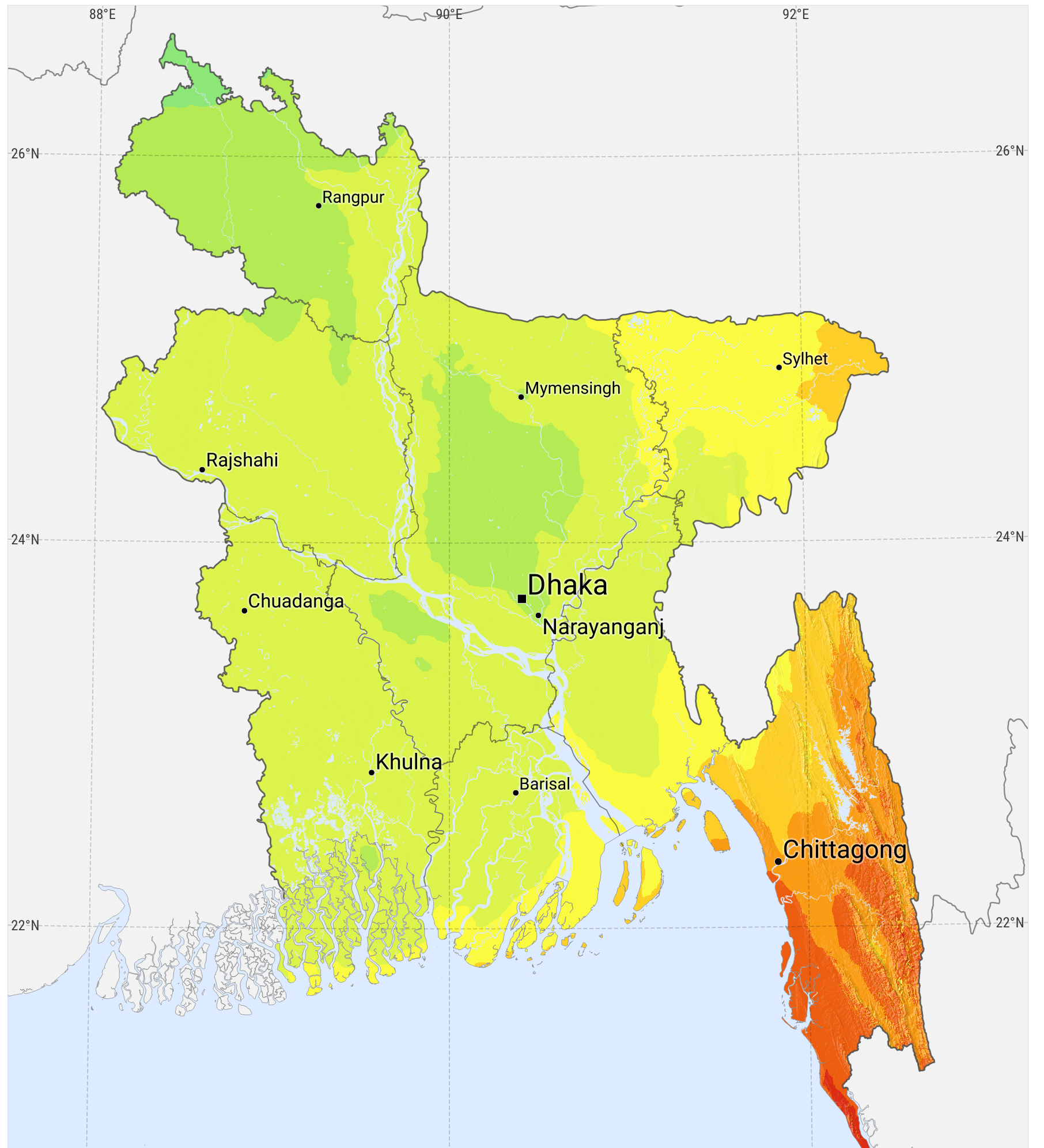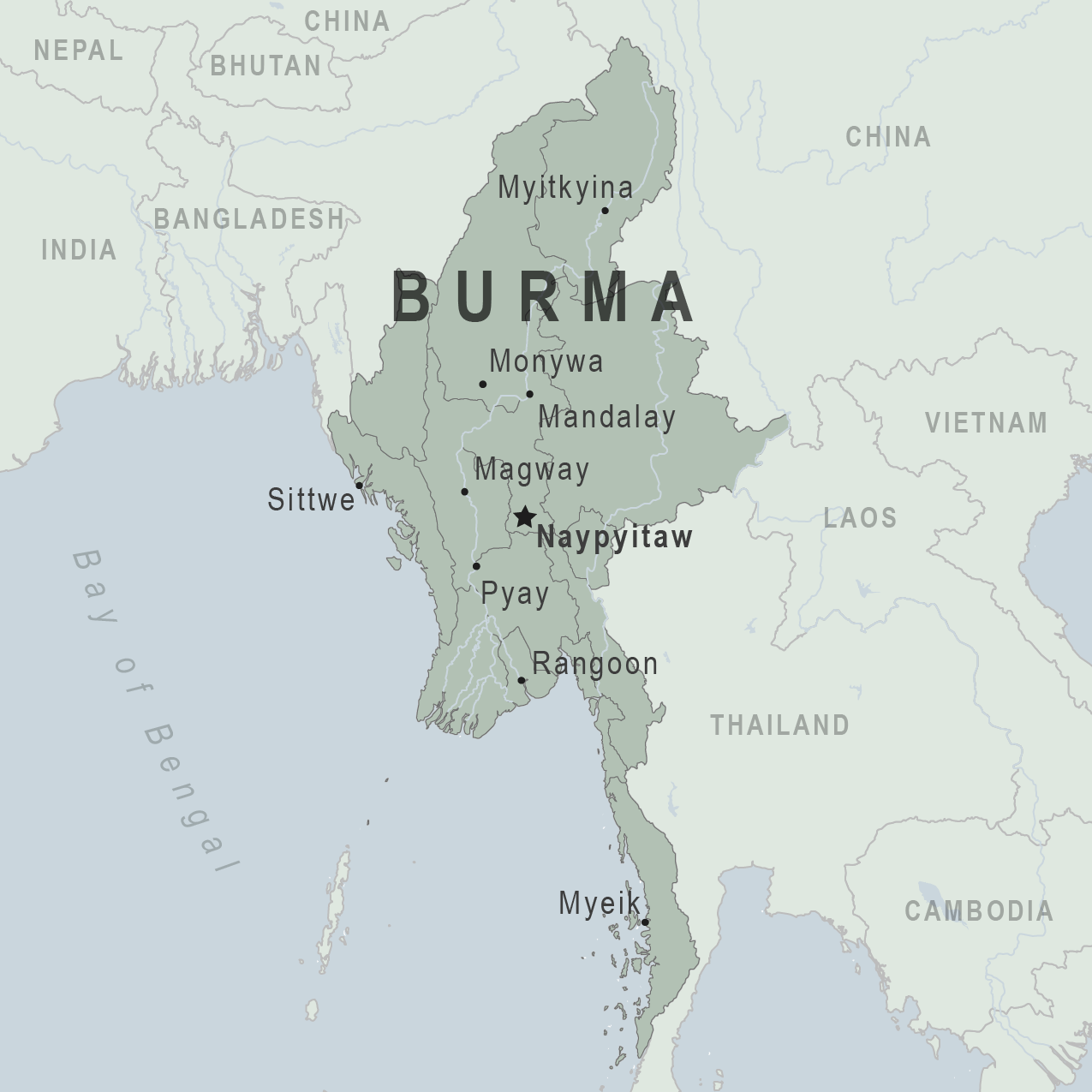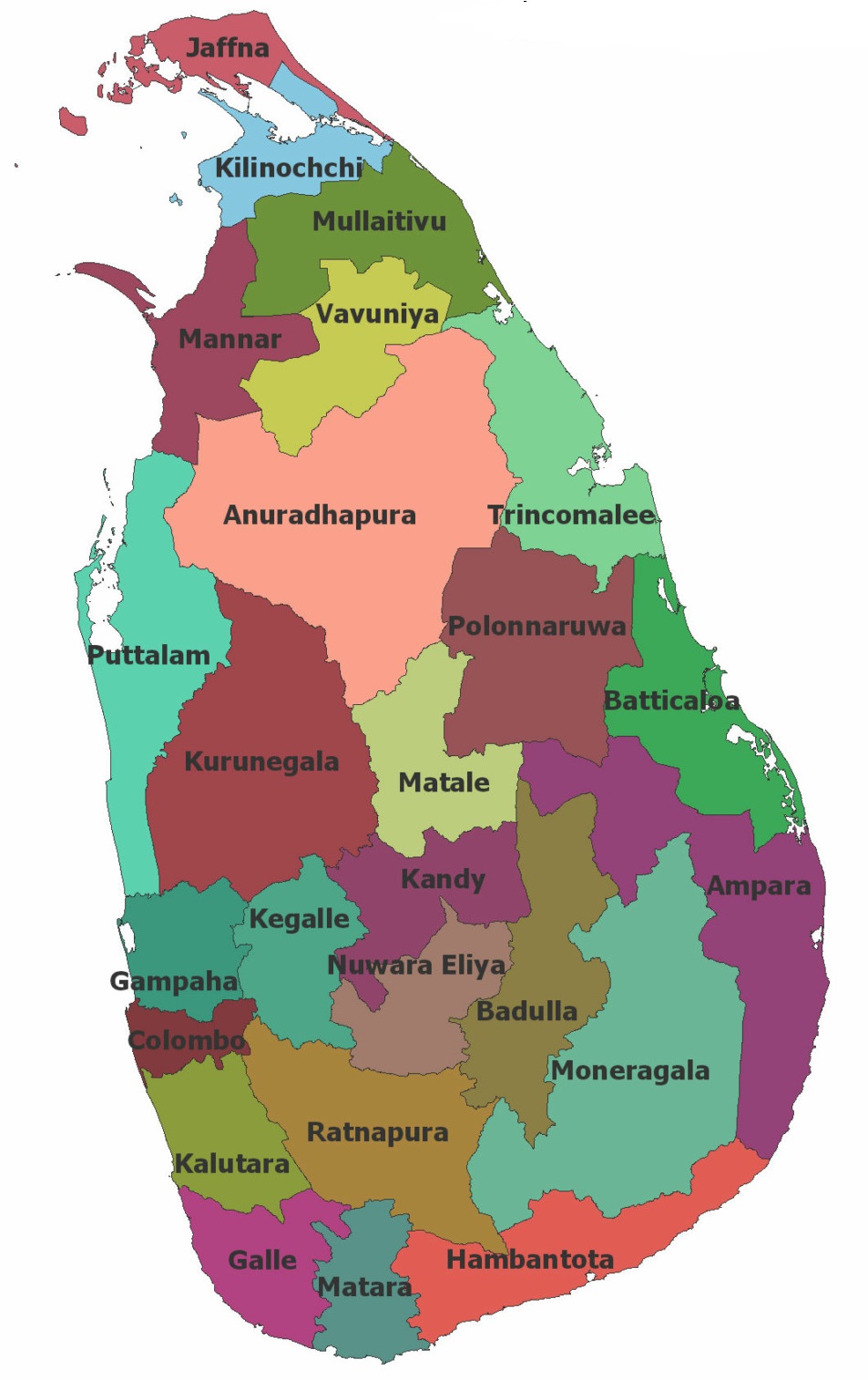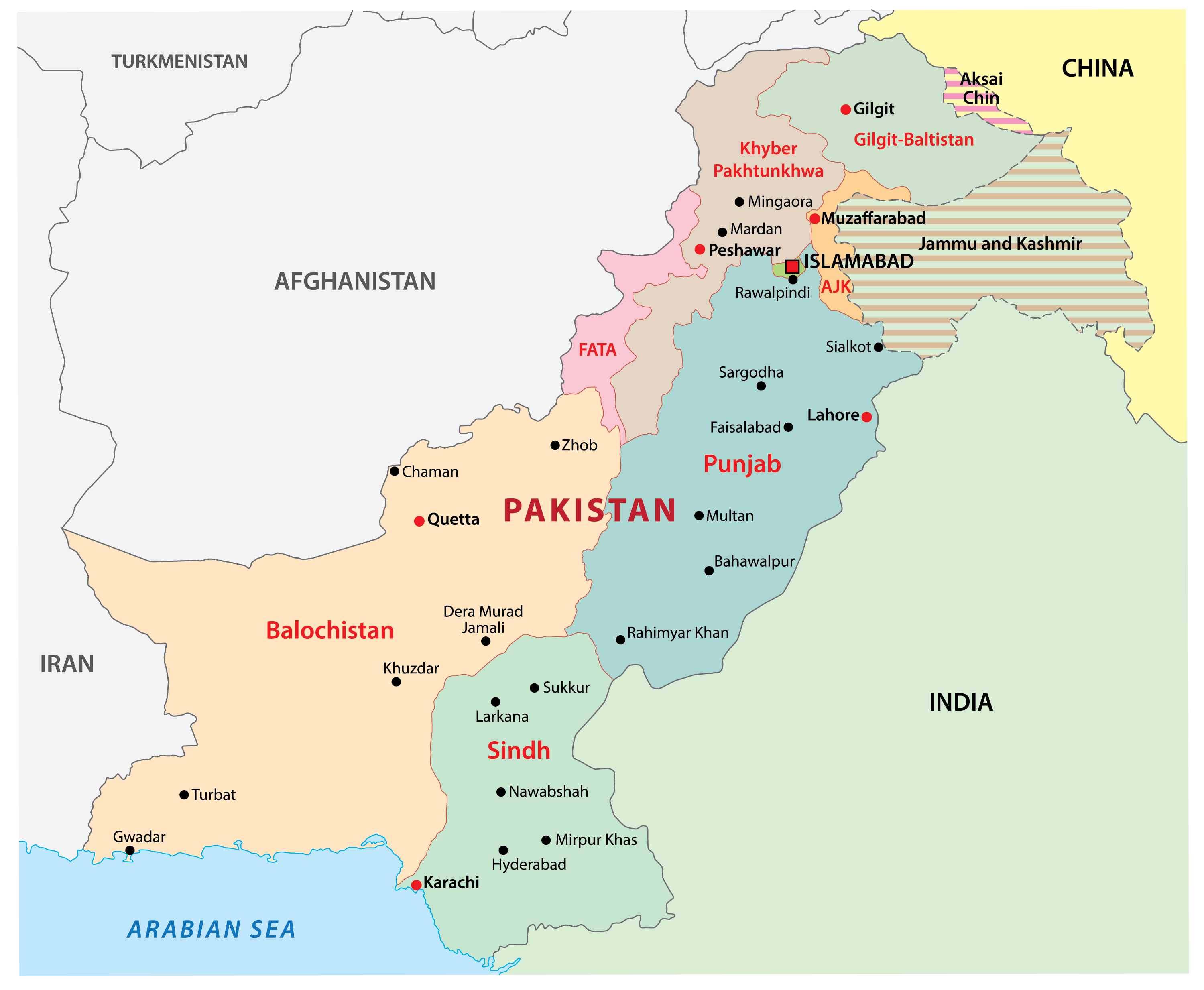Class IX Maths Solutions WBBSE Chapter 10 Profit And Loss
Definitions:
Cost price: The price at which a product is bought is called cost price.
Selling price: The price at which a product is sold is called the selling price.
Profit: If the selling price is greater the cost price there is profit.
Loss: In the selling price is less than the cost price there is losses.
Production cost: The cost of making a product is called production cost.
Marked price: The price which is written on a product or on its packet is called the marked price.
Discount: The difference between the market price and the selling price is called a discount.
Successive Discount: When a product is sold at a discount n, on the marked price, n, on remaining, n, on remaining; then ni, ng, ng…… are called successive discounts.
Read and Learn More WBBSE Solutions For Class 9 Maths
Note:
- Profit or loss is calculated on the cost price.
- Discount is always given on marked price.
Important Formulae :
- (Profit) = (SP) – (CP)
- (Loss) = (CP) – (SP)
- (CP) = (SP) – (Profit)
- (CP) = (SP) + (Loss)
- (SP) = (CP) + (Profit)
- (SP) = (CP) – (Loss)
- \(\text { Profit } \%=\frac{\text { Profit } \times 100}{\text { C.P. }}\)
- \(\text { Loss } \%=\frac{operatorname{Loss} \times 100}{C P}\)∴ \(\frac{C P}{S P}=\frac{100}{100+\text { Profit } \%}\)
- \(\mathrm{CP}=\frac{100}{100+\text { Profit } \%} \times \mathrm{SP}\)
- \(\mathrm{SP}=\frac{100+operatorname{Pr} \text { ofit } \%}{100} \times \mathrm{CP}\)
- \(S P=\frac{100}{100+105 S} \% \times P\)
Class 9 Mathematics West Bengal Board Chapter 10 Profit And Loss Exercise 10.1
Question 1. Let us fill up the following table:
| Cost price | Selling price | Profit Moss | Percentage profit\ loss |
| Rs. 500 | Profit 25 | ||
| Rs. 300 | Loss 7 | ||
| Rs. 1250 | Loss 8 | ||
| Rs. 23000 | Profit 15 |
Solution:
| Cost price | Selling price | Prof it Moss | Percentage profit \ loss |
| Rs. 500 | Rs. 625 | Rs. 125 | Profit 25 |
| Rs. 300 | Rs. 279 | Rs. 21 | Loss 7 |
| Rs. 1250 | Rs. 1150 | Rs. 100 | Loss 8 |
| Rs. 20,000 | Rs. 23000 | Rs. 3000 | Profit 15 |
Question 2. From the graph, let us find out the answers of the following questions:
- Let us write the relation between cost price and selling price by observing the graph.
- Let us write the selling price if the production cost of the jute bag is Rs. 60.
- Let us write the production cost if the selling price of the jute bag is Rs. 125 by observing the graph.
- Let us calculate and write the percentage of profit/loss from the graph.
- Let us write the percentage of profit/loss on the selling price from the graph.
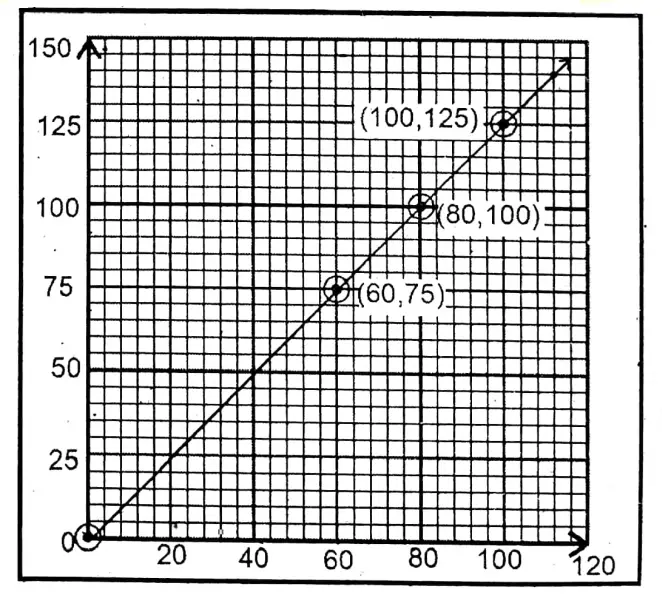
Solution: We measure the production cost of the jute bag on the x-axis and cost price of the jute bag on the y-axis; and the length of a side of the smallest square on the x-axis = Rs. 4; and the length of a side of the smallest square on y-axis = Rs. 5.
- Here cost price & selling price are proportional.
- Here the production cost is Rs. 60 & from the graph the selling price is Rs. 75.
- Here selling price is Rs. 125 & from the graph cost price is Rs. 100.
- Here profit = Rs. (125-100) Rs. 25.
∴ Profit = Rs. (125-100) = Rs. 25
∴ Profit = 25%. - Selling price = Rs 100 & production cost = Rs. 80.
∴ Profit = Rs. (100-80) = Rs. 20
∴ Profit = 20%.
Question 3. Subir’s uncle has sold a clock at the price of Rs 176. If the loss of Subir’s uncle is 12% by selling the clock, let us calculate and observe with how much money he has bought the clock.
Solution: The selling price of the clock = Rs. 176
Loss = 12%
∴ Cost price of the clock = is Rs. \(\frac{100}{100-12} \times 176\)
= \(\text { Rs. }=\frac{100}{88} \times 176\)
= Rs. 200
Question 4. Anoarabibi has sold each dozen lemons at Rs. 42 by buying 10 lemons at Rs. 30. Let us calculate and observe the percentage profit or loss Anoarabibi has made. [Hints: The cost price of 1 lemon = Rs. 1; the selling price of 1 lemon = Rs. \(\) paisa.]
Solution: Cost price of 10 lemons = Rs. 30
∴ Cost price of 1 lemon = Rs. \(\frac{42}{12}\) = Rs. 3
∵ Selling price of 12 lemons = Rs. 42
∴ The selling price of 1 lemon = Rs. \(\frac{42}{12}\) = Rs. \(\frac{7}{2}\)
Profit = Rs. \(\left(\frac{7}{2}-3\right)\) = Rs. \(\frac{1}{2}\)
% profit = \(\frac{1 \times 100}{2 \times 3}\)
Profit = \(\frac{50}{3}=16 \frac{2}{3} \%\)
∴ Profit = \(16 \frac{2}{3} \%\)
Question 5. Amalbabu sold a picture at 20% loss. But he made a profit of 5% if he sold it with Rs. 200 more. Let us calculate and observe the cost price of the picture he has bought.
Solution: Let the cost price = Rs. x, loss 20%
∴ S.P. = Rs. \(\frac{80}{100} \times x\)
= Rs. \(\frac{4 x}{5}\)
Next time S.P. = Rs. \(\left(\frac{4 x}{5}+200\right)\)
S.P. at 5% profit= \(\frac{105}{100} x x=\text { Rs. } \frac{21 x}{20}\)
\(\frac{21 x}{20}=\frac{4 x}{5}+200\)or, \(\frac{21 x}{20}-\frac{4 x}{5}=200\)
or, \(\frac{21 x-16 x}{20}=200\)
or, \(\frac{5 x}{20}=200\)
or, \(\frac{x}{4}=200\)
or, x =800
∴ Cost price = Rs. 800
Question 6. Supriya has bought a clock. If she sells the clock at Rs. 370, her profit will be equal to the loss for selling it at Rs. 210. Let us calculate and write the cost price of the clock.
Solution: Let C.P. of the clock = Rs. x.
Profit = Rs. (370-x)
Loss = Rs.s (x-210)
X-210 = 370-x
or, x + x = 370 + 210
or, 2x = 580
or, =\(\frac{580}{2}\)
or, x = 290
=Rs. 290
Class 9 Maths WB Board
Question 7. My elder sister bought an umbrella from Arun’s uncle’s shop for Rs. 255. If Arun’s uncle gave a 15% discount on the market price, then let us write after calculating the marked price of the umbrella.
Solution: Let the marked price of the umbrella be Rs. x.
∴ Discount 15%, of Rs. \(x=\frac{15}{100} x\)
∴According to the question,
= \(\begin{aligned}
& =x-\frac{10}{100}=255 \\
& =\frac{100 x-15 x}{100}=255 \\
& =\frac{85 x}{100}=255
\end{aligned}\)
∴ \(x=\frac{255 \times 100}{85}=300\)
∴ The marked price of the umbrella = is Rs. 300.
Question 8. My friend bought a storybook at a 25% discount on the written price. If he sells the book at the written price then let us write the profit percentage after calculation.
Solution: Let the written price of the book = be Rs. 100.
∴ Discount of Rs. 100 = Rs. \(\frac{100 \times 25}{100}\) = Rs.25
Cost price Rs. (100-25)= Rs. 75
Profit by selling at written price = Rs. (100-75) = Rs. 25.
\(\begin{aligned}& \text { Profit } \%=\frac{\text { Profit } \times 100}{\text { Cost price }} \\
& \begin{aligned}
\text { Profit } & =\frac{25 \times 100}{75} \% \\
& =\frac{100}{3} \% \\
& =33 \frac{1}{3} \%
\end{aligned}
\end{aligned}\)
∴ \(\text { Profit }=33 \frac{1}{3} \%\)
Class 9 Maths WB Board
Question 9. Niyamatchacha has bought 150 eggs at the rate of Rs 5 each. But after bringing to the shop, he saw that 8 eggs are broken and 7 eggs are rotten. If he sells each egg at Rs. 6, then what will be the profit/loss percentage of Niyamatchacha – let us calculate and write.
Solution: C.P. of 150 eggs at Rs. 5 each = Rs 150 x 5 = Rs. 750.
Now 8 eggs are broken & 7 eggs are rotten.
Remaining no. of eggs (150-15) = 135
S.P. of 135 eggs at Rs. 6 each = Rs. 135 x 6 Rs. 810.
Profit Rs. (810-750) = Rs. 60
Profit % = \(\frac{60 \times 100}{750}\)
Profit = 8%
Question 10. Asifchacha sold a toy at 5% profit. If the cost price of the toy is less by 20% and the selling price is less by Rs 34, then Asifchacha would make a 10% profit. Let us calculate the cost price of the toy.
Solution: Profit = 5%
∴ The selling price of the toy = Rs. \(\frac{105}{100} \times x=\text { Rs. } \frac{21 x}{20}\)
Less in cost price = Rs. x 20%
= \(\text { Rs. } \frac{x \times 20}{100}=\text { Rs. } \frac{x}{5}\)
∴ New cost price = \(\left(x-\frac{x}{5}\right)=\operatorname{Rs} \cdot \frac{4 x}{5}\)
2nd time selling price = \([\text { Rs. }\left(\frac{21 x}{20}-34\right)\)
New selling price at 10% profit on cost profit = \(\text { Rs. } \frac{110}{100} \times \frac{4 x}{5}=\text { Rs. } \frac{22 x}{25}\)
According to the problem, \(\frac{21 x}{20}-34=\frac{22 x}{5}\)
or, \(\frac{21 x}{20}-\frac{22 x}{25}=34\)
or, \(\frac{105 x-88 x}{100}=34\)
or, \(\frac{17 x}{100}=34\)
or, \(x=\frac{34 \times 100}{17}\)
or, x = 200
=Rs.200
Class 9 Maths WB Board
Question 11. There is a loss of 4% by selling 12 commodities at Rs. 1. To make 44% profit how many commodities have to be sold at Rs. 1?
Solution: S.P. of 12 commodities = Rs.1.
Loss = 4%
∴ C.P. of 12 commodities = \(\text { Rs. } \frac{100}{96} \times 1 \mathrm{Rs} .=\frac{25}{24}\)
Profit = 44%
=\(\frac{1.44}{100} \times \frac{100}{96}=\text { Rs. } \frac{3}{2}\)
∴ Rs. 3/2 is the S.P. of 12 commodities
∴ 1 is the S. P. of \(\frac{12 \times 2}{3}\) = 8 commodities
Question 12. By producing two saris, Rama aunty sold a sari at 15% profit and another at 20% profit. She has made a total profit of Rs. 262.50. If the ratio of production costs of two saris is 1 : 3, what will be the production cost of each of the two saris?
Solution: Let the production price of two series be Rs. x & Rs. 3x respectively. Total profit 15% on Rs. x + 20% on Rs. 3x
& =\text { Rs. }\left(\frac{x \times 15}{100}+\frac{3 x \times 20}{100}\right) \\
& =\text { Rs. } \frac{15 x+60 x}{100} \\
& =\text { Rs. } \frac{75 x}{100} \\
& =\text { Rs. } \frac{3 x}{4}
\end{aligned}\)
Class 9 Math Solution WBBSE
According to the problem,
\(\begin{aligned}
& \frac{3 x}{4}=262.50 \\
& \text { or, } x=\frac{26250 \times 4}{100 \times 3}
\end{aligned}\)
or, x = 350
∴ C.P. of 1st Sari = Rs. 350
& C.P. of 2nd sari = Rs. 3 x 350 = Rs. 1050
Question 13. One man bought some toffees at the rate of Rs. 2 for 15 pieces. He sold them at the rate of half of the money for 5 pieces and at the rate of the remaining half of the money for 10 pieces. What will be his profit/loss percentage?
Solution: Let the man buy x toffees at Rs. 2 for 15 toffees.
∴ Cost price of x toffees = \(\text { Rs. } \frac{2 x}{15}\)
∵ 1st the time he sold \(\frac{x}{2}\) toffees at the rate of Re. 1 for 5 toffees.
∴ Selling price \(\frac{x}{2}\) toffees = \(\text { Rs. } \frac{1}{5} \times \frac{x}{2}=\text { Rs. } \frac{x}{10}\)
∵ 2nd time he sold \(\frac{x}{2}\) toffees at the rate of Re. 1 for 10 toffees.
∴ Selling price of \(\frac{x}{2}\) toffees = \(\text { Rs. } \frac{x}{2} \times \frac{1}{10}=\text { Rs. } \frac{x}{20}\)
Total selling price = \(\text { Rs. }\left(\frac{x}{10}+\frac{x}{20}\right)\)
\(=\text { Rs. } \frac{2 x+x}{20}=\text { Rs. } \frac{3 x}{20}\)Profit Selling price – cost price
\(\begin{aligned}& =\text { Rs. }\left(\frac{3 x}{20}-\frac{2 x}{15}\right) \\
& =\text { Rs. } \frac{9 x-8 x}{60}=\text { Rs } \frac{x}{60}
\end{aligned}\)
Class 9 Math Solution WBBSE
∴ Profit % = \(\frac{x}{60} \frac{1}{2 x / 15} \times 100\)
∴ Profit = \(\frac{25}{2} \%=12 \frac{1}{2} \%\)
= \(12 \frac{1}{2} \%\)
Question14. Afsarchacha made two wooden chairs at same price and he put the marked price for each chair as Rs. 1250. He made a profit of 15% by selling one chair at 8% discount. If he sold the second chair at Rs. 1120, then let us calculate his overall percentage of profit.
Solution: Let the marked price of each chair = Rs. 1250
S.P. of one chair at 8% discount \(=\frac{1250 \times 8}{100}\) = Rs. 100
S.P of 1st chair = Rs. (1250-100) = Rs. 1150
Profit = 15%
The production cost of 1st chairs = \(\text { Rs. } \frac{100}{115} \times 1150\) = Rs. 1000
∴ Total cost of two chair = Rs. (1000+ 1000) = Rs. 2000
Total selling price = Rs. (1150+1120) = Rs. 2270
Profit Rs. (2270-2000) = Rs. 270
Profit % = \(\text { Rs. } \frac{270 \times 100}{2000}\)
Profit =\(\frac{27}{2} \%\)= 13.5%
Overall profit = 13.5%.
Ganit Prakash Class 9 Solutions
Question 15. The market price of a special type of pen is Rs. 36.50. By selling the pen to Shuvam with a discount of Rs. 2.90, Rafikchacha makes a profit of 12%. If he sold a pen of that type to Mita at Rs. 34.50, then let us find out his percentage profit in the second pen.
Solution: Marked price of a pen = Rs. 36.50
Discount Rs. 2.90
∴ S.P. Rs. (36.50 -2.90) = Rs. 33.60
Profit = 12%
∴ C.P. of the pen = \(\text { Rs. } \frac{100}{112} \times\) = Rs. 30
S.P. of the 2nd pen = Rs. 34.50
Profit Rs. (34.5030) Rs. 4.50
Profit \(\begin{aligned}
& =\frac{4.50 \times 100}{30} \% \\
& =\frac{450 \times 100}{30 \times 100}=15 \%
\end{aligned}\) =15%
Question 16. A publisher spent Rs. 3,875 for buying papers, Rs. 3,315 for printing, and Rs. 810 for binding of 2000 copies of books. He sold to booksellers and made a profit 20% after giving discount of 20%. Let us determine the marked price of each book.
Solution: Total production price of 2000 books = Rs. (3,875 + 3,315+ 810) = Rs. 8000.
Profit 20% of Rs. 8,000
= \(\frac{8000 \times 20}{100}=1600\)
Selling price of 2000 books = Rs. (8000+1600) = Rs. 9600.
Let the marked price of each book = Rs. 100.
∴ Discount of Rs. 100
= \(\frac{100 \times 20}{100}\) = Rs. 20
∴ Selling price = Rs. (100-20) = Rs. 80.
∵ When Rs. 80 is S.P., the marked price = Rs. 100
∴ When Re. 1 is the S.P., the Marked price = Rs. \(\frac{100}{80}\)
∴ When Rs. 9600 is the S.P., the Marked price = Rs. \(\frac{100}{80} \times 9600\) = 12000
∴ Marked price of 200 books = Rs 12000
∴ Marked price of 1 book = Rs. \(\frac{12000}{2000}\) = 6
∴ Marked price of each book = Rs. 6.
Ganit Prakash Class 9 Solutions
Question 17. Hasimabibi sold each of two handloom factories at Rs. 1248. She makes a profit of 4% for the first, but makes a loss of 4% for the 2nd. What is her overall profit or loss?
Solution: S.P. of each handloom = Rs. 1248
Is 1st case, profit = 4%
∴ C.P = Rs. \(\frac{100}{104} \times 1248\) Rs. 1200
In 2nd case, loss = 4%
∴ C.P. = Rs. \(\frac{100}{96} \times 1248\) = Rs. 1300
Total C.P. = Rs. (1200+ 1300) = Rs. 2500
Total S.P. = Rs. 2 x 1248 = Rs. 2496
Loss = Rs.(2500-2496) = Rs. 4
Question 18. Karim makes a loss of 19% by selling a mobile phone to Mohan at Rs. 4860. If Mohan sells to Rahim at the same price in which Karim sells to Mohan, then Karim makes a profit of 17%. What is the percentage profit of Mohan?
Solution:
∴ Karim’s SP = Rs. 4860
Loss = 19%
∵ C.P. = \(\frac{100}{81} \times 4860\) = Rs. 6000
Now if Karim sells it at a profit of 17%
His S.P. will be Rs. \(\frac{117}{100} \times 6000\) = Rs. 7020
Mohan’s profit = Rs. (7020-4860) = Rs. 2160
∴ Mohan’s profit% = \(\frac{2160}{4860} \times 100 \%\)
Profit = \(44 \frac{4}{9} \%\)
Question 19. Firojchacha got total Rs. 719.50 by selling a pant at 20% profit and a shirt at 15% profit. If he would sell the pant at 25% profit and the shirt at 20% profit, then he would get Rs. 30.50 more. Let us calculate the cost prices of the pant and the shirt.
Solution: Let the cost of one pant = Rs. x & the cost price of the shirt = Rs. y.
Total S.P. of the pant at 20% and the shirt at 15% profit
\(\begin{aligned}& =\text { Rs. }\left(\frac{120}{100} \times x+\frac{115}{100} \times y\right) \\
& =\text { Rs. }\left(\frac{120 x+115 y}{100}\right)
\end{aligned}\)
Ganit Prakash Class 9 Solutions
Total S.P. of the pant at 25% profit and the shirt at 20% profit
\(\begin{aligned}& =\text { Rs }\left(\frac{125}{100} \times x+\frac{120}{100} \times y\right) \\
& =\text { Rs. }\left(\frac{125 x+120 y}{100}\right)
\end{aligned}\)
According to 1st condition, \(\frac{120 x+115 y}{100}=719.50\)
or, \(\frac{120 x+115 y}{100}=\frac{71950}{100}\)
or, 120x+115y = 71950 ….(1)
According to 2nd condition, \(\frac{125 x+120 y}{100}=719.50+30.50=750\)
or, 125x+120y = 75000 …..(2)
\(\begin{aligned}& 125 x+120 y=75000 \\
& 120 x+115 y=71950 \\
& (-) \quad(-)
\end{aligned}\)
Subtracting, 5x+5y=3050
or, 5(x+y)= 3050
or, x + y = \(\frac{3050}{5}\)
or, x + y = 610
or, y = 610-x
Putting the value of y in equation (2) we get,
125x+120 (610 – x) = 75000
or, 125x+73200-120x=75000
or, 5x= 75000-73200
or, 5x = 1800
or, \(x=\frac{1800}{5}\)
or, x = 360
Putting the value of x in equation (3) we get,
∴ y = 610-360
or, y = 250
∴ Cost price of one pants = Rs. 360
Cost price of one pant = Rs. 250
WBBSE Class 9 Maths Solutions
Question 20. Rabi uncle bought rice at Rs. 3000. He sold \(\frac{1}{3}\) rd part of the rice at a 20% loss and \(\frac{2}{5}\) th part of the rice at 25% profit. At what percentage profit the remaining part of rice is to be sold to get an overall 10% profit?
Solution: Total cost price = 3000
Profit = 10% = \(\frac{10}{100} \times 3000\)=3000
∴ Total selling price = Rs. (3000+300) = 3300
1st time he sold \(\frac{1}{3}\) part of rice = \(\frac{1}{3}\) x 3000 = Rs. 1000 at a loss 20%
∴ Selling price = Rs. \(1000 \times \frac{80}{100}\) = 800
2nd time he sold \(\frac{2}{5}\) the part of rice at a profit = \(\frac{2}{5}\) Χ 300 = 1200 = 25%
∴ Selling price = Rs. \(1200 \times \frac{125}{100} \times 1500\)
Price of remaining rice = Rs. 3000 (1000+ 1200) Rs. 800
Remaining selling price = 3300 – (1000 + 1500) = Rs (33002300) = Rs 1000
Profit = Rs (1000 – 800) Rs. 200
Profit % = \(\frac{200}{800} \times 100=25 \%\)
Profit = 25%
Question 21. A trader by selling one kind of tea at Rs. 80/kg makes a loss of 20% and makes a profit of 25% by selling another kind of tea at Rs. 200/kg. At what ratio these two types of tea should be mixed so that by selling it at Rs. 150/ kg the profit would be 25%?
Solution : Selling price of 1st type of tea = Rs. 80 kg
Loss = 20%
∴ C.P. of 1st type of tea = Rs. \(\frac{100}{80} \times 80=100\)= 100 per kg
Again, S.P. of 2nd type of tea = Rs. 200 per kg
Profit = 25%
∴ The cost price of 2nd type of tea = is Rs. \(\frac{100}{25} \times 200\) = \(\frac{4}{5} \times 200=\text { Rs. } 160\)
Let the two types of tea be mixed in the ratio x: y.
∴ C.P. of x kg 1st type of tea = Rs. 100x
& CP of y kg 2nd type of tea = Rs. 160y
Total CP of (x + y). kg tea = Rs.(100x + 160y) (100x +160y)
∴ C.P. of 1 kg mixed tea = Rs. \(\frac{(100 x+160 y)}{x+y}\)
∵ S.P. of 1 kg mixed tea at 25% profit = Rs. \(\frac{100 x+160 y}{x+y}=\frac{125}{100}\)
According to the problem,
or, \(\frac{100 x+160 y}{x+y}=\frac{125}{100}=150=30\)
or, 120x + 120y= 100x + 160y
or, 120x100x = 160y-120y
or, 20x = 40y
or, \(\frac{x}{y}=\frac{40}{20}\)
or, \(\frac{x}{y}=\frac{2}{1}\)
or, x: y = 2:1
∴ Required ratio = 2:1
WBBSE Class 9 Maths Solutions Chapter 10 Profit And Loss Exercise 10.2
Question 1. Subalbabu of Antpur, by producing rice, sells it to a wholesaler Sahanabibi at 20% profit. Sahanabibi sells that rice to the shopkeeper Utpalbabu at 10% profit. But if Utpalbabu sells this rice at 12% profit, then let us find out the answers of the following questions by drawing pictures on a straight line
(1)Subalbabu has spent Rs. 7500 to produce some amount of rice. Let us calculate and write with how much money Sahanabibi hás bought that. amount 6 : rice.
(2)To produce the same amount of rice Subalbabu has spent Rs. 2500, with how much money Utpalbabu will sell that amount of rice let us calculate and write it.
(3) The price at which Utpalbabu sells rice to us, if Subalbabu sells directly at that price then what will be the profit percentage of Subalbabu – let us calculate and write it.
Solution:
| Subalbabu sells rice at a 20% profit | Sahanabibi sells rice at a 10% profit | Utpalbabu sells rice at 12% profit. | |||
| C. P. | S. P. | C. P. | S. P. | C. P. | S. P. |
| Rs. 100 | Rs. 120 | Rs. 120 | Rs. 132 | Rs. 132 | \(\text { Rs. } 147 \frac{21}{25}\) |
First we draw a straight line.
(1)Cost price of Subalbabu = Rs. 7500
Profit = 20%
S.P. = Rs. \(\frac{120}{100} \times 7500\) = Rs. 9000
Sahanabibi’s cost price = Rs. 9000
(2)Cost price of Subalbabu= Rs. 2500
Profit = 20%
∴ S.P. of Subalbabu = Rs. \(\frac{120}{100} \times 2500\) = Rs. 3000
C.P. of Sahanabibi = Rs. 3000,
Profit = 10%
S.P. of Sahanabibi = Rs. \(\frac{110}{100} \times 3000\) = Rs. 330
C.P. of Utpalbabu = Rs. 3300
∴ Profit = 12%
S.P. of Utpalbabu = \(\frac{112}{100} \times 3300\) = Rs. 3696
∴ Utpalbabu sells that amount of rice at Rs. 3696.
(3)C.P. of Subalbabu = Rs. 2500
S.PRs. 3696
Profit = Rs. (3696-2500) = Rs. 1196
Profit = \(\frac{1196 \times 100}{2500} \%=47 \frac{21}{25} \%\)
Profit of Subalbabu = \(47 \frac{21}{25} \%\)
Question 2. In a bazaar, at the time of selling jute bags, the producer, wholesaler, and retailer make profits of 15%, 20%, and 25% respectively. Now if a bag reaches the buyer through the producer, wholesaler, and retailer, then let us find out the answers of the following questions
1. Let us calculate and write the production cost of a bag that is bought by a buyer at Rs. 138.
2. Let us calculate and write the price of the bag at which the buyer will buy when its production cost is Rs 140.
3. The bag which a retailer has bought at Rs. 98, let us calculate and write how much money will be given by a buyer for that bag.
4. The bag which the wholesaler has bought at Rs. 175, let us calculate and write how much money a buyer will give to buy that bag.
5. The bag which a buyer has bought at Rs. 276 if that bag would have been bought directly from the wholesaler then how much money would be saved-let us calculate and write it.
Solution: Let the production cost of a jute bag = Rs. x.
Profit of the producer = 15%
∴ S.P. of the producer = \(\frac{115}{100} \times x\) = Rs. \(\frac{23 x}{20}\)
∴ C.P. of the wholesaler = Rs. \(\frac{23 x}{20}\)
Profit = 20%
S.P. of the wholesaler Rs. = \(\frac{120}{100} \times \frac{23 x}{20}\) = Rs. \(\frac{138 x}{100}\)
∴ C.P. of the retailer = Rs. \(\frac{138 x}{100}\)
∴ Profit = 25%
S. P. of the retailer = Rs.\(\frac{125}{100} \times \frac{138 x}{100}\) = Rs. \(\frac{69 x}{40}\)
According to the problem, = Rs. \(\frac{69 x}{40}=138\)
∴ \(x=\frac{138 \times 40}{69}=80\)
∴ The production price of the bag = Rs. 80.
2. 2nd time production cost = Rs. 140
∴ C.P. of the buyer = Rs. \(\frac{69 x}{40}\)
= Rs. \(\frac{69}{40} \times 140\) = Rs. 241.50
3. C.P. of retailer = Rs. 98
Profit = 25%
∴ S.P. = Rs. \(\frac{125}{100} \times 98\) = Rs. 122.50.
Buyer has to pay Rs. 122.50
4. C.P. of the wholesaler = Rs. 175.
Profit = 20%
∴ S.P. of the wholesaler = Rs. \(\frac{120}{100} \times 175\) = Rs. 210.
C.P. of retailer = Rs.
Profit = 25%
S.P. of the retailer = Rs. \(\frac{125}{100} \times 210\) = Rs. 262.50
The bag which has been bought by the wholesaler at Rs. 175, has to be bought by consmer at a price of Rs. 262.50.
5. C.P. of the buyer = Rs. 276
∴ \(\frac{69 x}{40}=276\)
or, \(x=\frac{216 \times 40}{69}\)
or, x = 160
∴ Production price = Rs. 160
∴ S.P. of wholesaler = Rs. \(\frac{138 x}{100}\)
= Rs. \(\frac{138 \times 160}{100}\). = Rs. 220.80
∵ C.P. of the buyer = Rs. 276
∴ If the bag is bought from a wholesaler the buyer will save = Rs. (276-220.80) = Rs. 55.20
Question 3. The production cost and the cost prices of a cycle at different levels are-
| Production Cost (Rs.) | C.P.of wholesaler (Rs.) | C.P. of Retailer | C.P.of Buyer (Rs.) |
| 1050 | 1260 | 1449 | 1666.35 |
- Let us calculate, by selling cycle, how much profit percentage the retailer has made.
- Let us calculate and observe that by selling cycle, what the profit percentage the wholesaler has made.
- Let us calculate and write the profit percentage that the producer has made by the selling cycle.
- Let us calculate and write that how much profit percentage has to be given more by a buyer than the production cost to buy a cycle.
- If buyer buys a cycle directly from the producer and the producer he a profit of 30%, then how much money the buyer will save- let us calculate and write it.
Solution:
1. Profit of the retailer = Rs. (1666.351449) = Rs. 217.35
Profit = \(\frac{217.35 \times 100}{1449}=15 \%\)
Profit of the retailer = 15%
2. Profit of the wholesaler = Rs. (14491260) = Rs. 189
Profit % = \(\frac{189 \times 100}{1260}=15 \%\)
Profit of the producer = 20%
3. Profit of the producer Rs. (1260-1050) = Rs. 210
Profit %= \(\frac{210 \times 100}{1050}=20 \%\)
Profit of the producer = 20%
4. Buyer pays more than the production cost = Rs. (1666.35-1050) = Rs. 616.35
Profit % given more than the production cost = \(\frac{616.35 \times 100}{1050}=58.7 \%\)
Buyer gives 58.7% more than the production cost.
5. S.P. at 30% profit of the production cost = Rs. \(\frac{130}{100} \times 1050=\text { Rs. } 1365\)
∴ Buyer saves = Rs. (1666.35 – 1365) = Rs. 301.35
If the buyer buys from the producer then he saves Rs. 301.38.
Question 4. Multiple choice questions
1. The ratio of cost price and selling price is 10: 11, the profit percentage is
1. 9
2. 11
3. 101
4. 10
Solution: Let the C.P. & S.P. be Rs. 10x & Rs. 11x respectively.
Profit Rs. (11x-10x) = Rs. x
Profit% \(\frac{x \times 100}{10 x}=10\)
∴ 4. 10
2. By buying a book at Rs. 40 and selling it at Rs. 60, the profit percentage will be
1. 50
2. 33
3. 20
4. 30
Solution: Profit = Rs. (60-40)= Rs. 20
Profit % = \(\frac{20 \times 100}{40}=50\)
∴ 1. 50
3. A shirt is sold at Rs. 360 and there is a loss of 10%. The cost price of the shirt is
1. Rs. 380
2. Rs. 400
3. Rs. 420
4. Rs. 450
Solution: S.P. of shirt = Rs. 360
Loss = 10%
C.P. of shirt = Rs. \(\frac{100}{90} \times 360\) = Rs. 400
∴ 2. Rs. 400
4. After 20% discount the selling price of a geometry box becomes Rs. 48. The marked price of the geometry box is
1. Rs. 60
2. Rs. 75
3. Rs. 80
4. Rs. 50
Solution: Let the marked price of the geometry box is Rs. x.
Discount of 20% on Rs. x = Rs. \(\frac{x \times 20}{100}=\text { Rs. } \frac{x}{5}\)
∴ Selling price = Rs. \(\text { Rs. }\left(x-\frac{x}{5}\right)=\text { Rs. } \frac{4 x}{5}\)
According to the problem, \(\frac{4 x}{5}=48\)
or, \(x=\frac{48 \times 5}{4}\)
∴ Marked price of the geometry box = Rs. 60
∴ 1. Rs. 60
5. A retailer buys medicine at 20% discount on the marked price and sells to buyer at a marked price. The retailer makes a profit percentage
1. 20
2. 25
3. 10
4. 30
Solution: Let marked price = Rs. 100
Discount 20% of Rs. 100 = Rs. \(\frac{100 \times 20}{100}=\text { Rs. } 20\)
∴ C.P. of the medicine = Rs. (100-20) = Rs. 80
S.P. of the medicine = Marked price.
Profit = Rs. 100
Profit Rs. (100-80) = Rs. 20
Profit% = \(\frac{20 \times 100}{80}=25\)
∴ 2. 25
5. Short answer type questions :
1. If 20% of profit is on cost price, what is the profit percentage on selling price?
Soltion: Let cost price = Rs. 100
Profit 20% of Rs. 100 = \(\frac{100 \times 20}{100}=\text { Rs. } 20\)
Selling price Rs. (100 +20) = Rs. 120
Profit on S.P. = \(\frac{20 \times 100}{120}\)
Profit = \(16 \frac{2}{3} \%\)
∴ Profit on selling price = \(16 \frac{2}{3} \%\)
2. If 20% profit is on the selling price, what is the profit percentage on cost price?
Solution: Let selling price = Rs. 100
Profit = Rs. of Rs. 100 = \(\frac{100 \times 12}{100}=\text { Rs. } 20\) = Rs. 20
Cost price = Rs. (100-20) = Rs. 80
∴ Profit percentage on cost price = 25%
3. By selling 110 mangoes, if the cost price of 120 mangoes has been got, what will be the profit percentage?
Soltion: Let C.P. of 1 mango = Re. 1
∴ C.P. of 110 mangoes Rs. 110 x 1 = Rs. 110
∴ C.P. of 120 mangoes Rs. 120
∵ S.P. of 110 mangoes = C.P. of 120 mangoes
∴ Profit Rs. (120-110) = Rs. 10
Profit % = \(\frac{10 \times 100}{110}=\frac{100}{11}=9 \frac{1}{11}\)
∴ Profit % = \(9 \frac{1}{11}\)
4. To submit the electricity bill in due time, 15% discount can be obtained. Sumonbabu has got Rs. 54 as a discount for the submission of the electricity bill in due time. How much was his electricity bill?
Solution: Let electricity bill = Rs. x
∴ Discount = Rs. x of 15% = Rs. \(\frac{x \times 15}{110}=\text { Rs. } \frac{3 x}{20}\)
\(\frac{3 x}{20}=54\)or, \(x=\frac{54 \times 20}{3}\)
or, x = 360
His electricity bill = 360.
5. A commodity is sold at 480 with a loss of 20% on the selling price, what is the cost price of the commodity?
Solution: Let S.P. = Rs. 100
Loss 20% of Rs. 100 \(=\frac{100 \times 20}{100}=\text { Rs. } 20\)
∴ C.P. = Rs. (100+ 20) = Rs. 120
∴ When S.P. = Rs. 100, C.P. = Rs. 120
∴ When S.P. Re 1, C.P. = Rs. \(\frac{120}{100}\)
∴ When S.P. Rs. 480, C.P. = Rs. \(\frac{120}{100} \times 480\)
∴ Cost price of the commodity = Rs. 576.
6. If a commodity is sold with successive discounts of 20% and 10%, what will be the equivalent discount?
Solution: Let the price = Rs. 100
1st discount = 20% of Rs. 100
= Rs. \(\frac{100 \times 20}{100}=\text { Rs. } 20\)
∴ S.P. = Rs. (100 – 20) = Rs. 80
2nd discount = 10% of Rs. 80
Total discount = Rs. (20+8)= Rs. 28
∵ As total discount (Rs. 20+ Rs. 8) = Rs. 28 on Rs. 100
∴ Equivalent discount = 28%.

